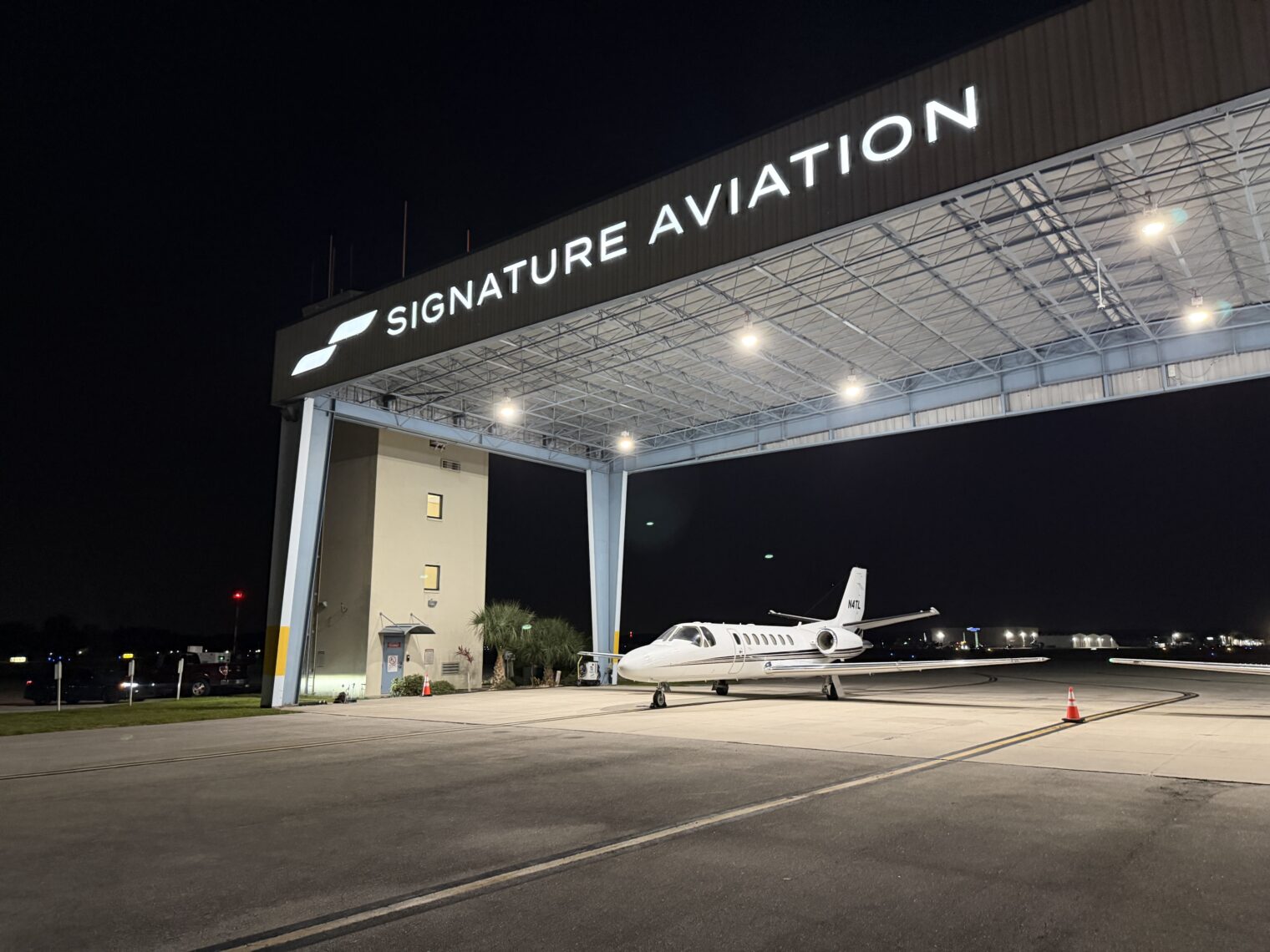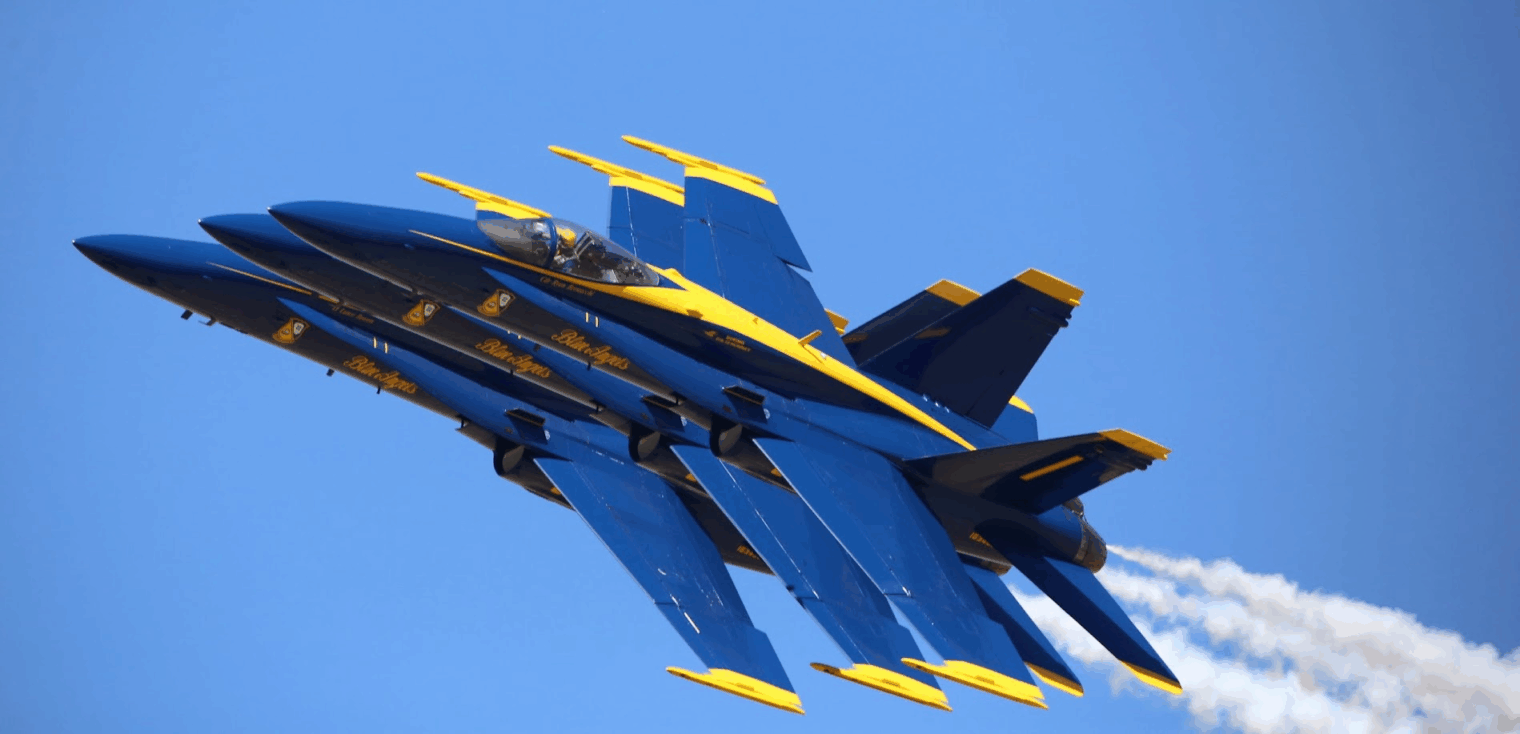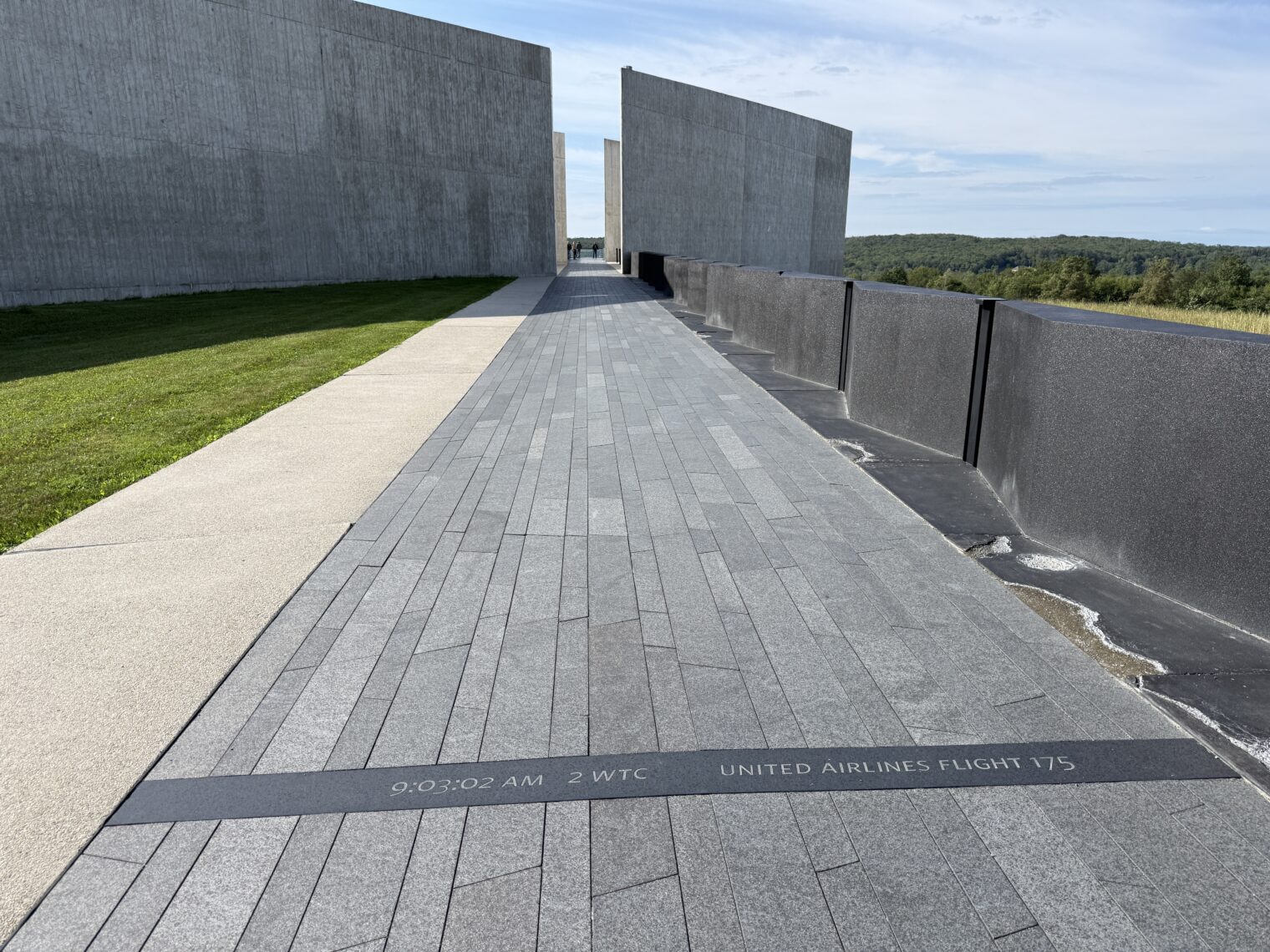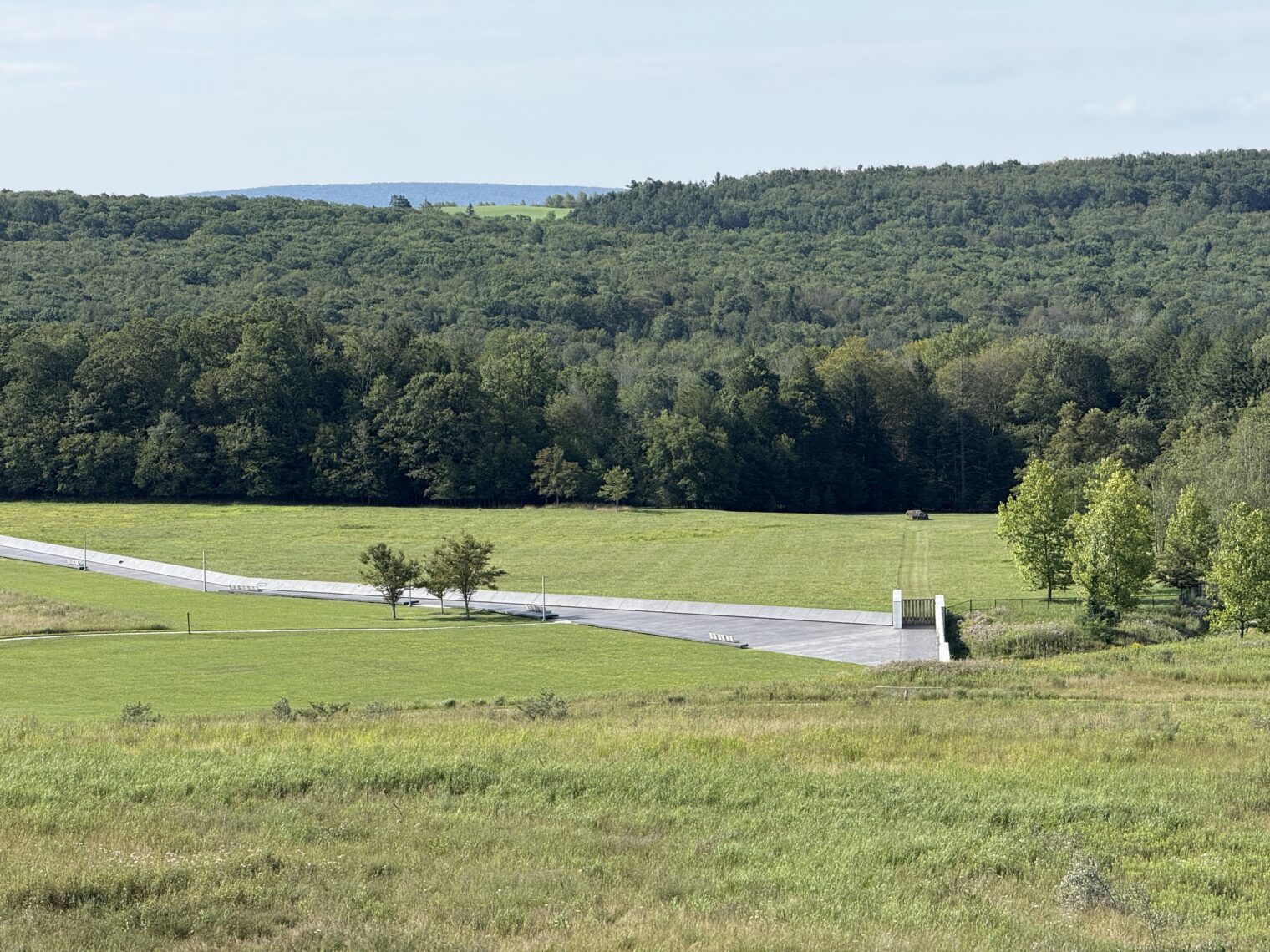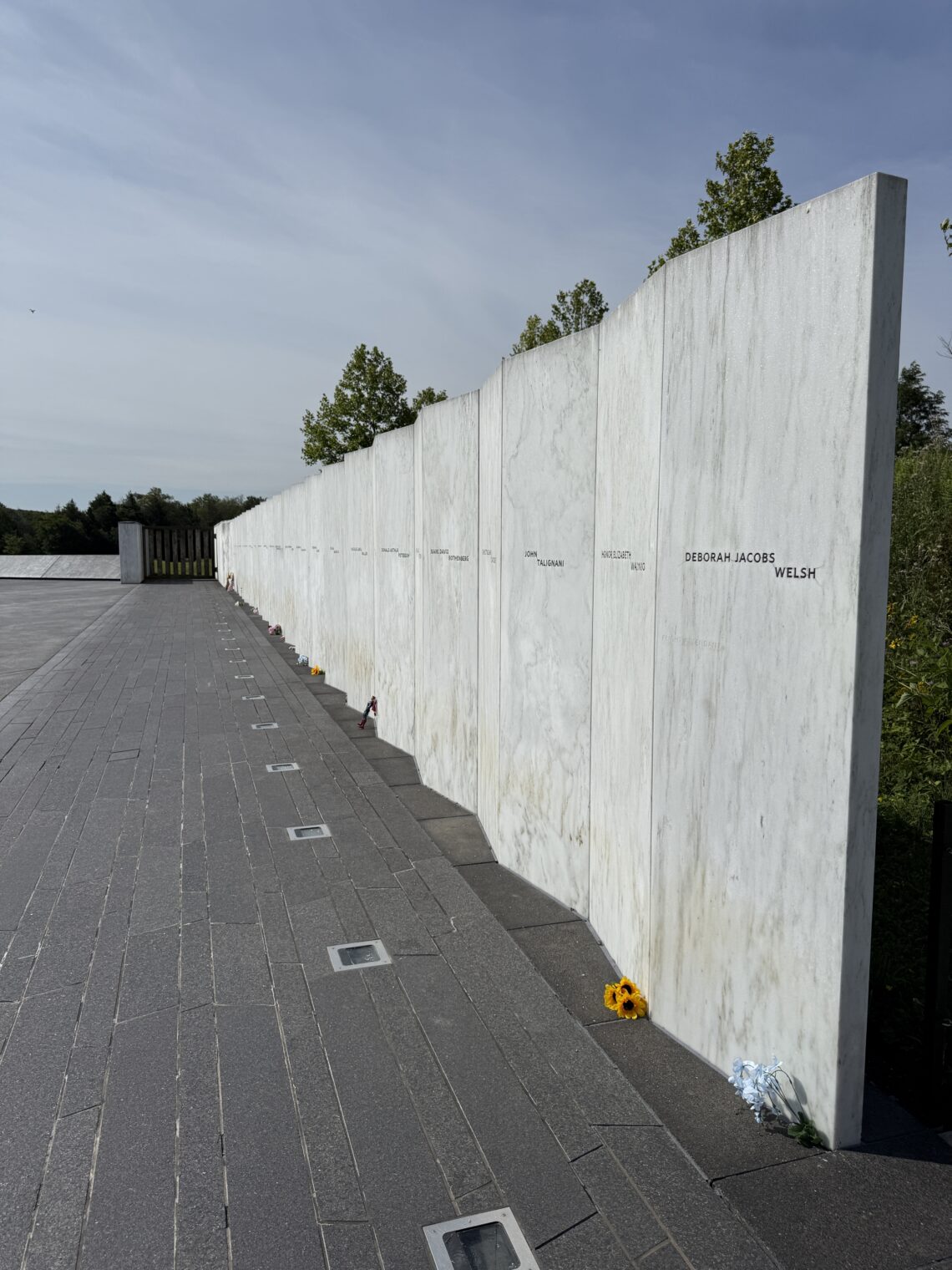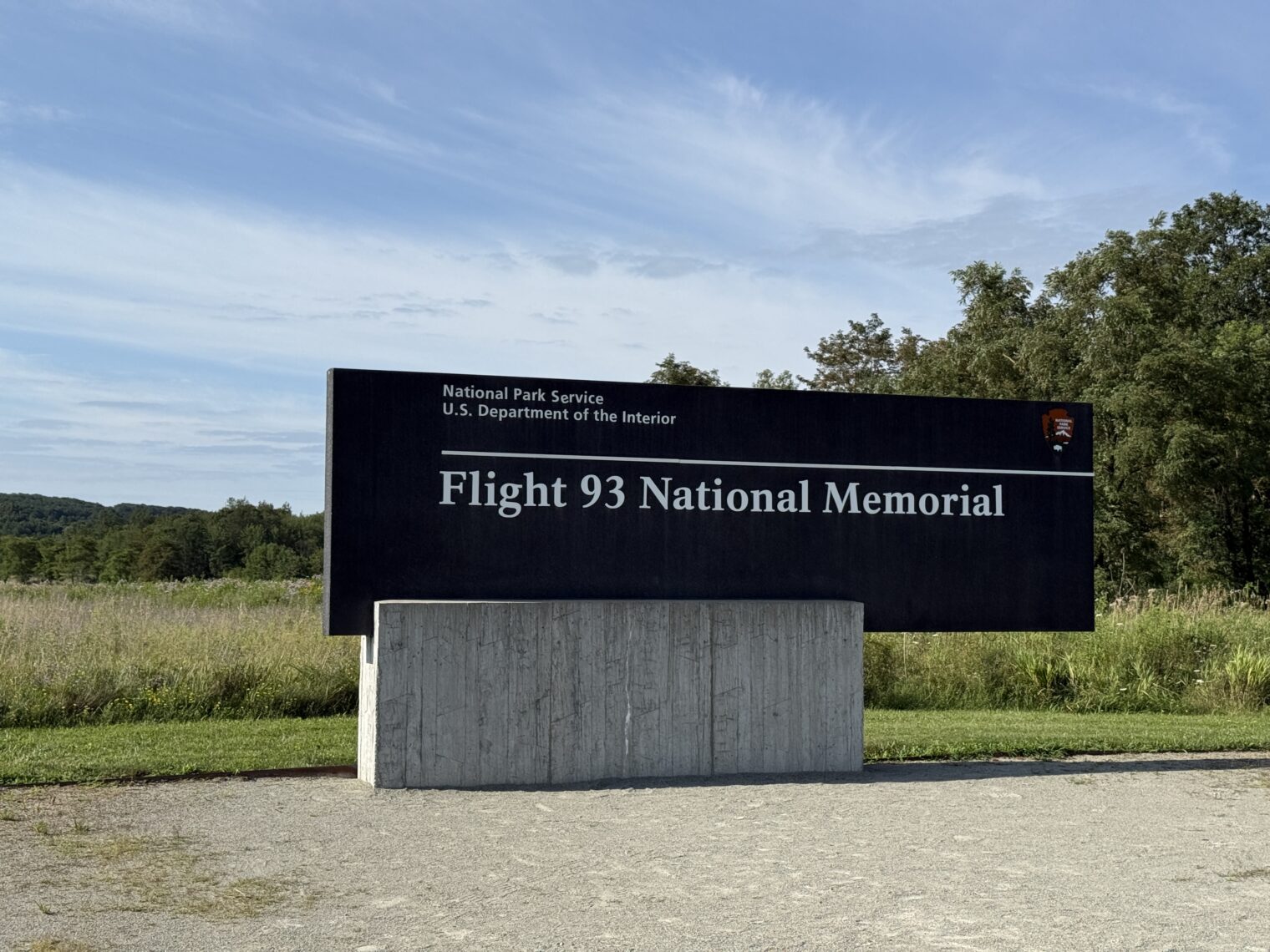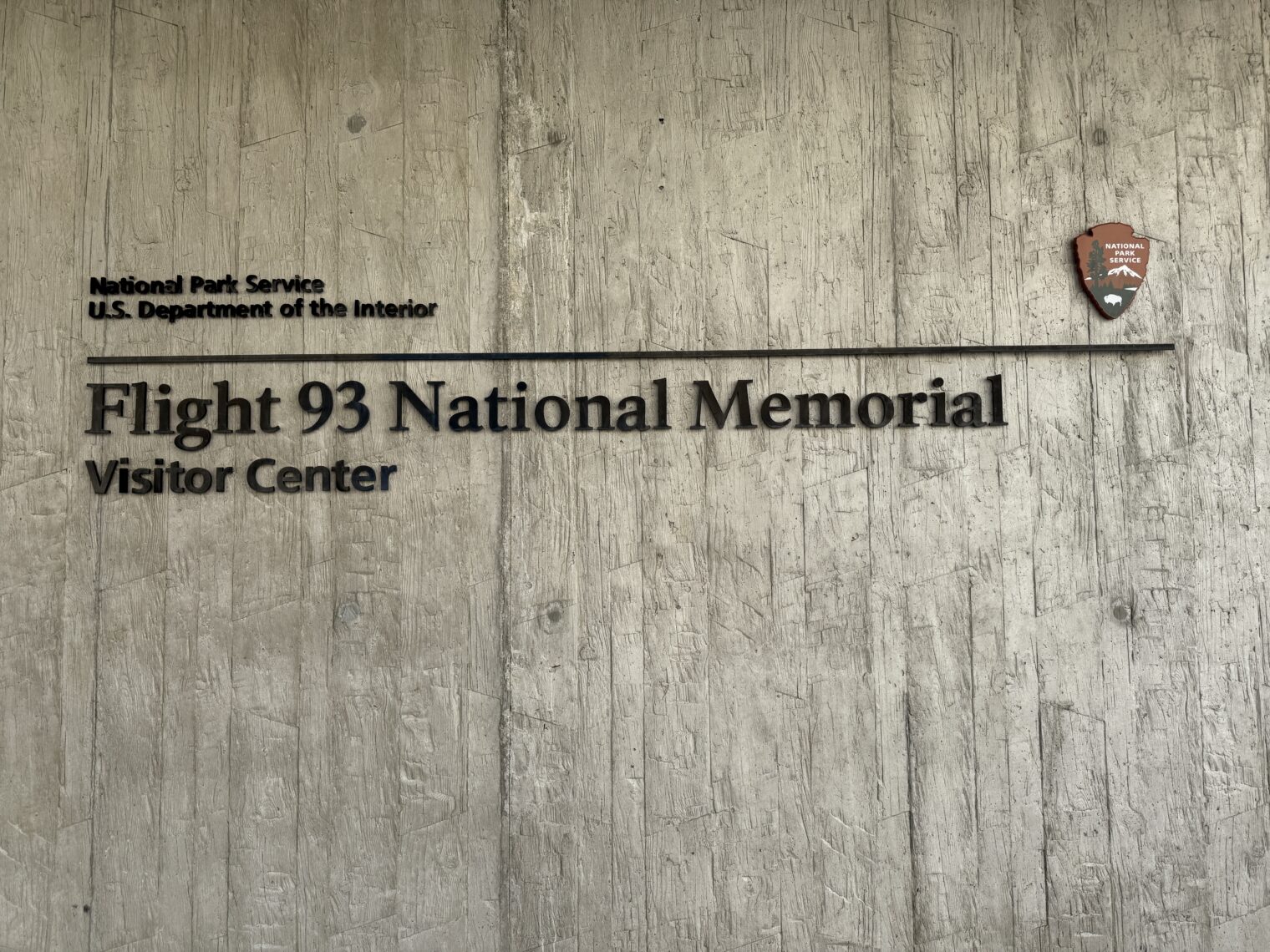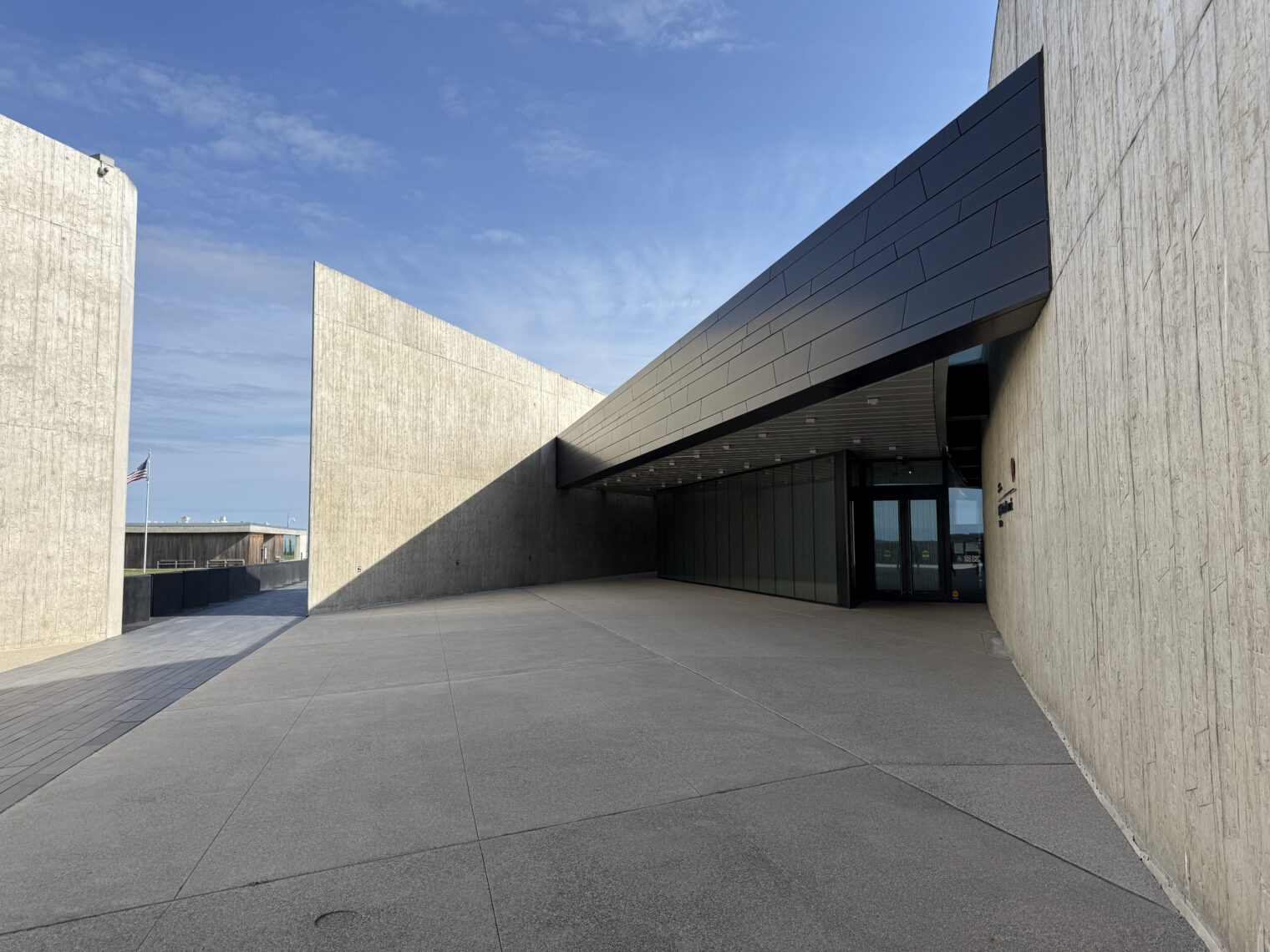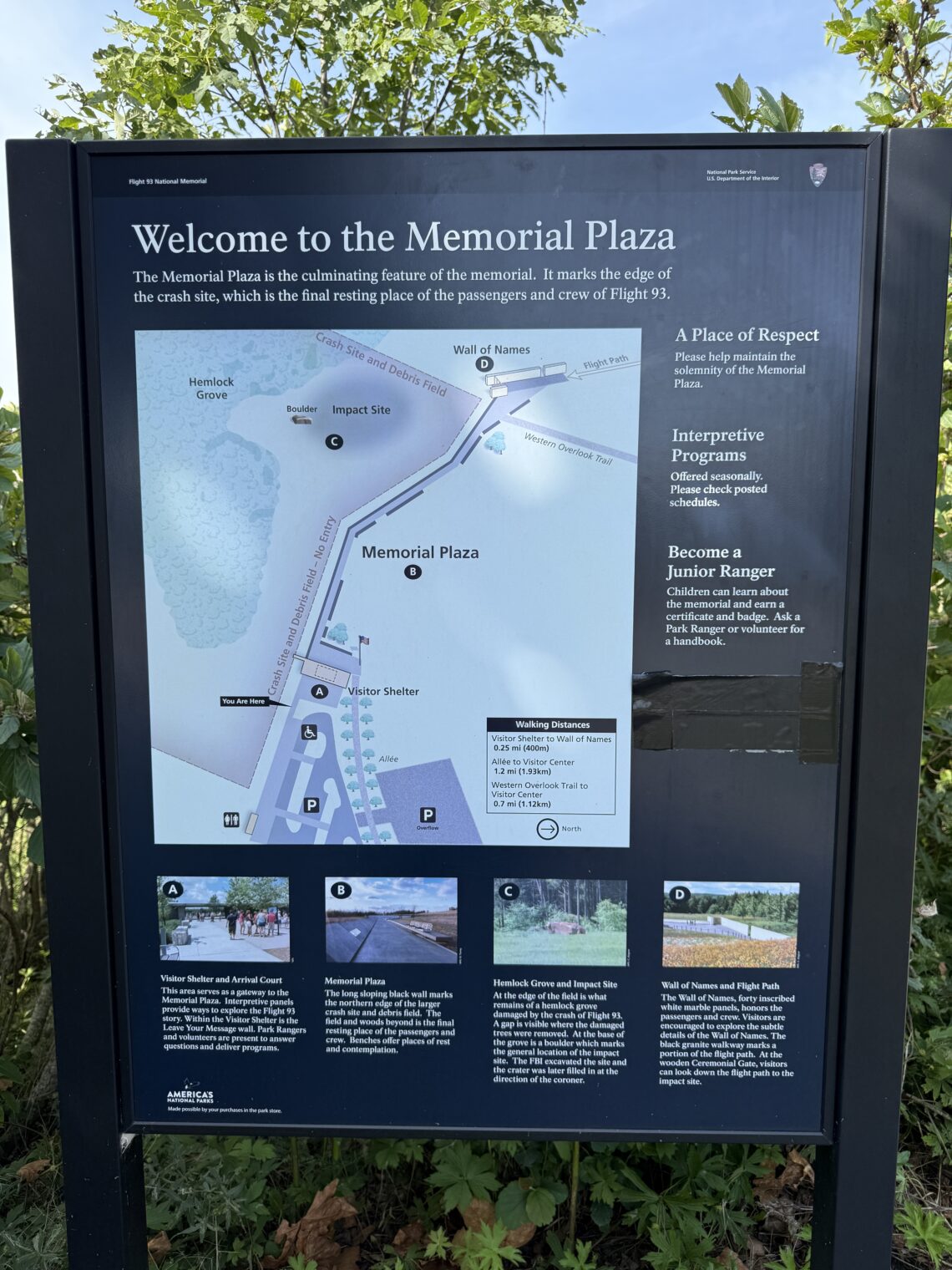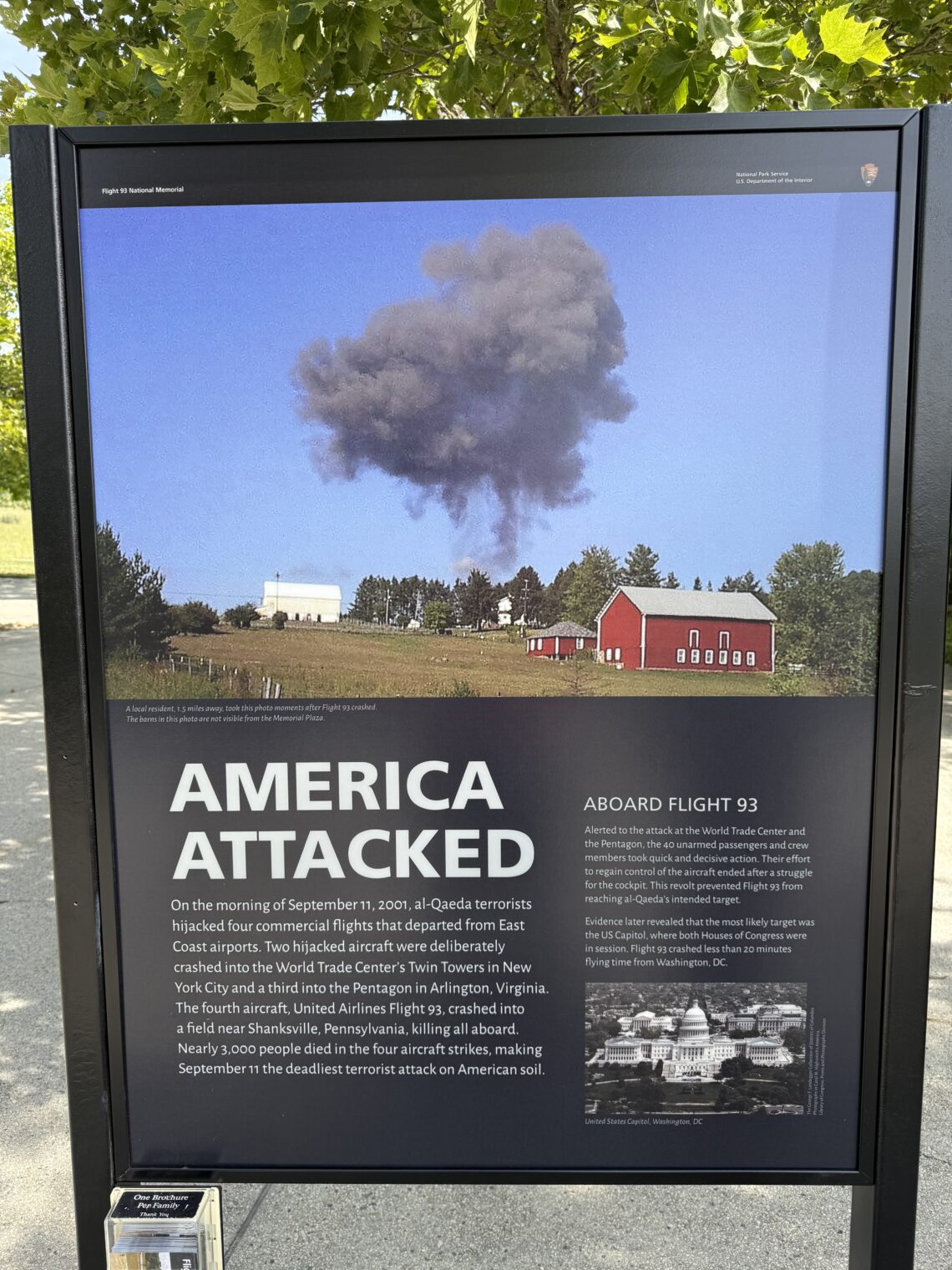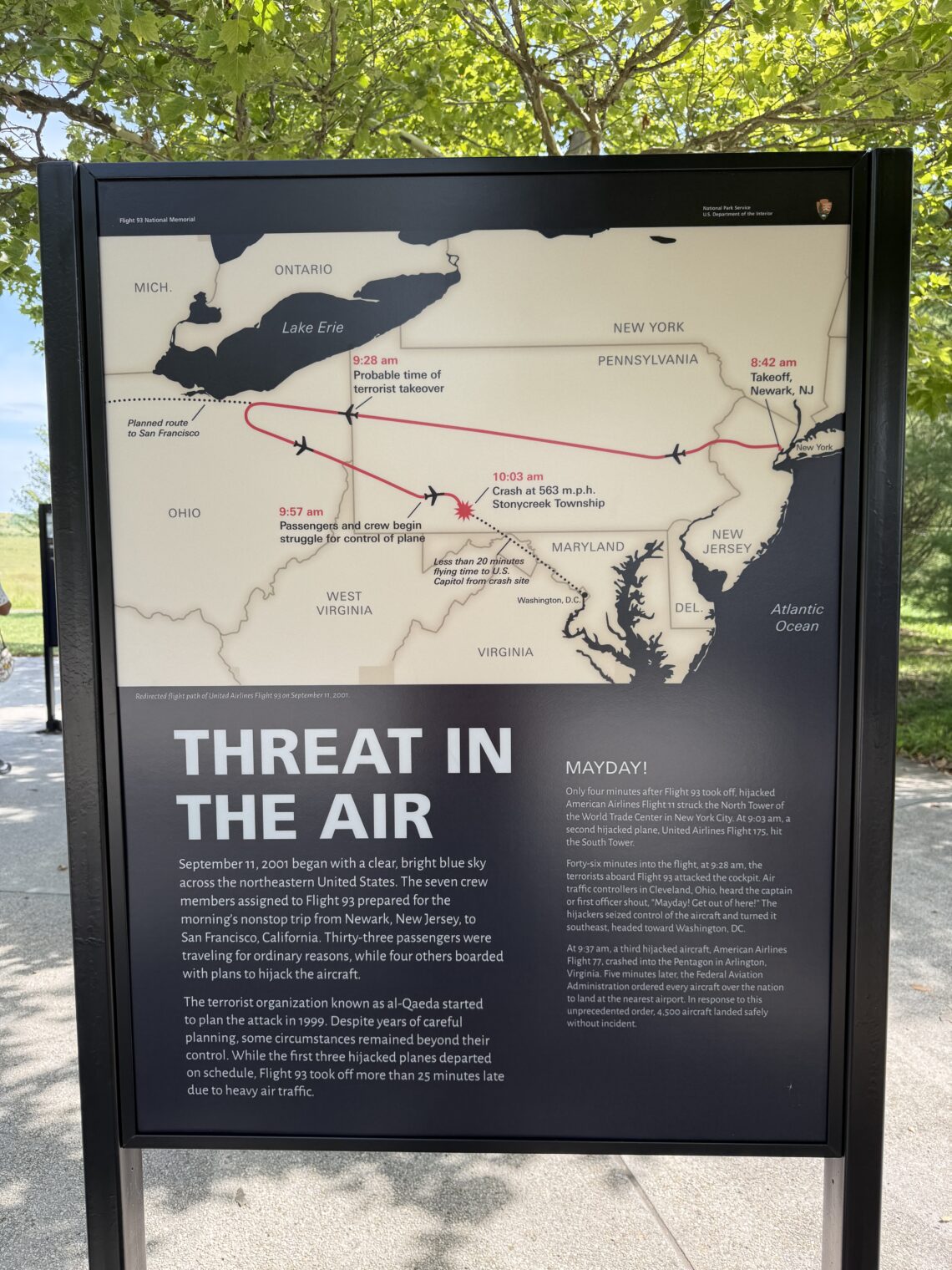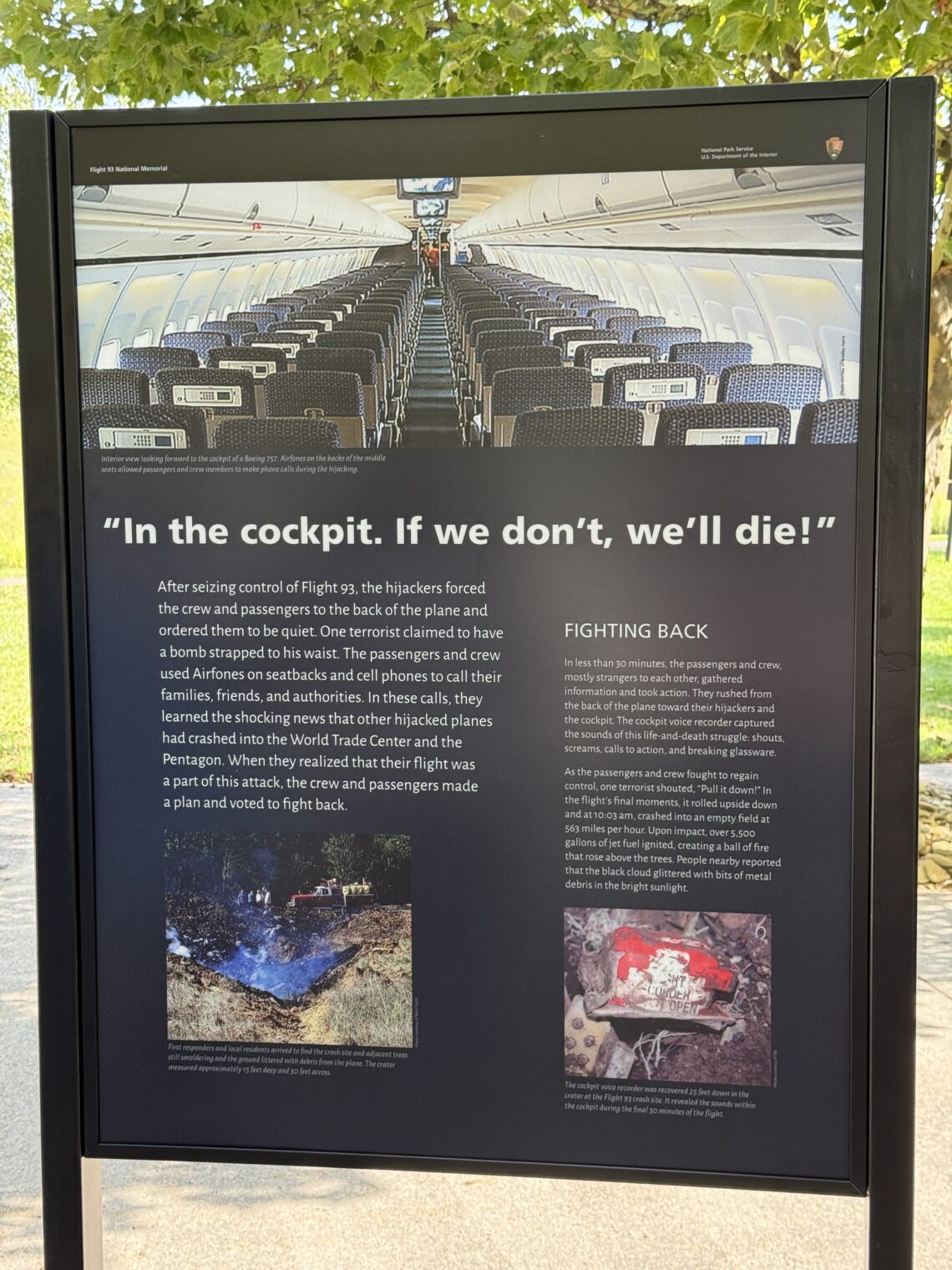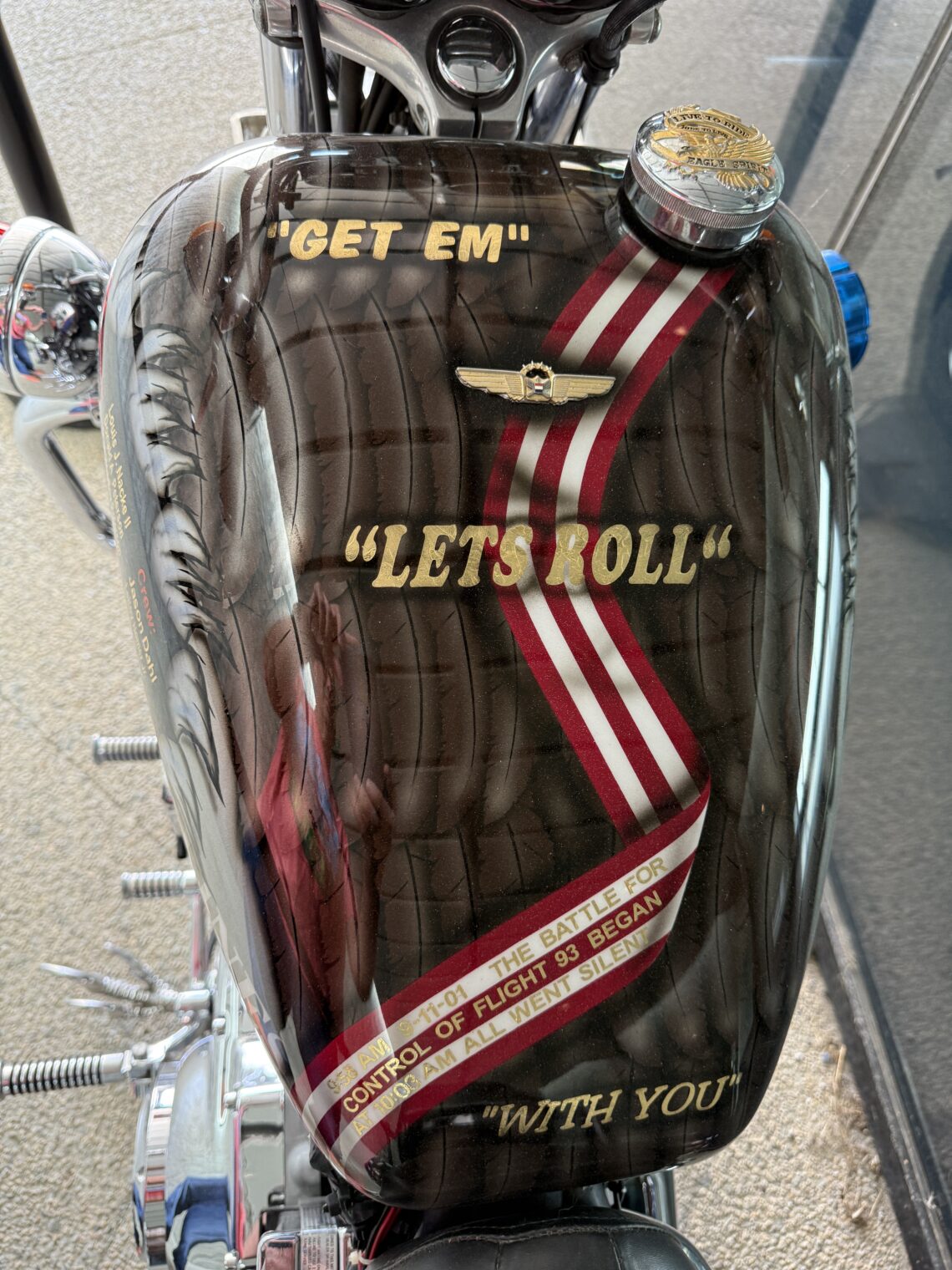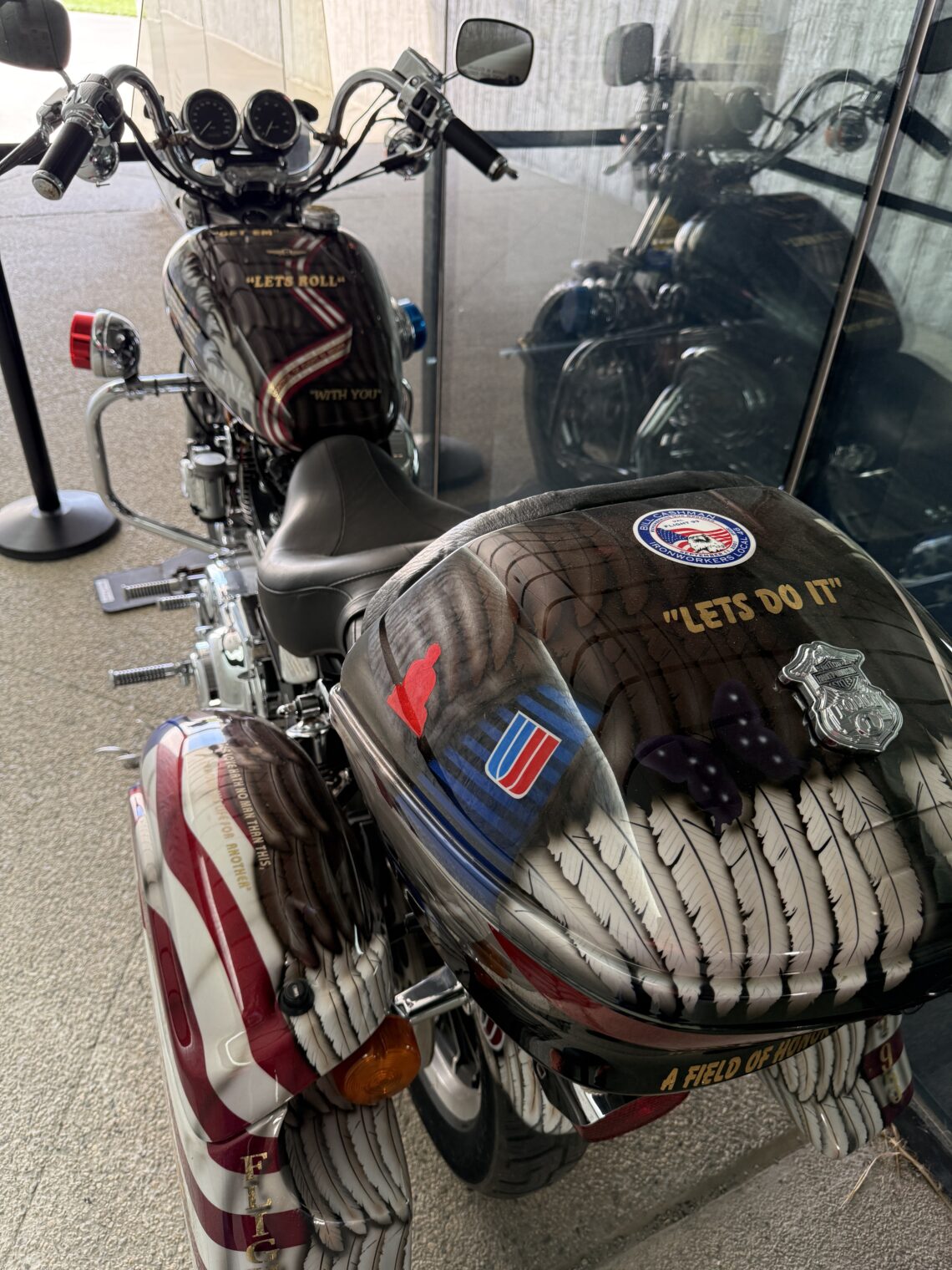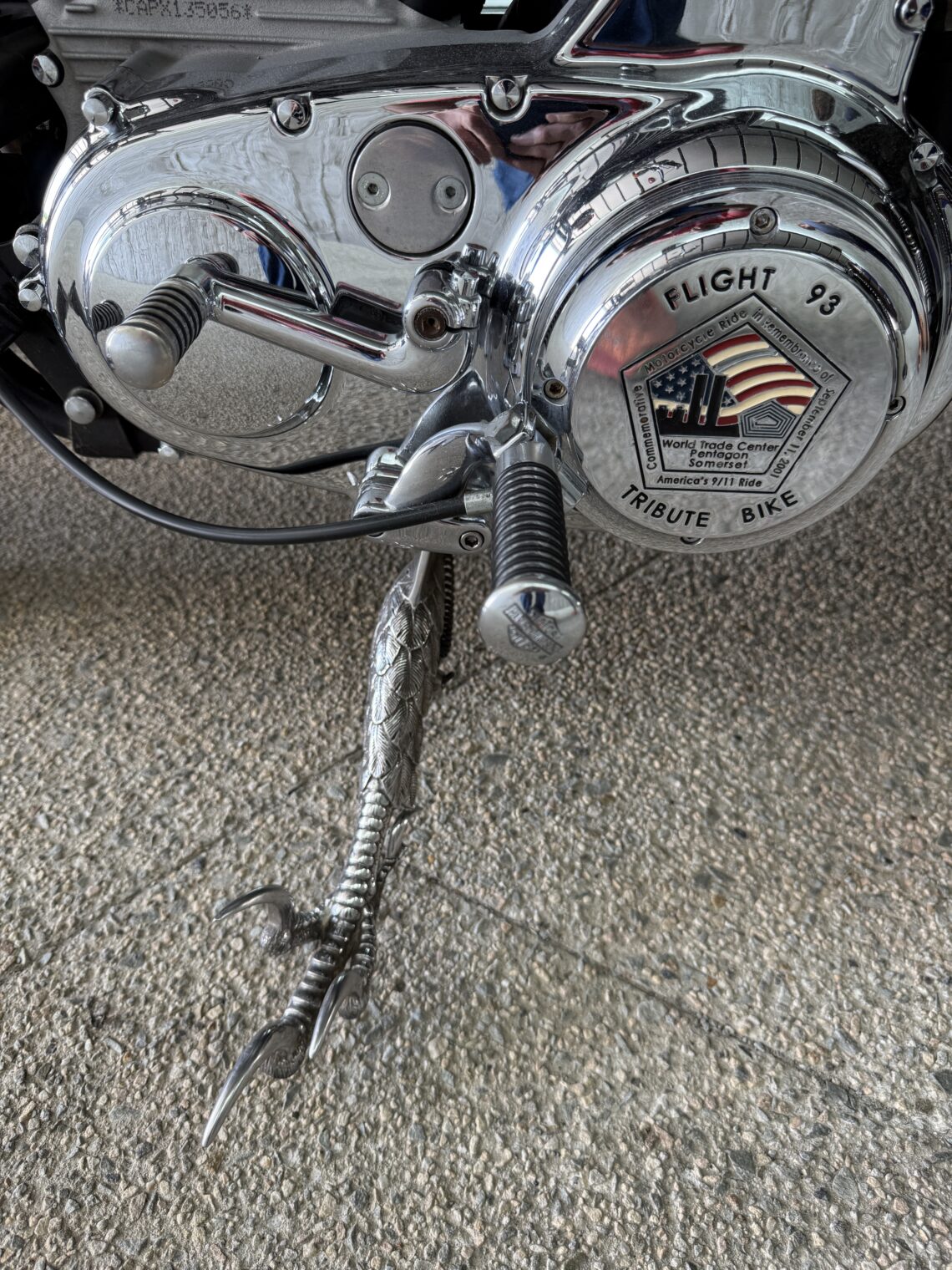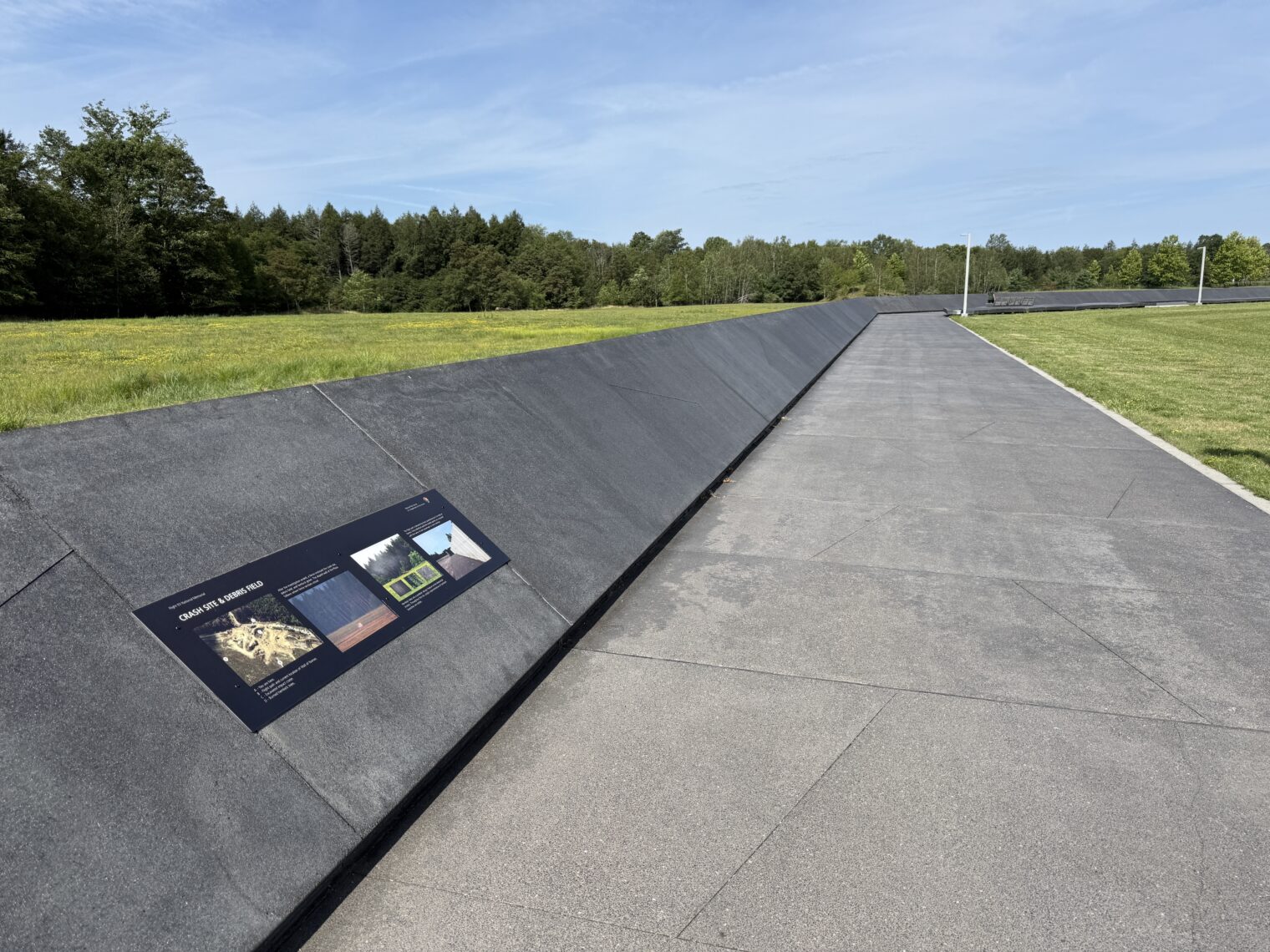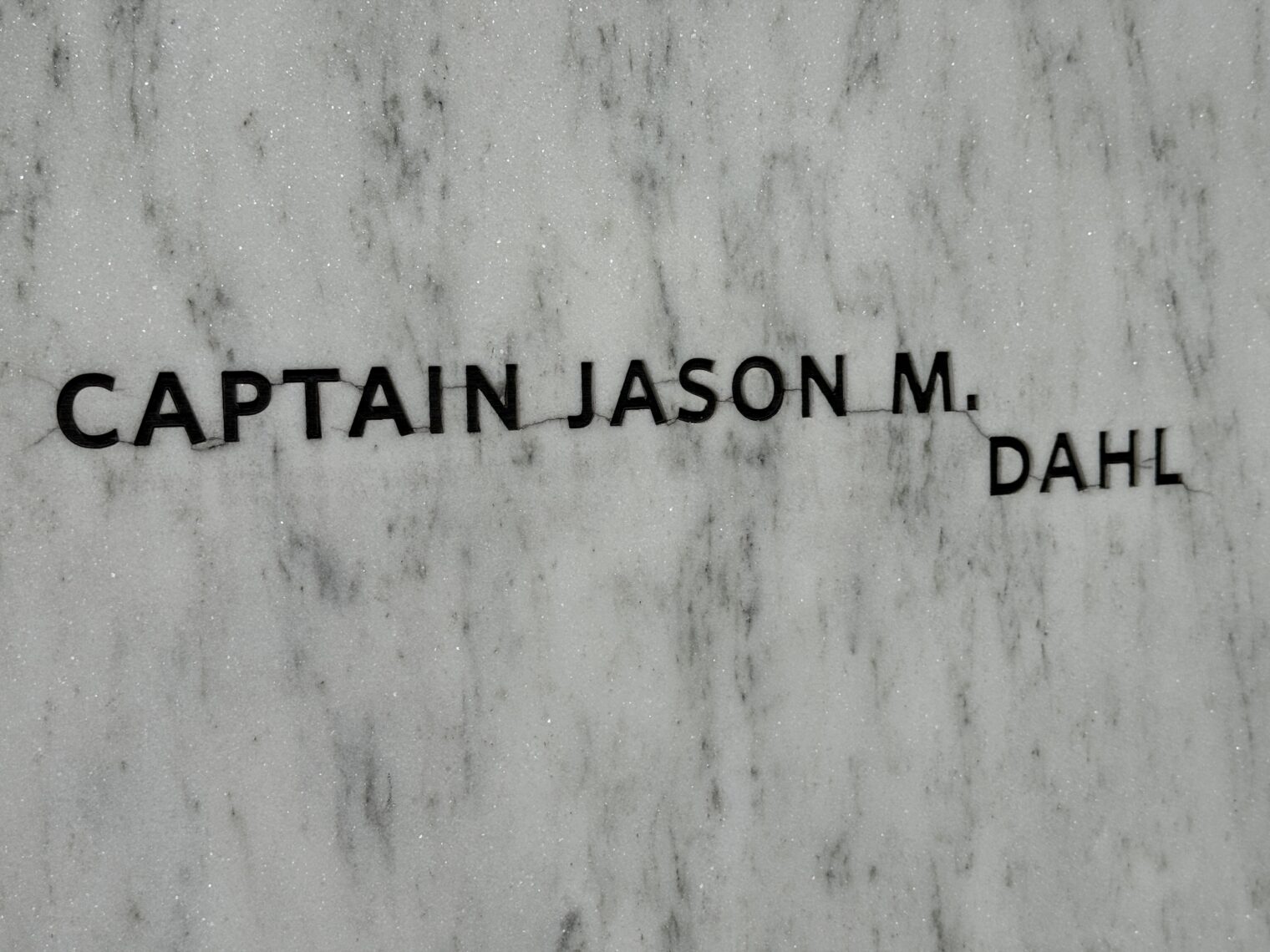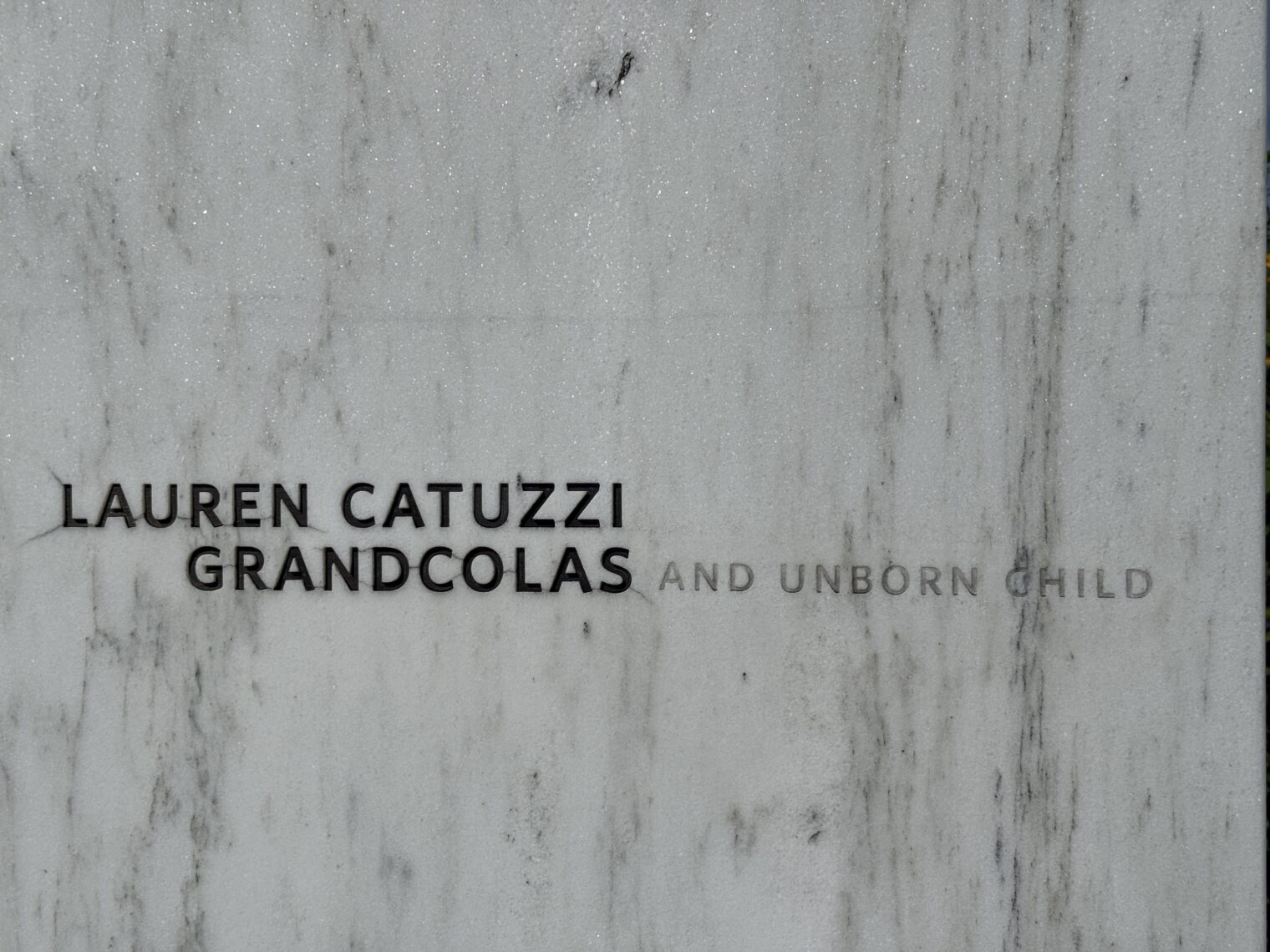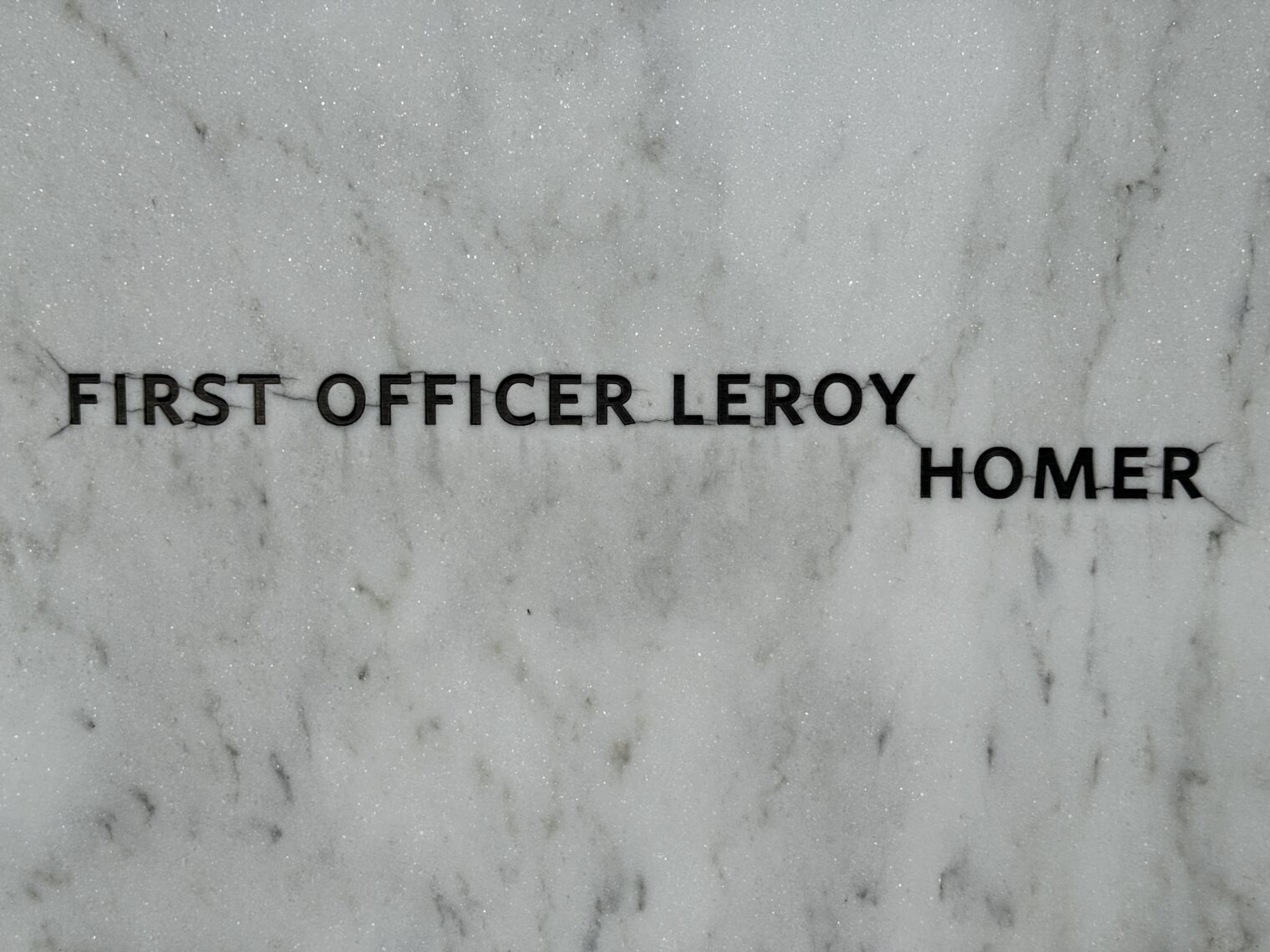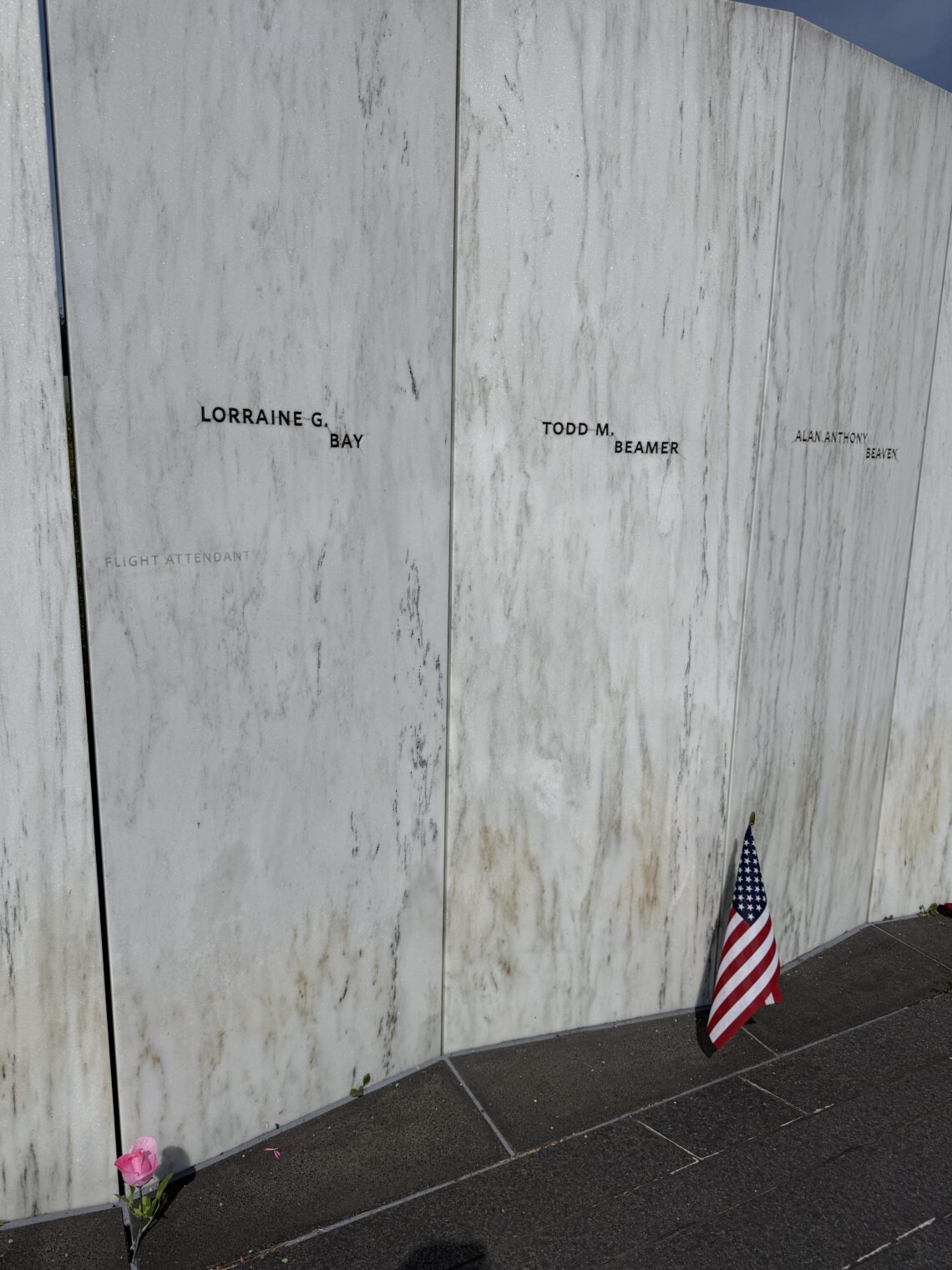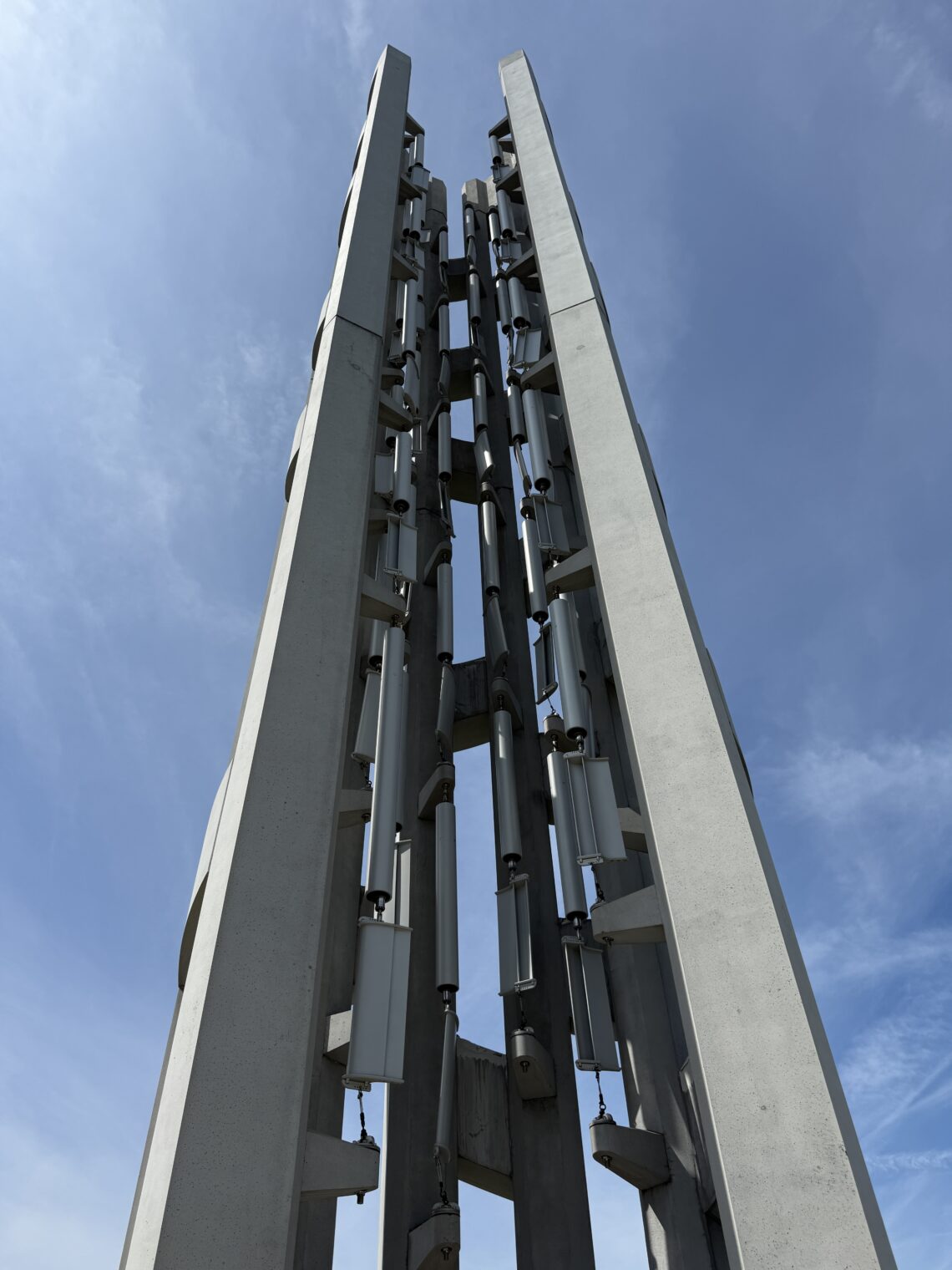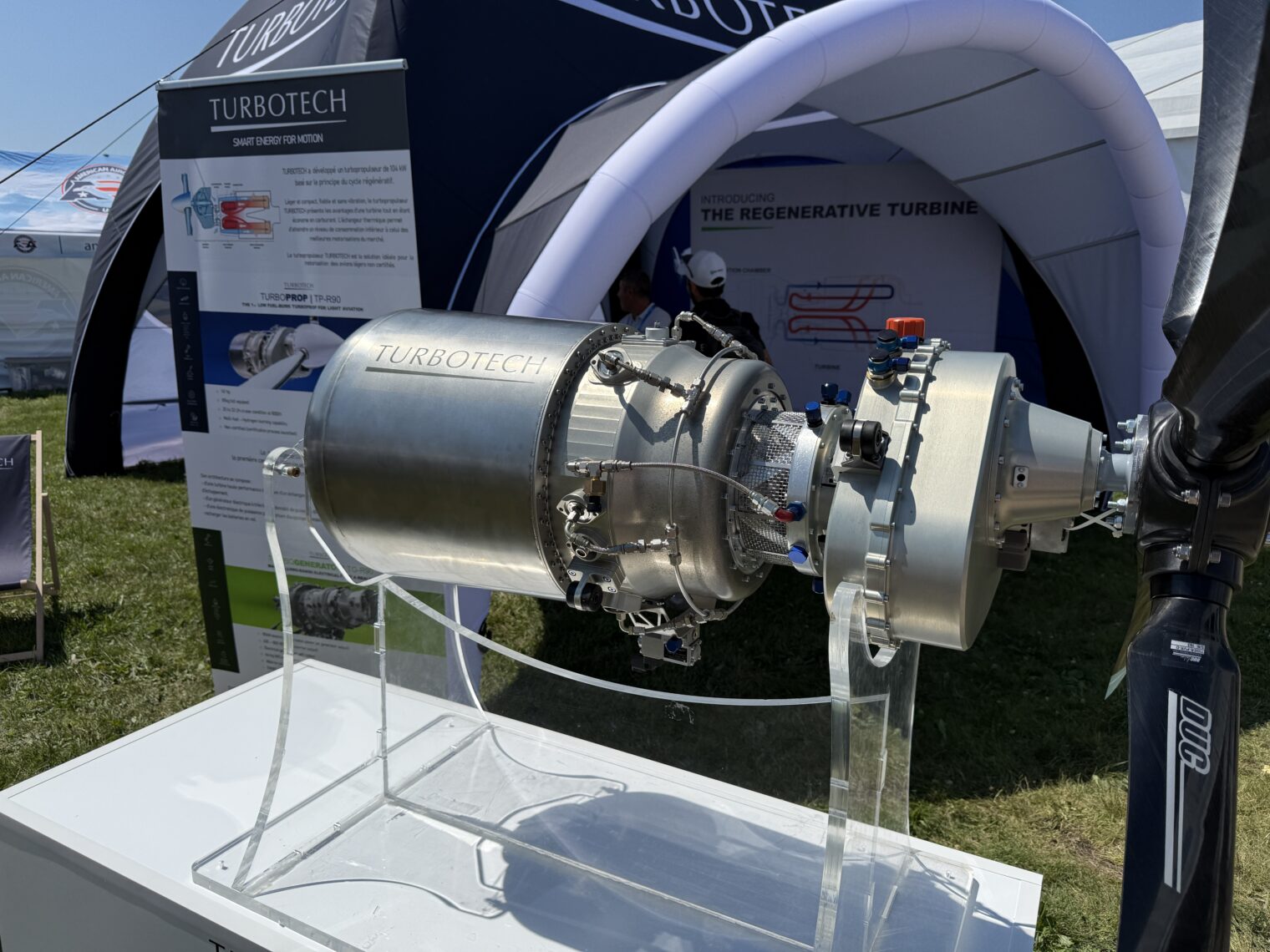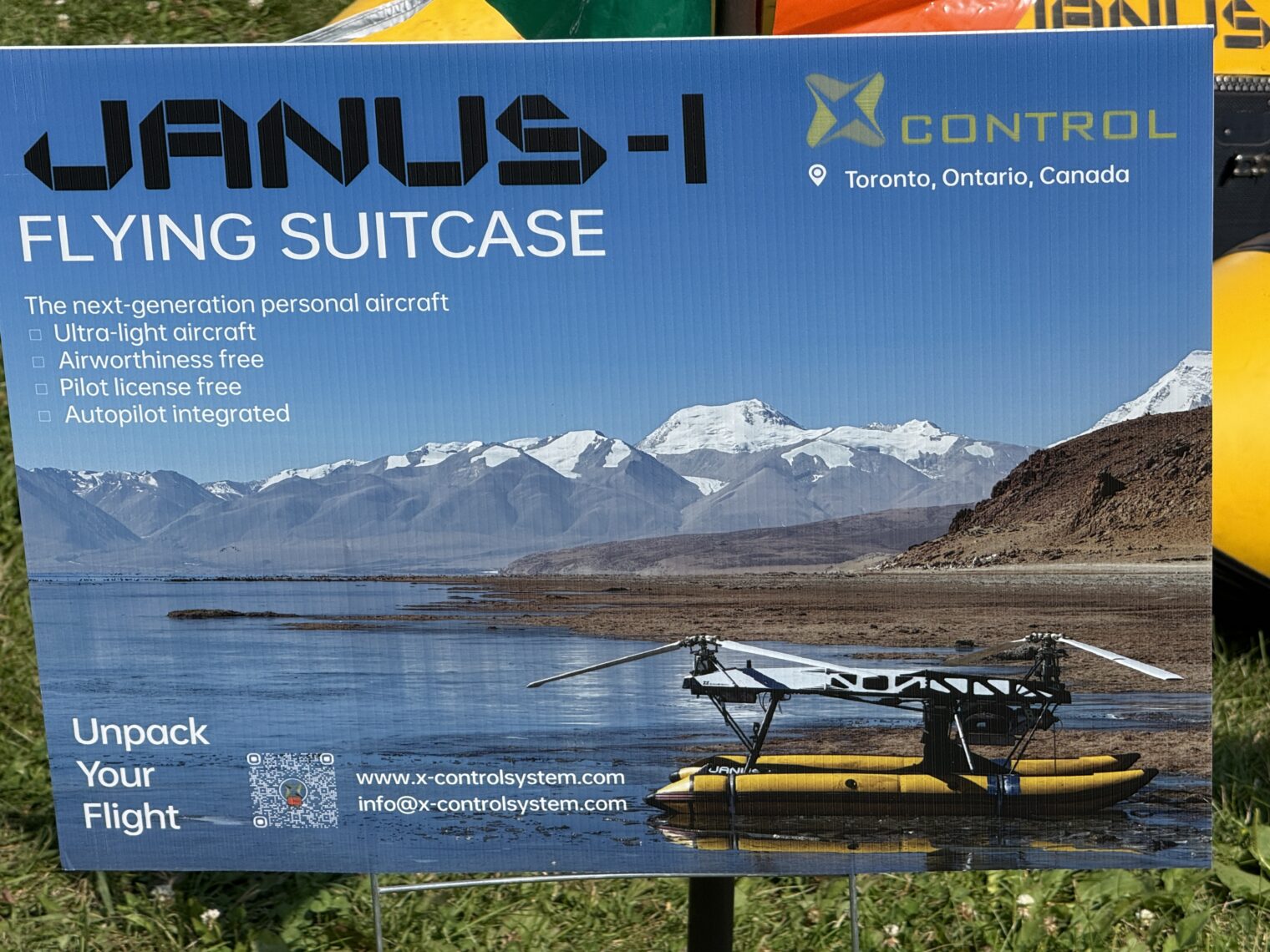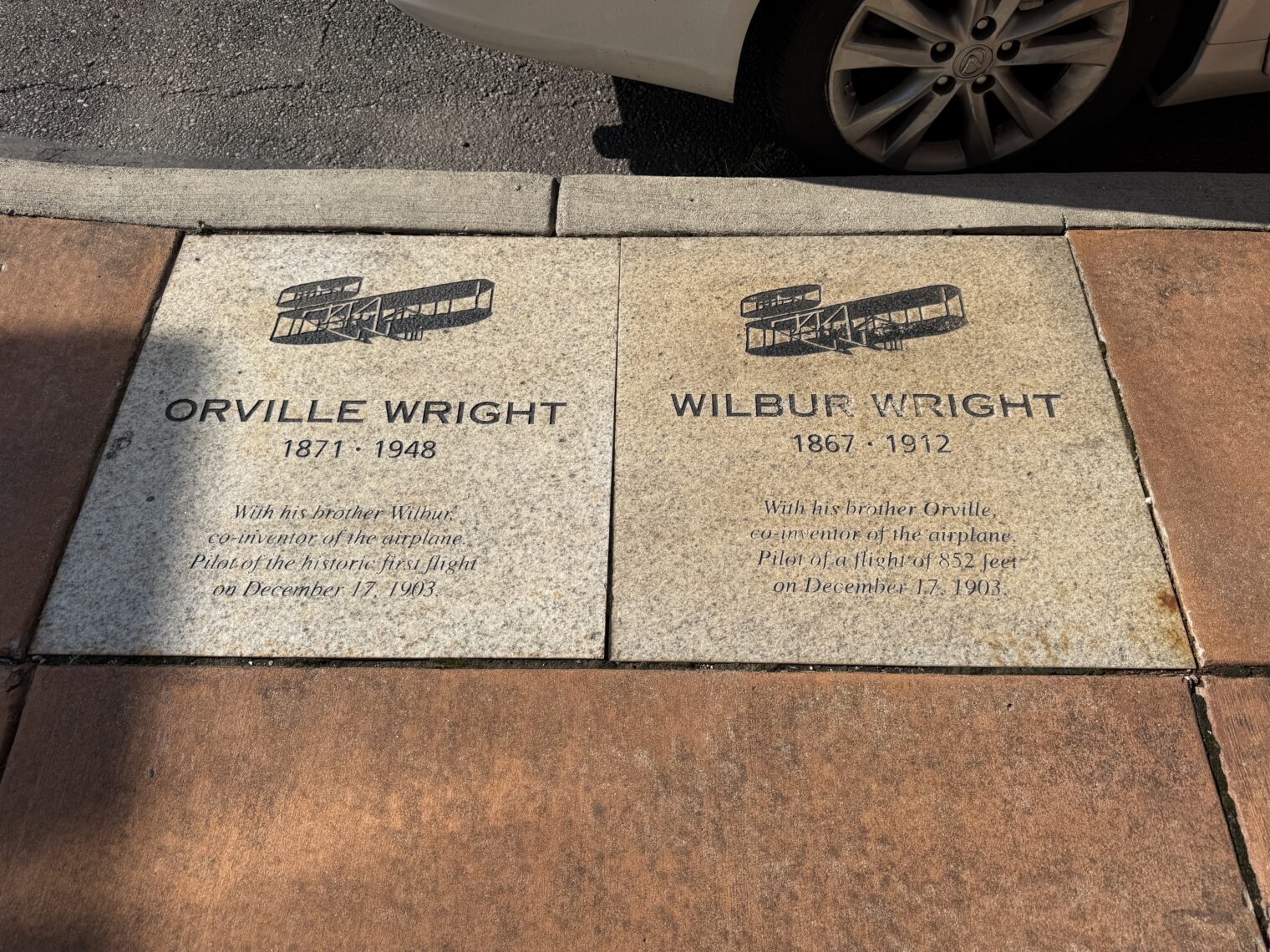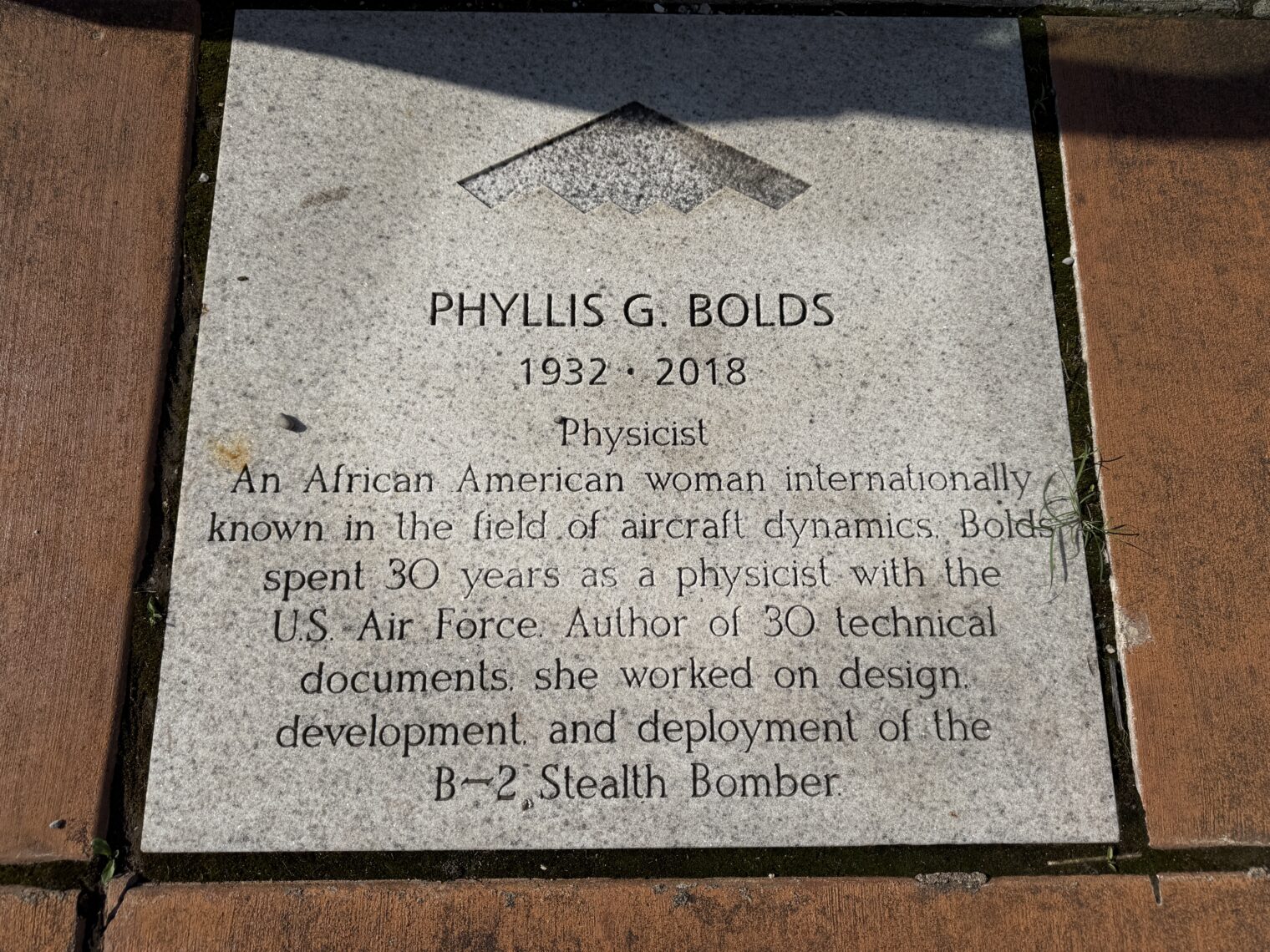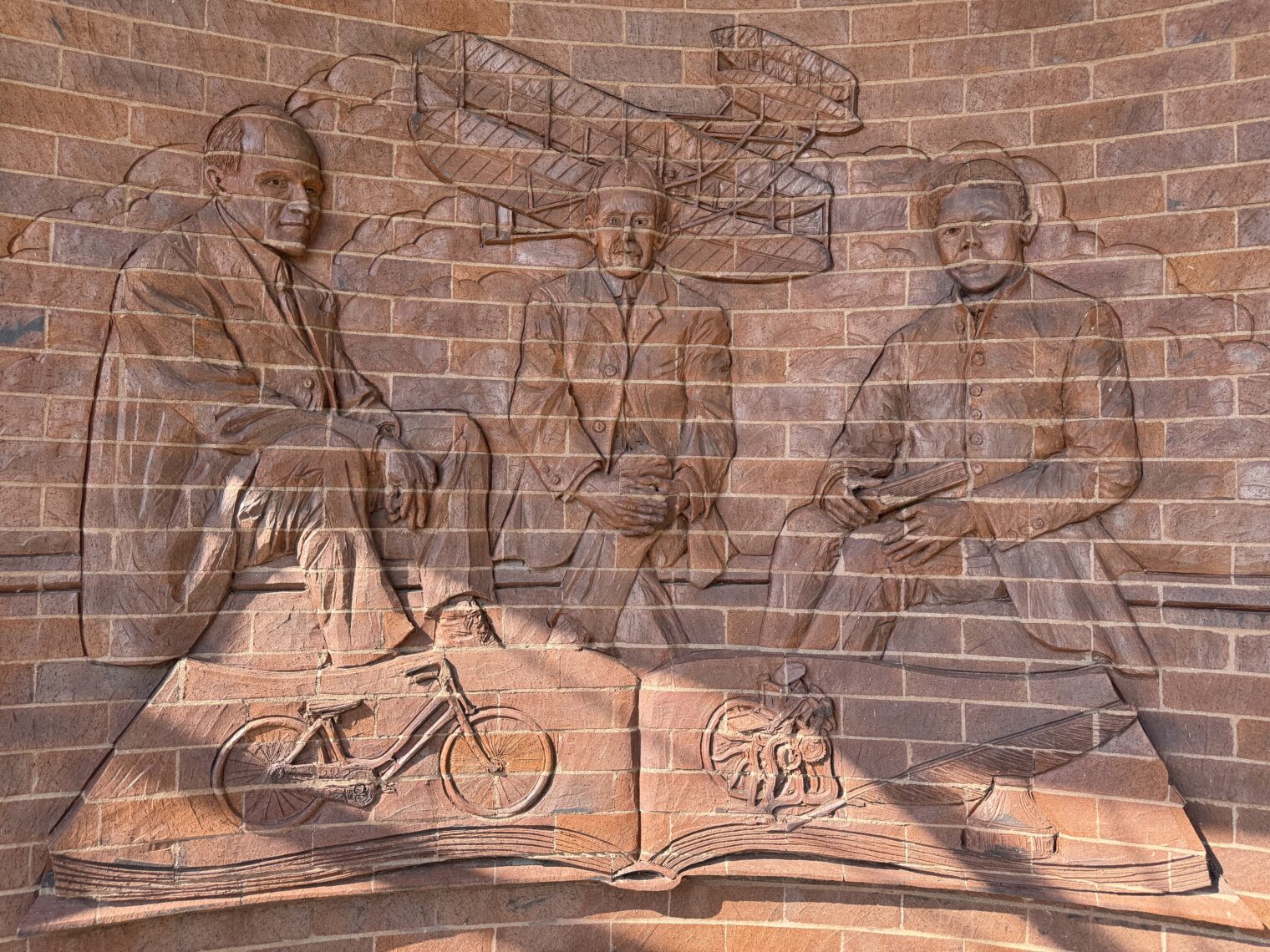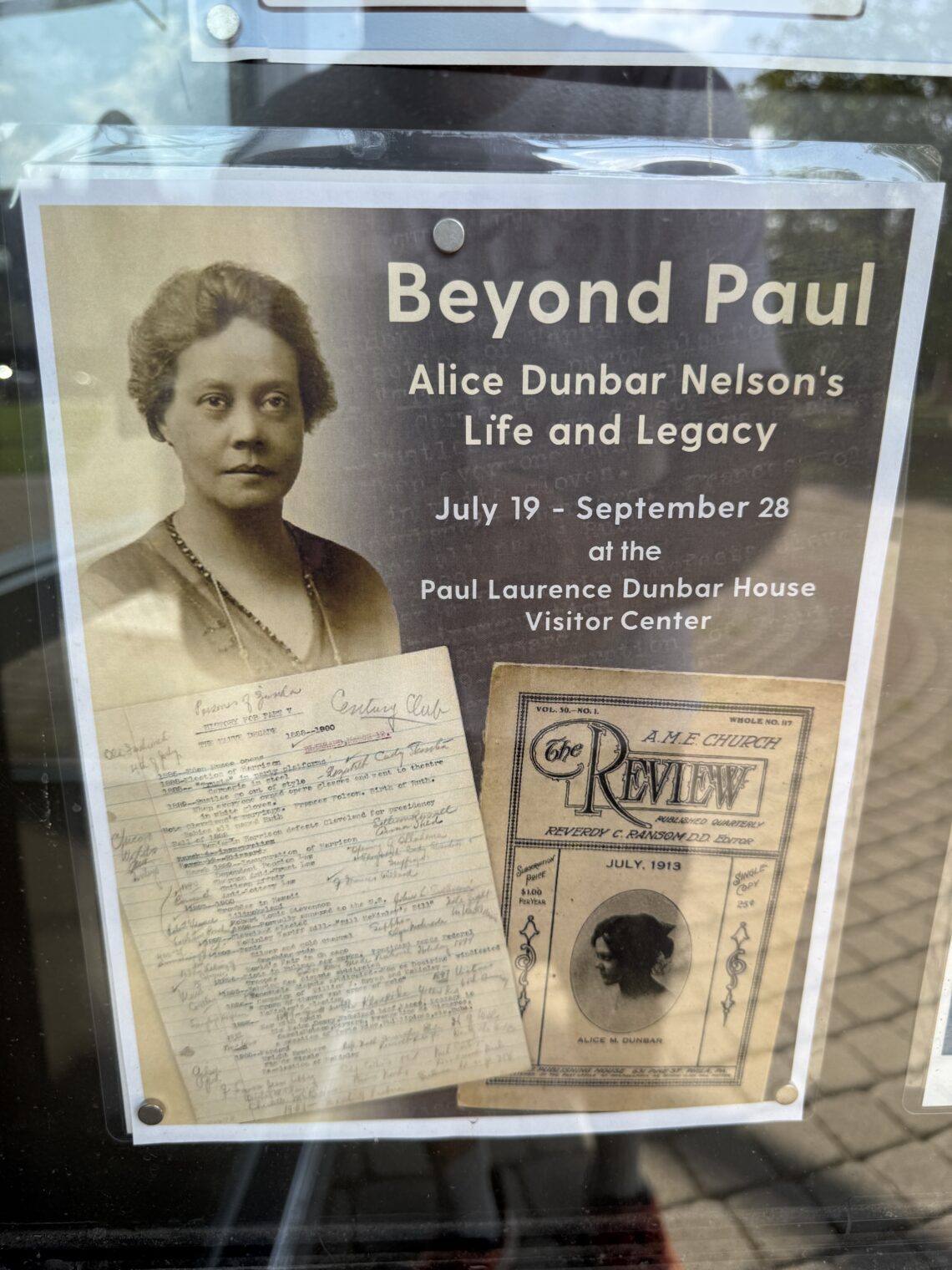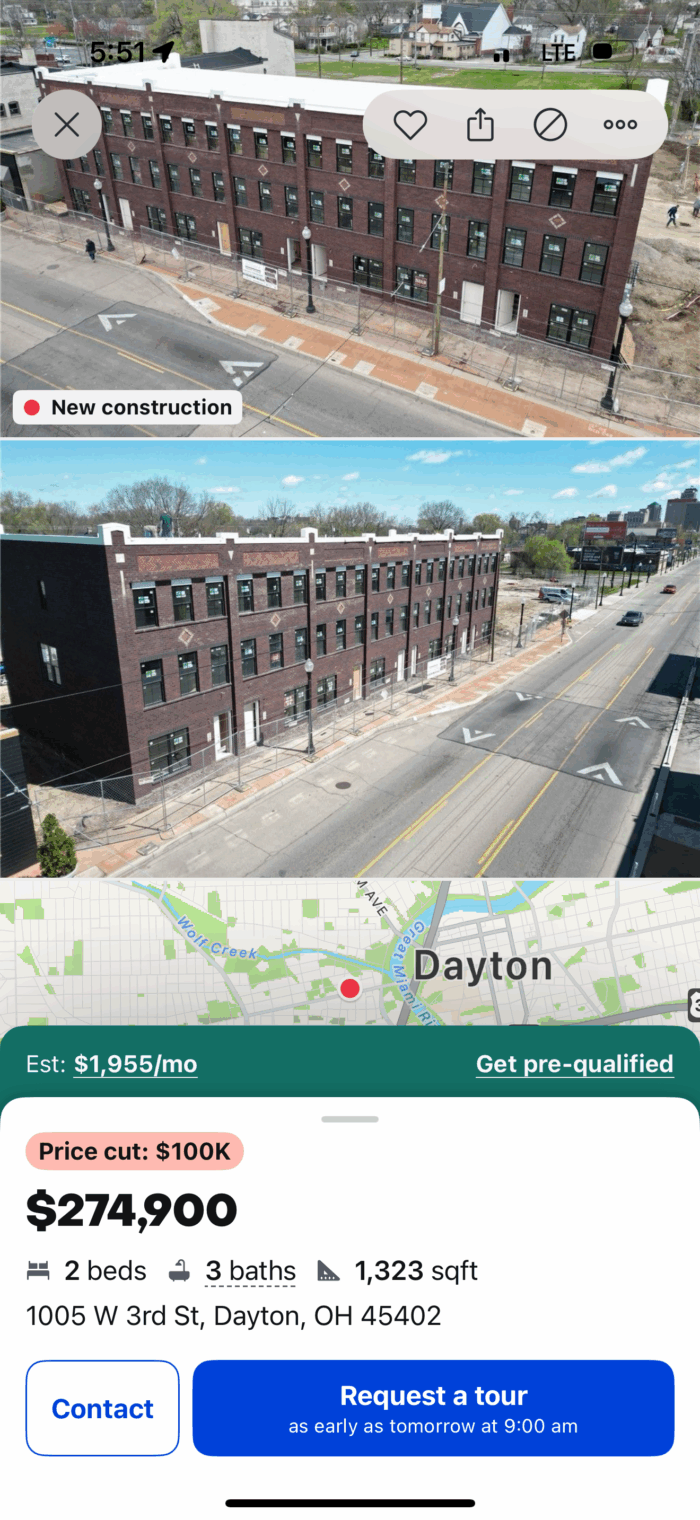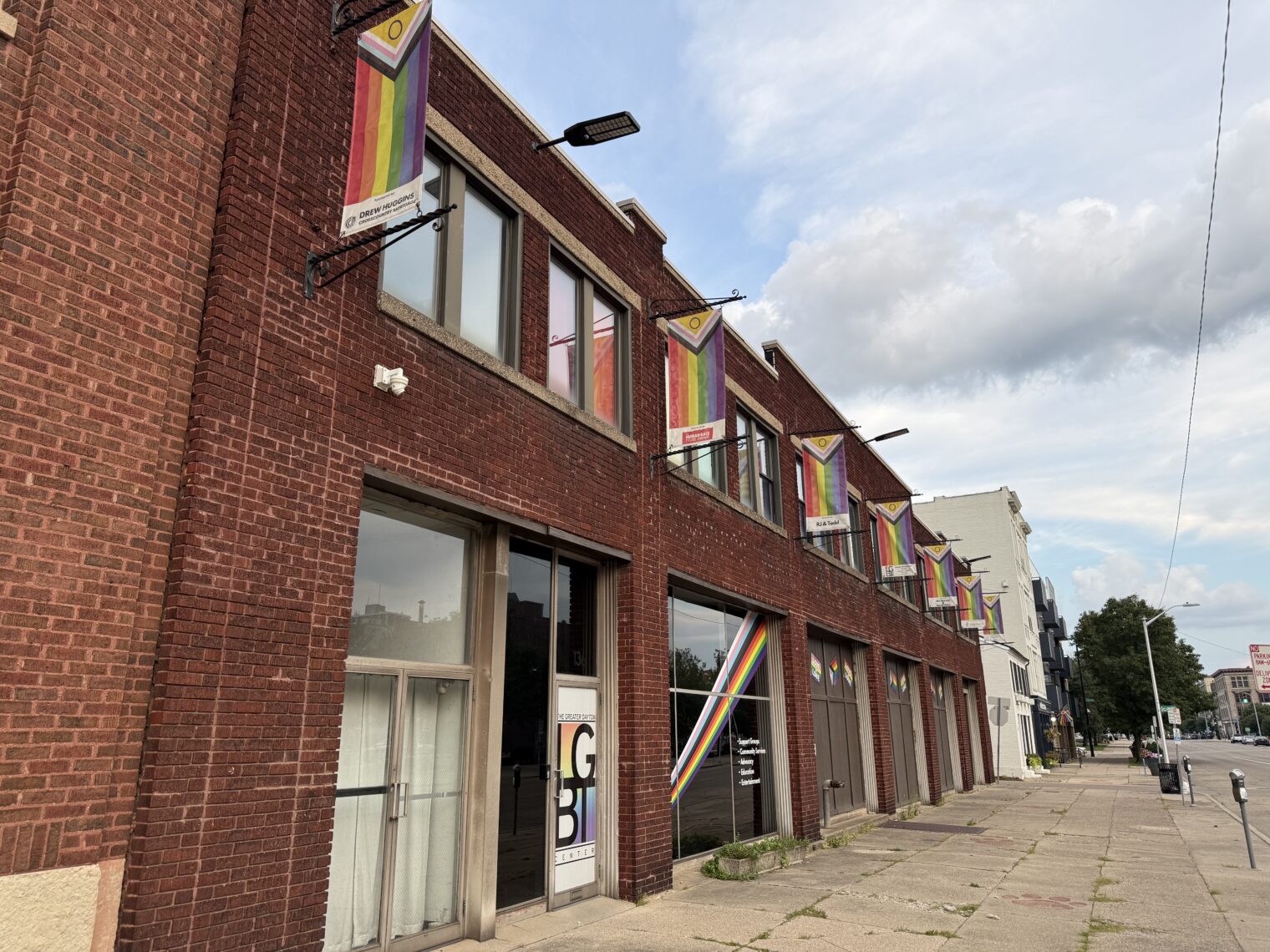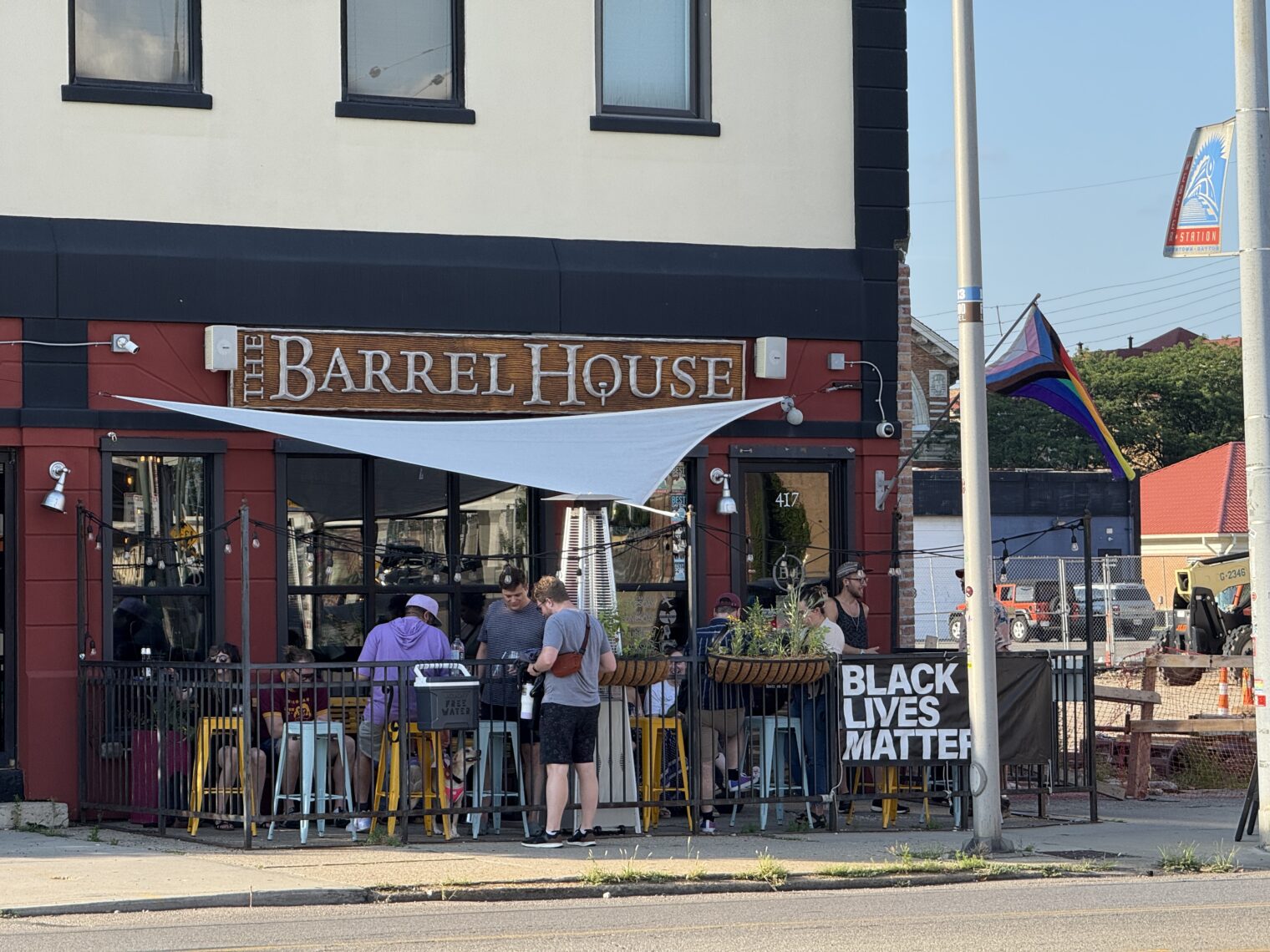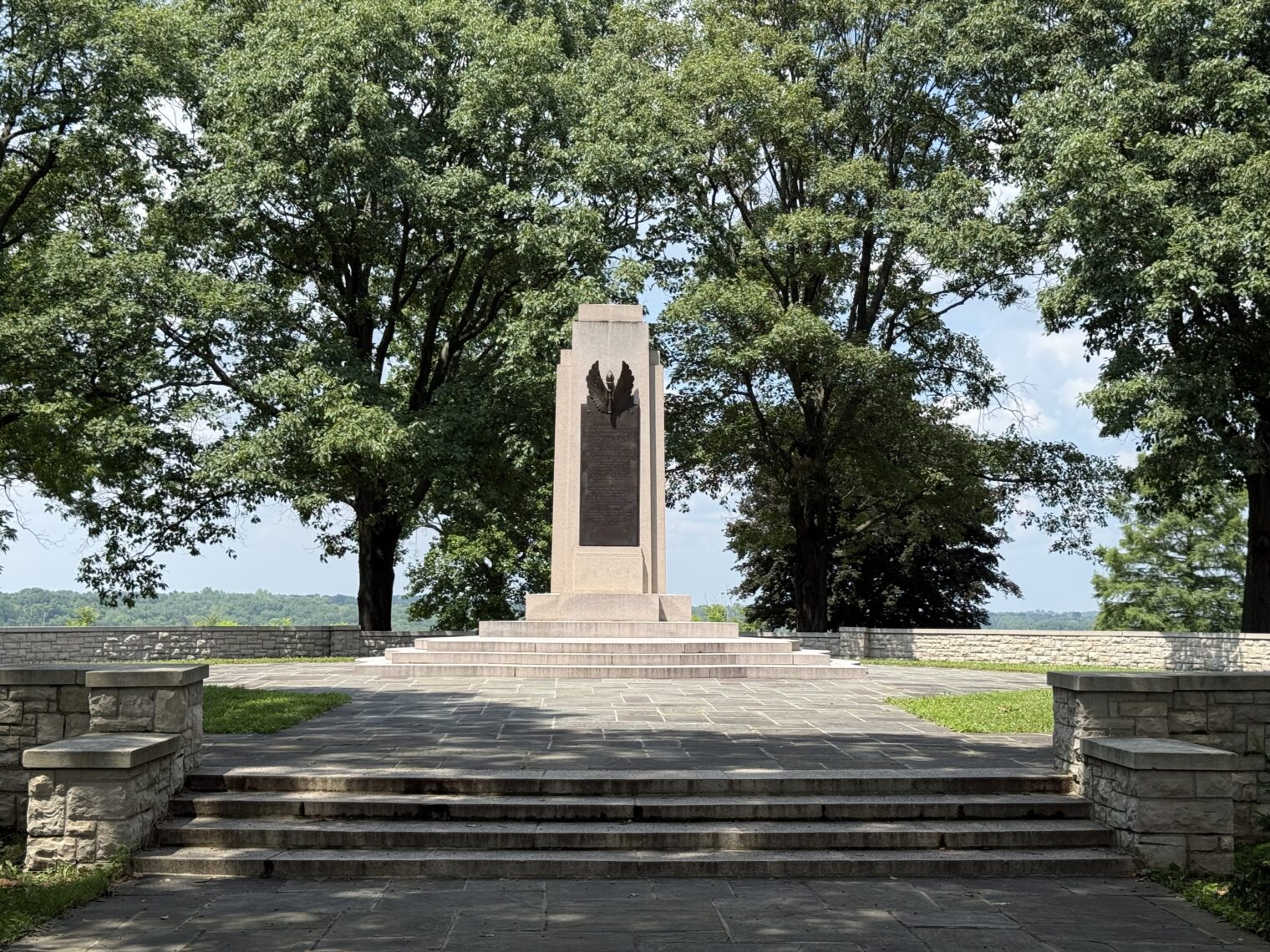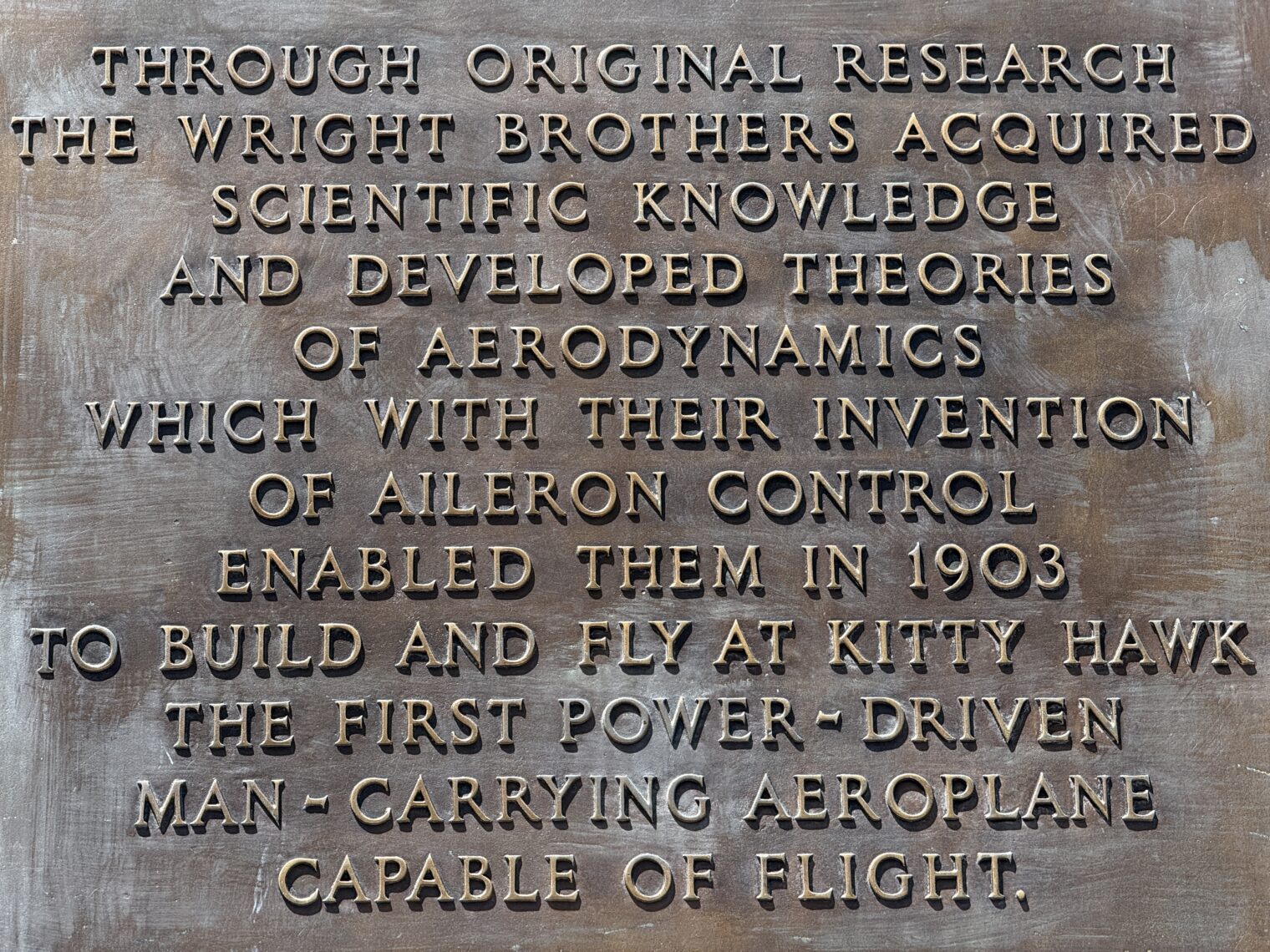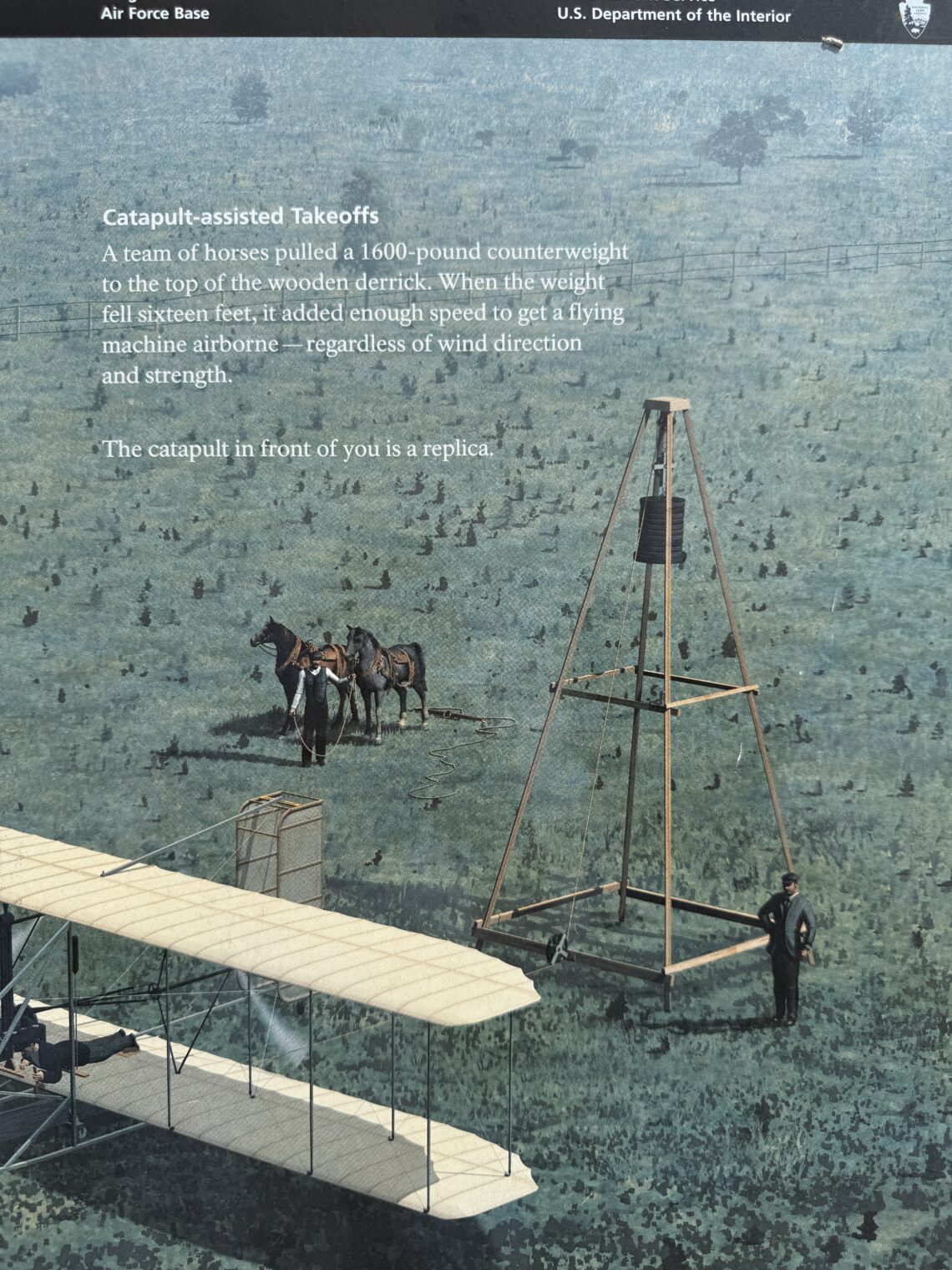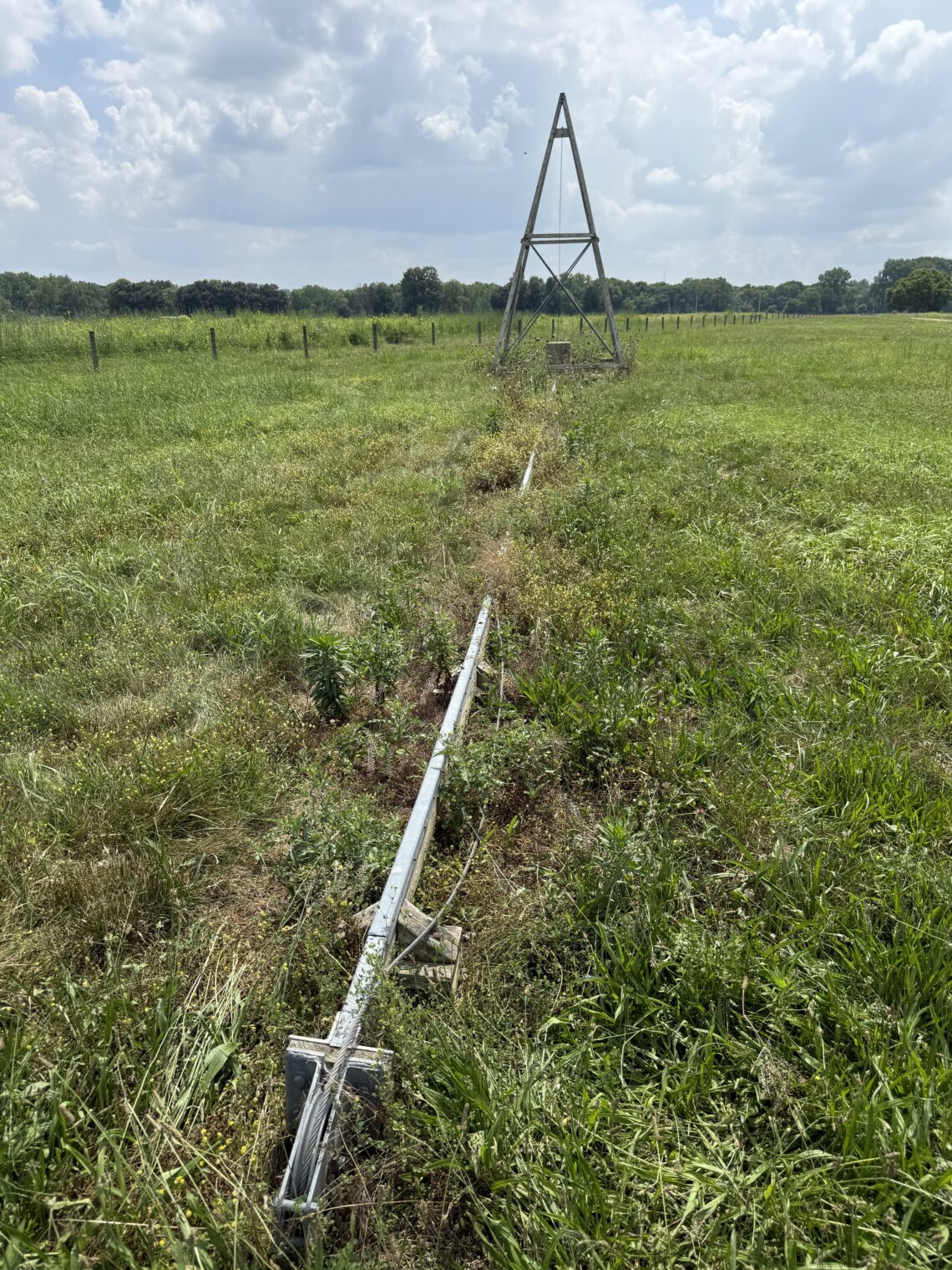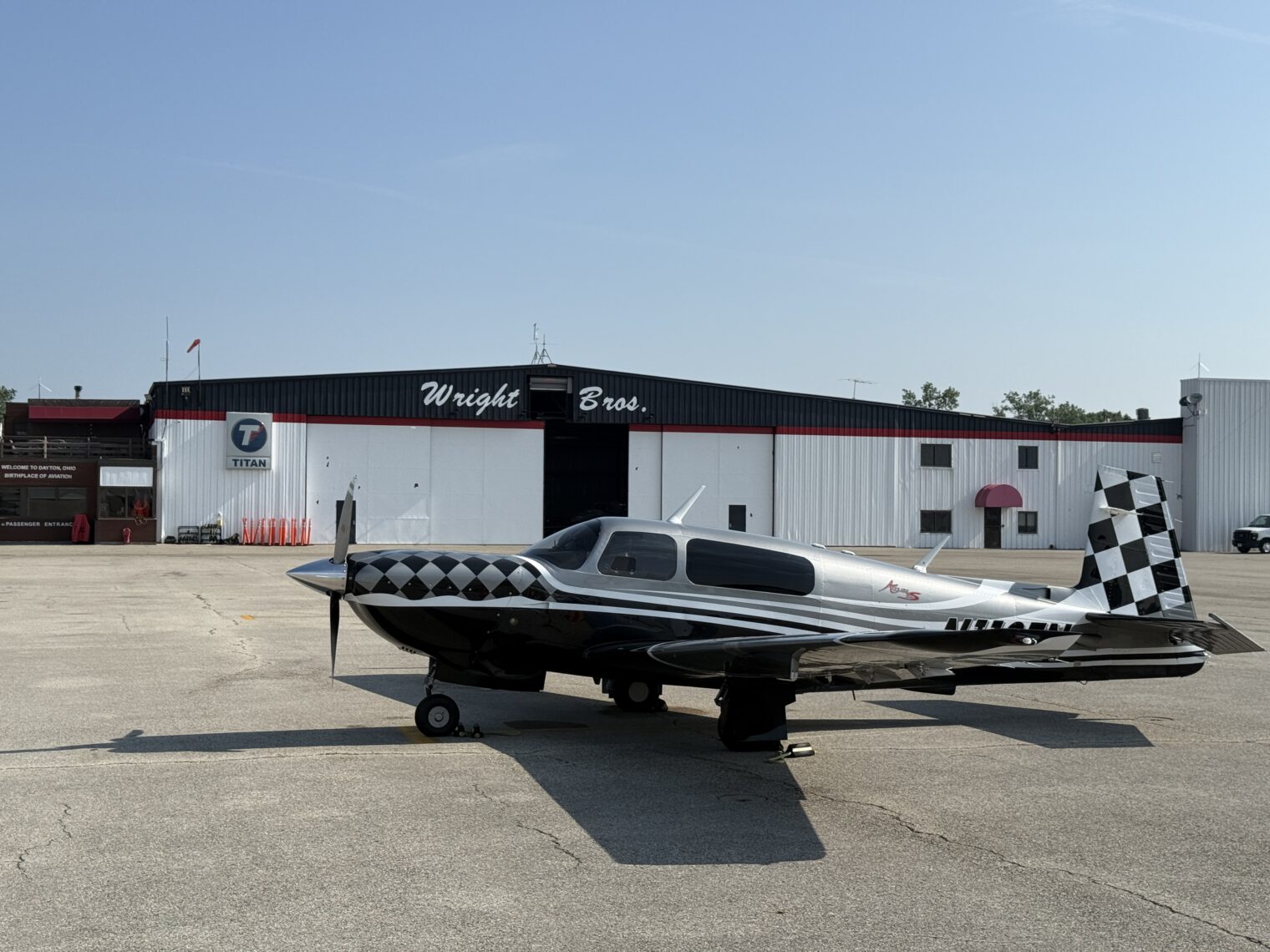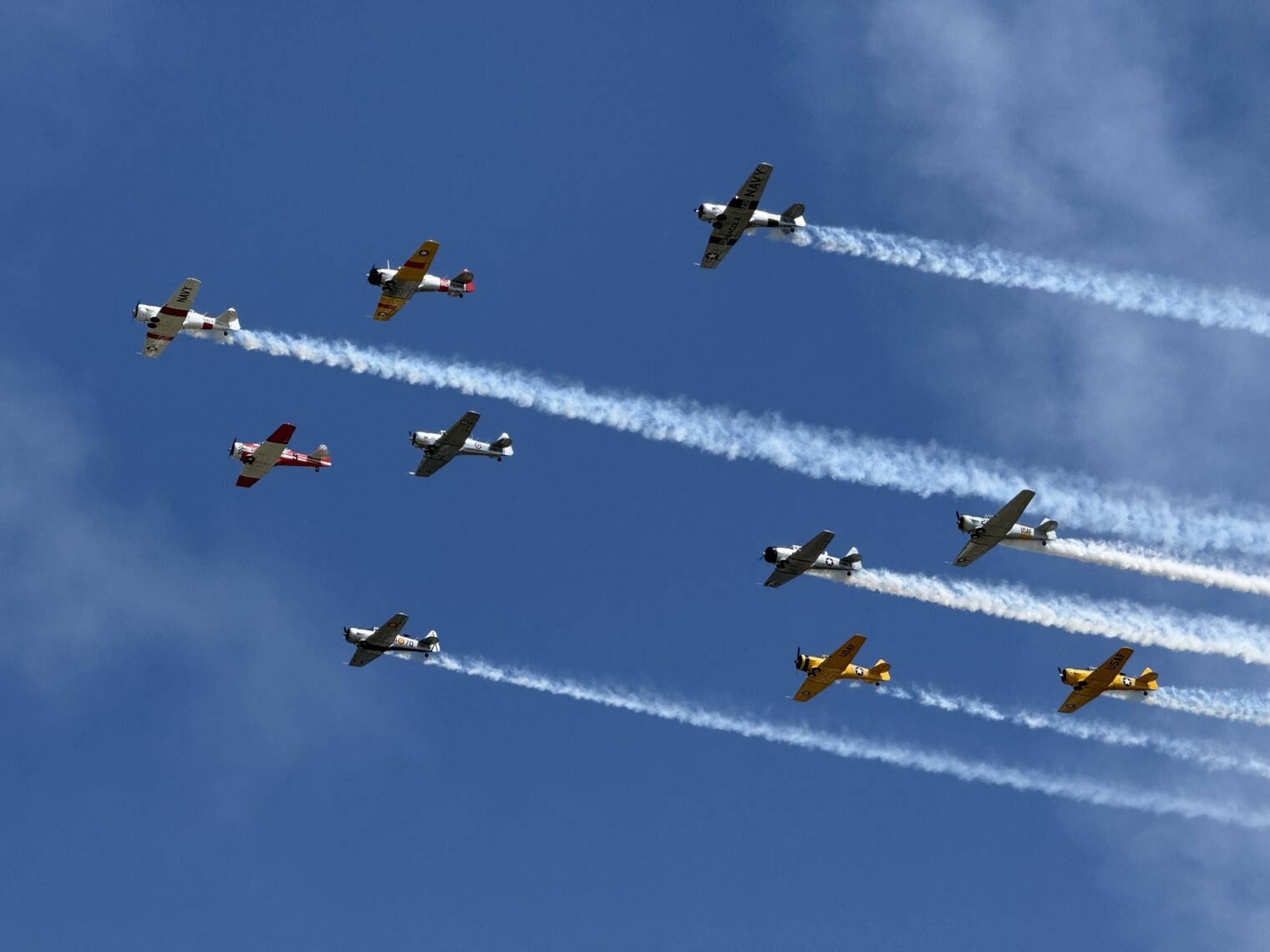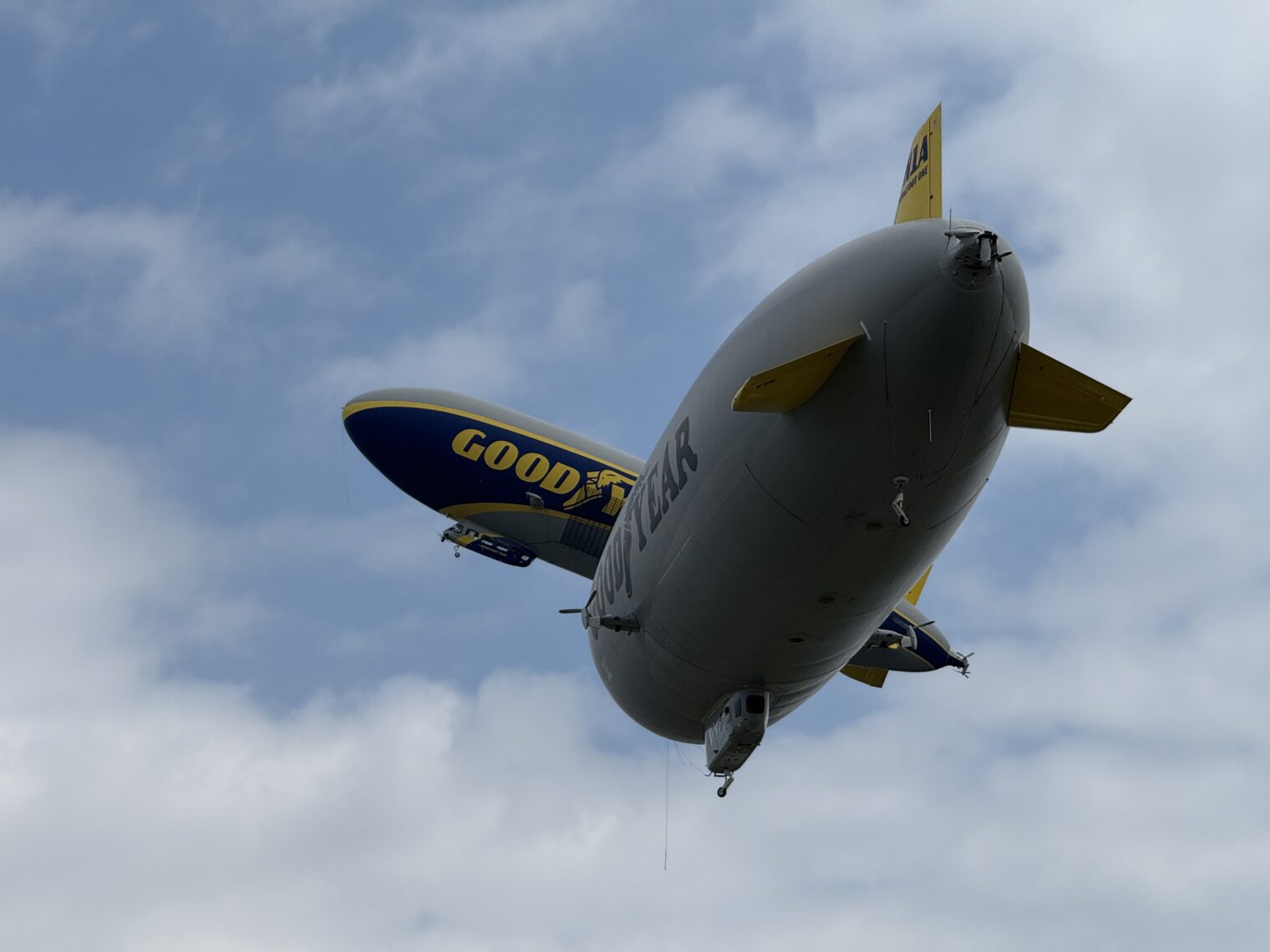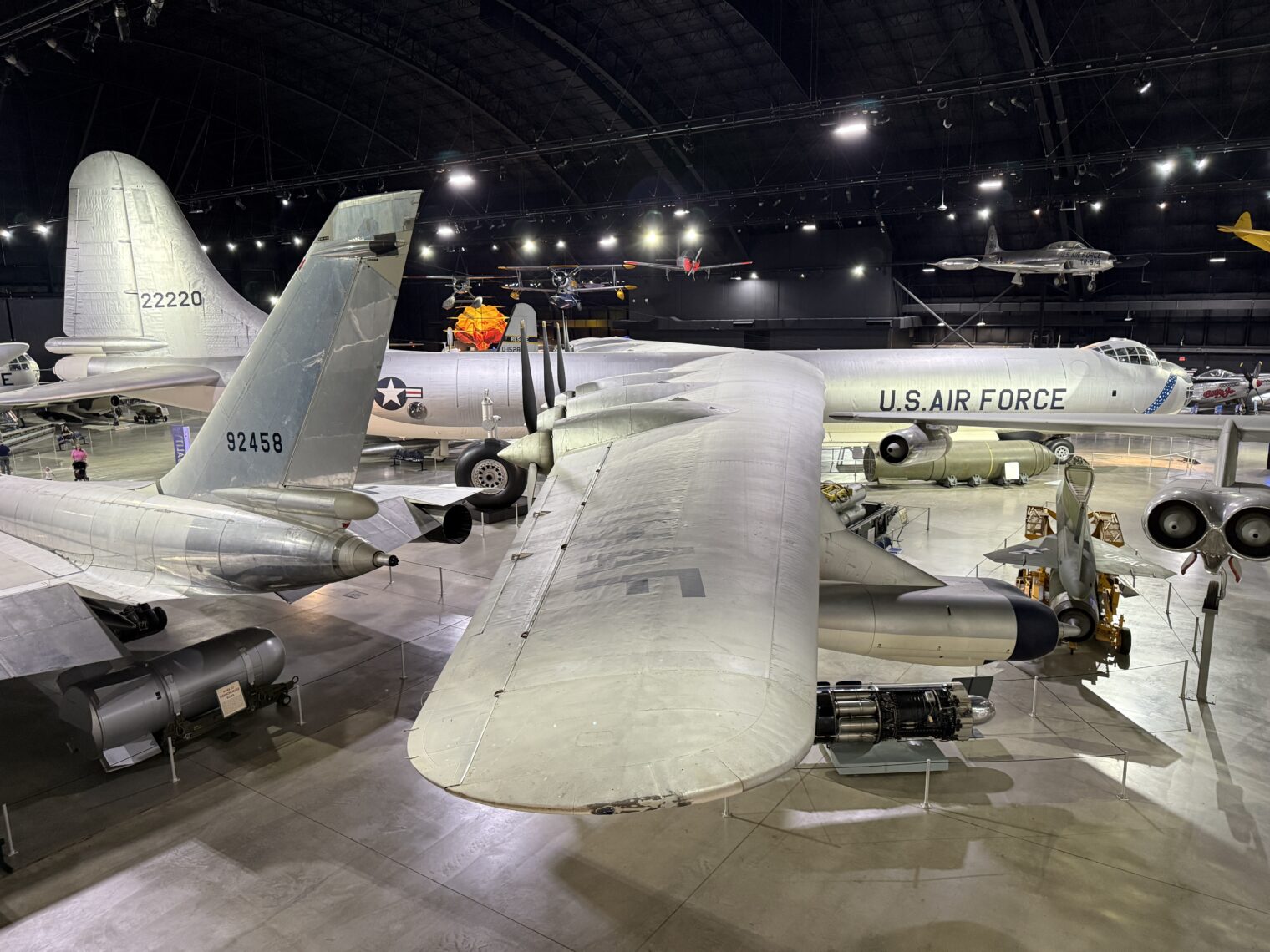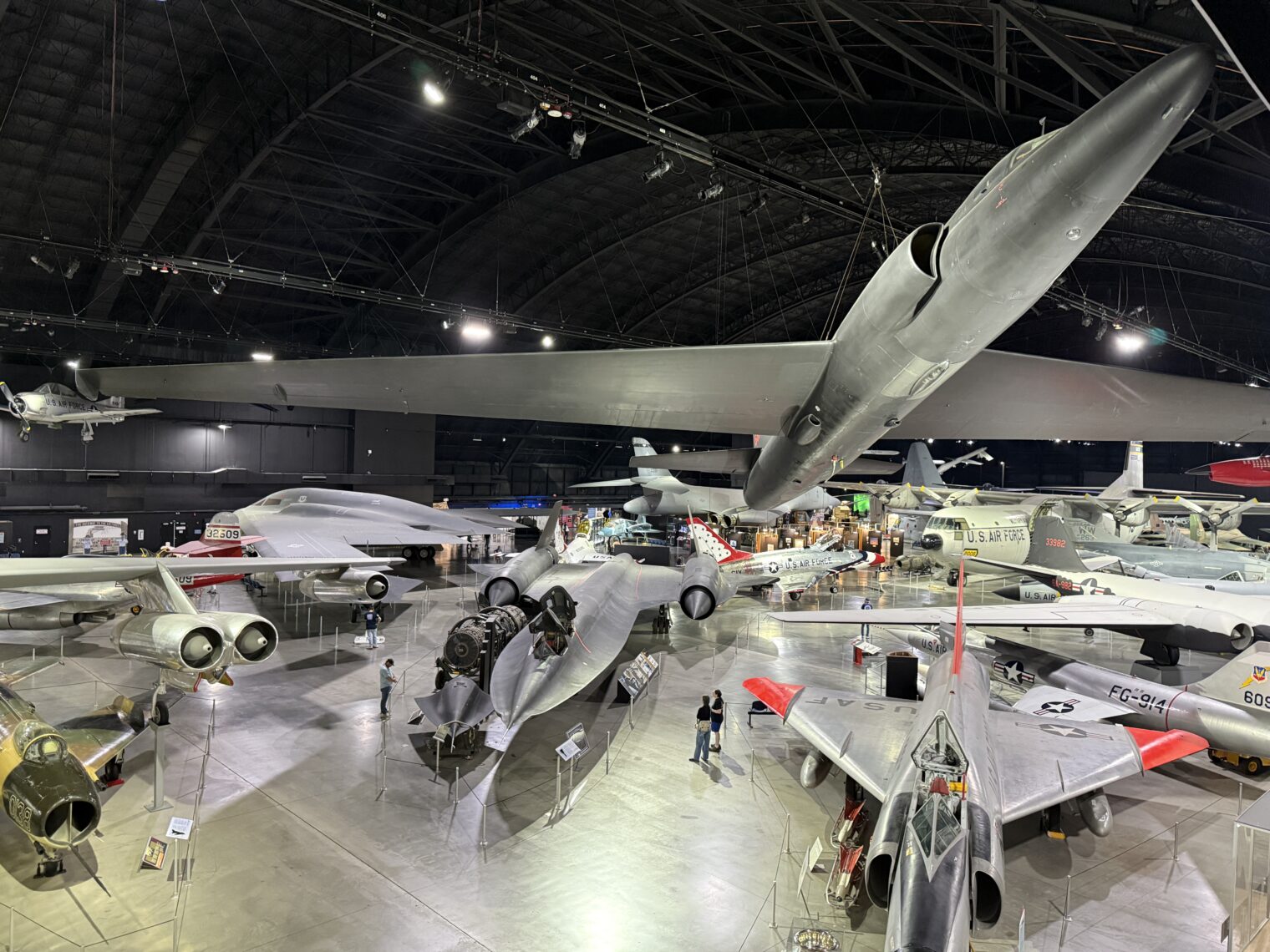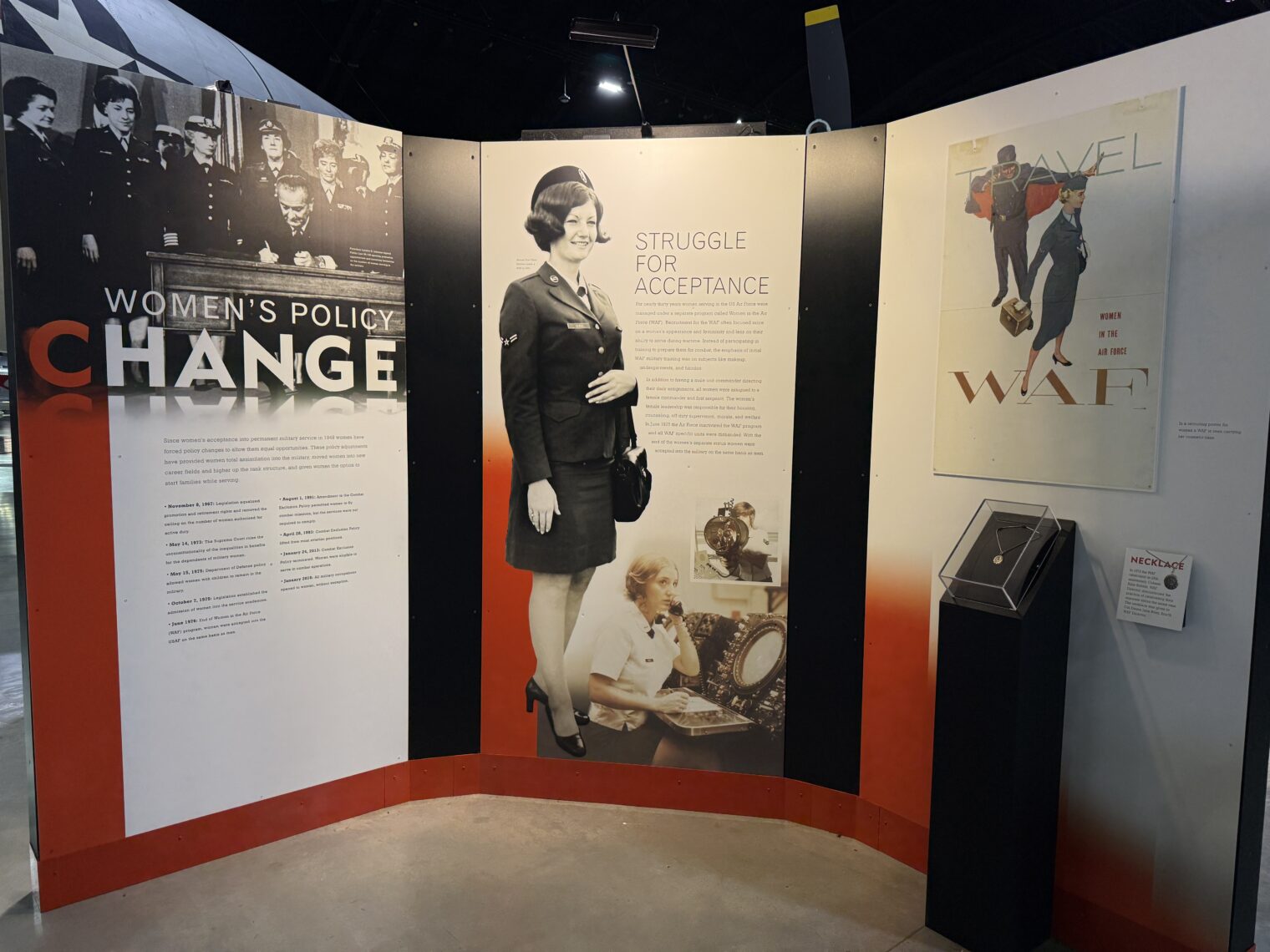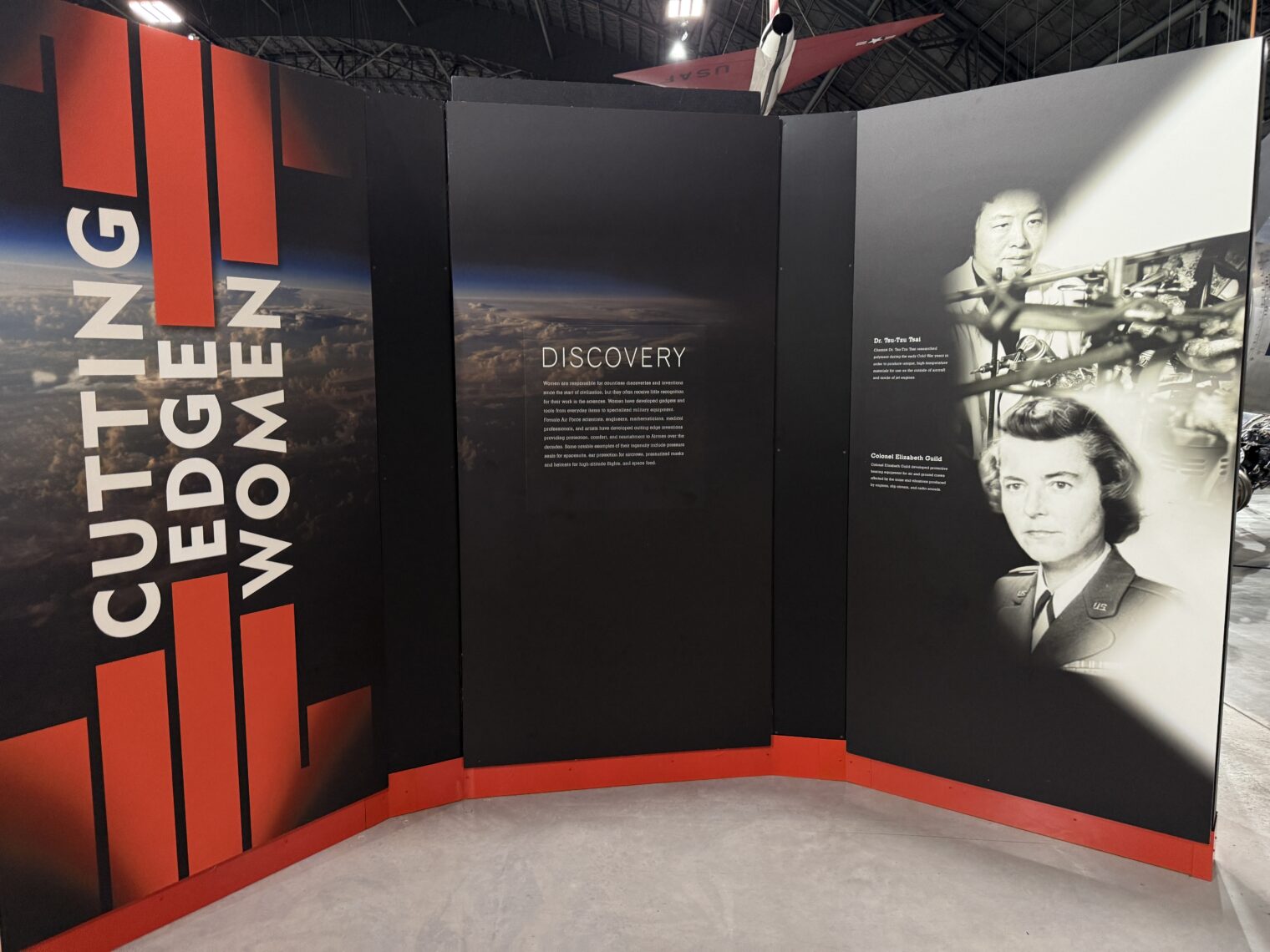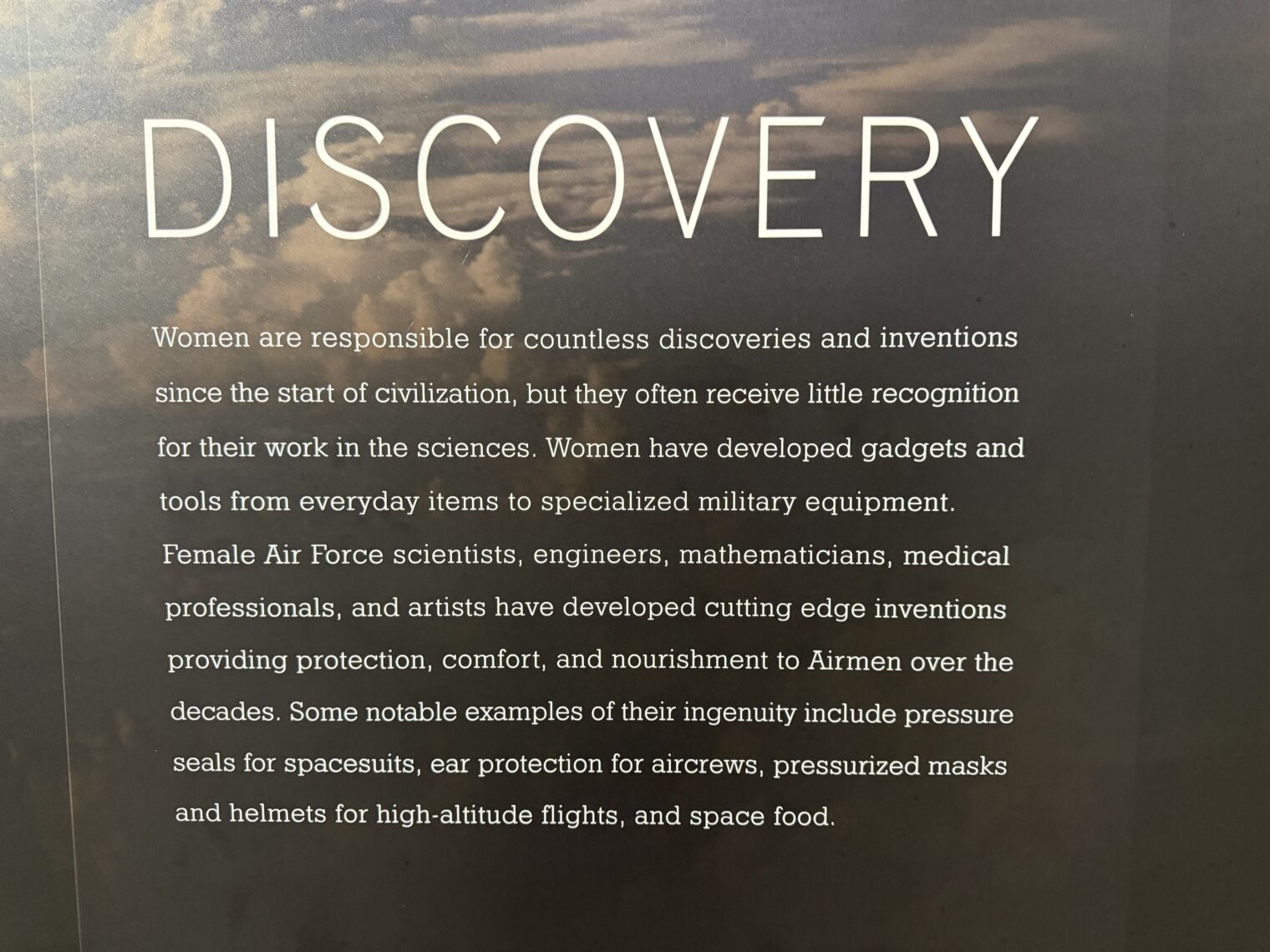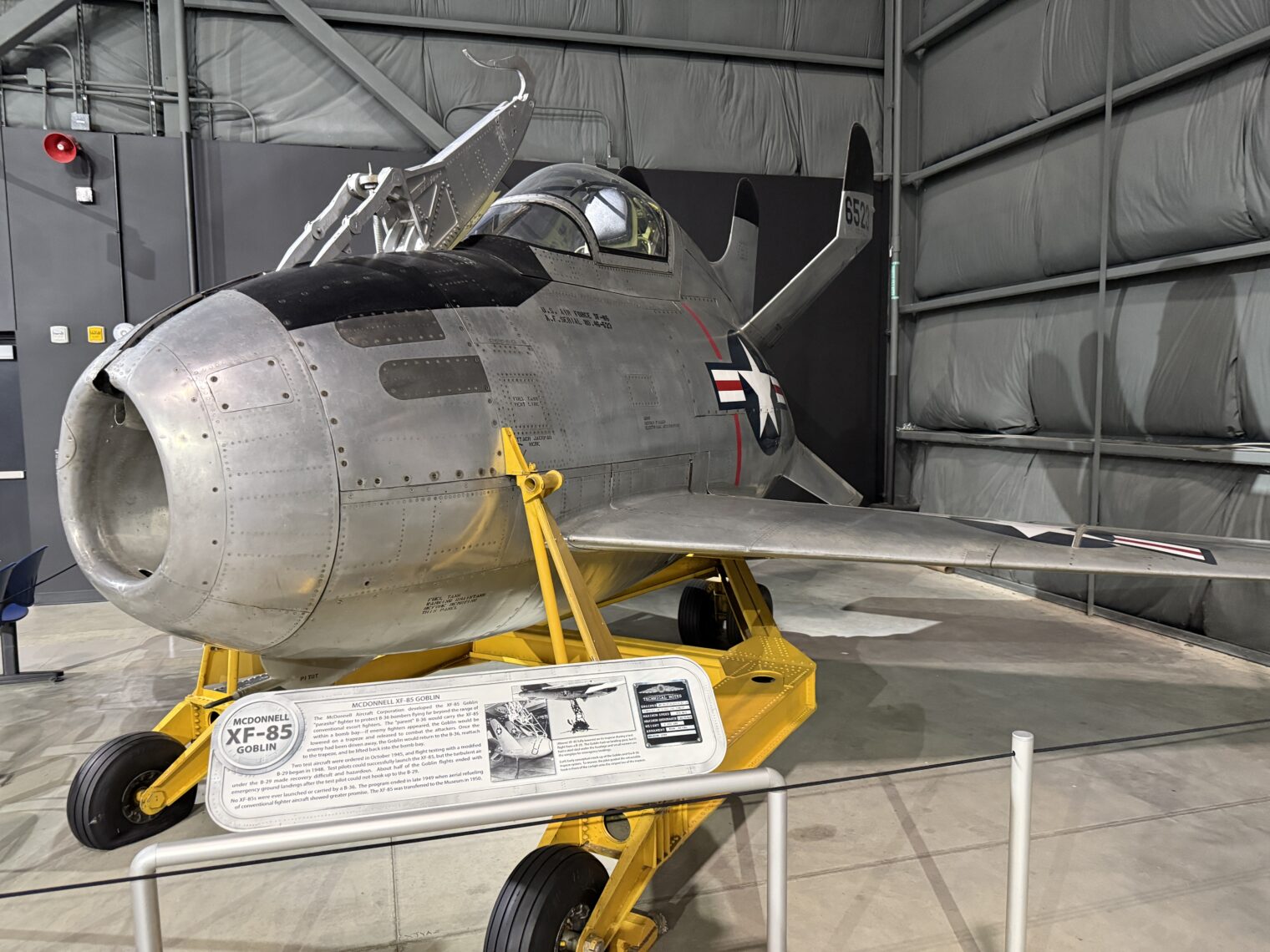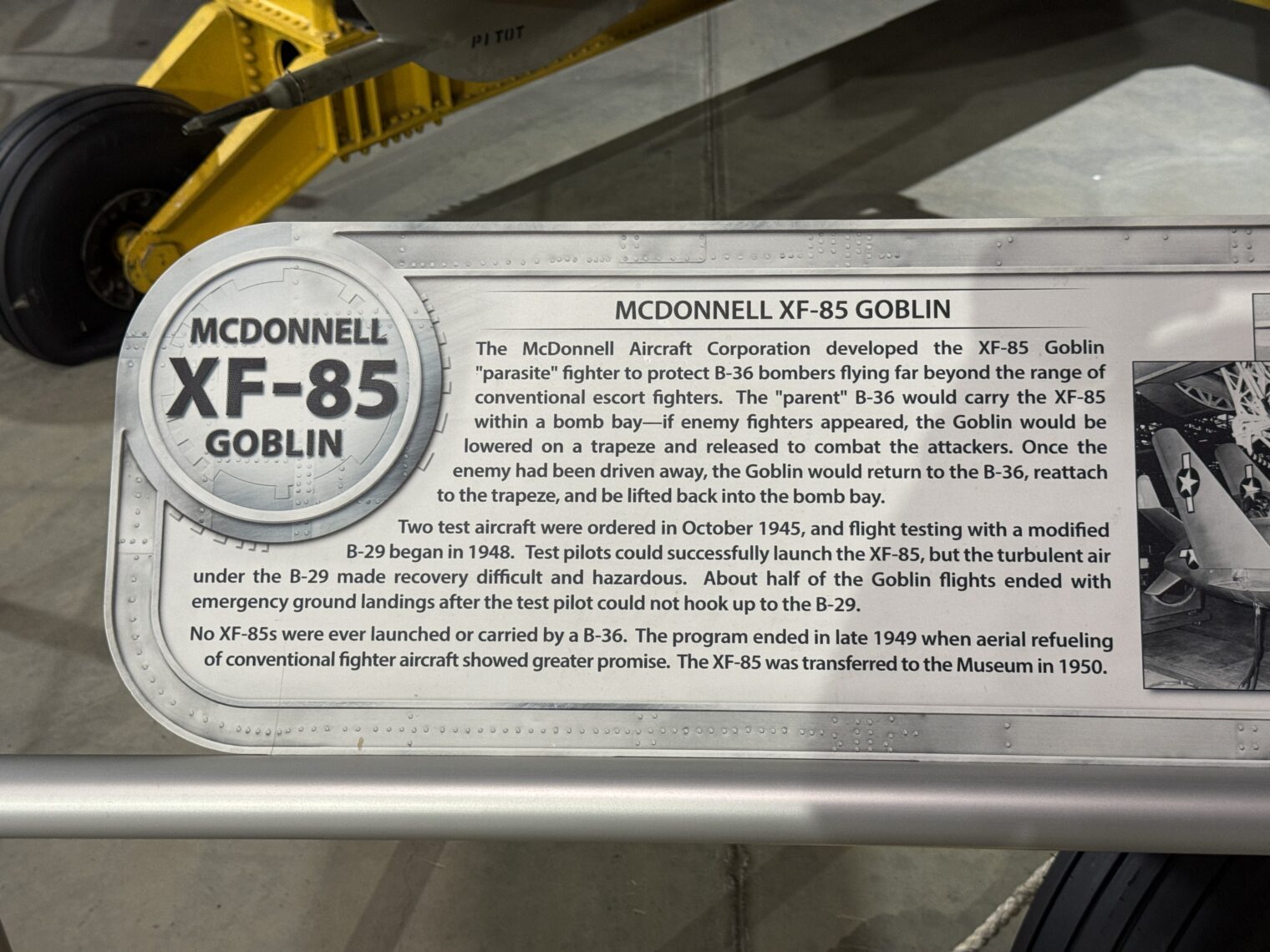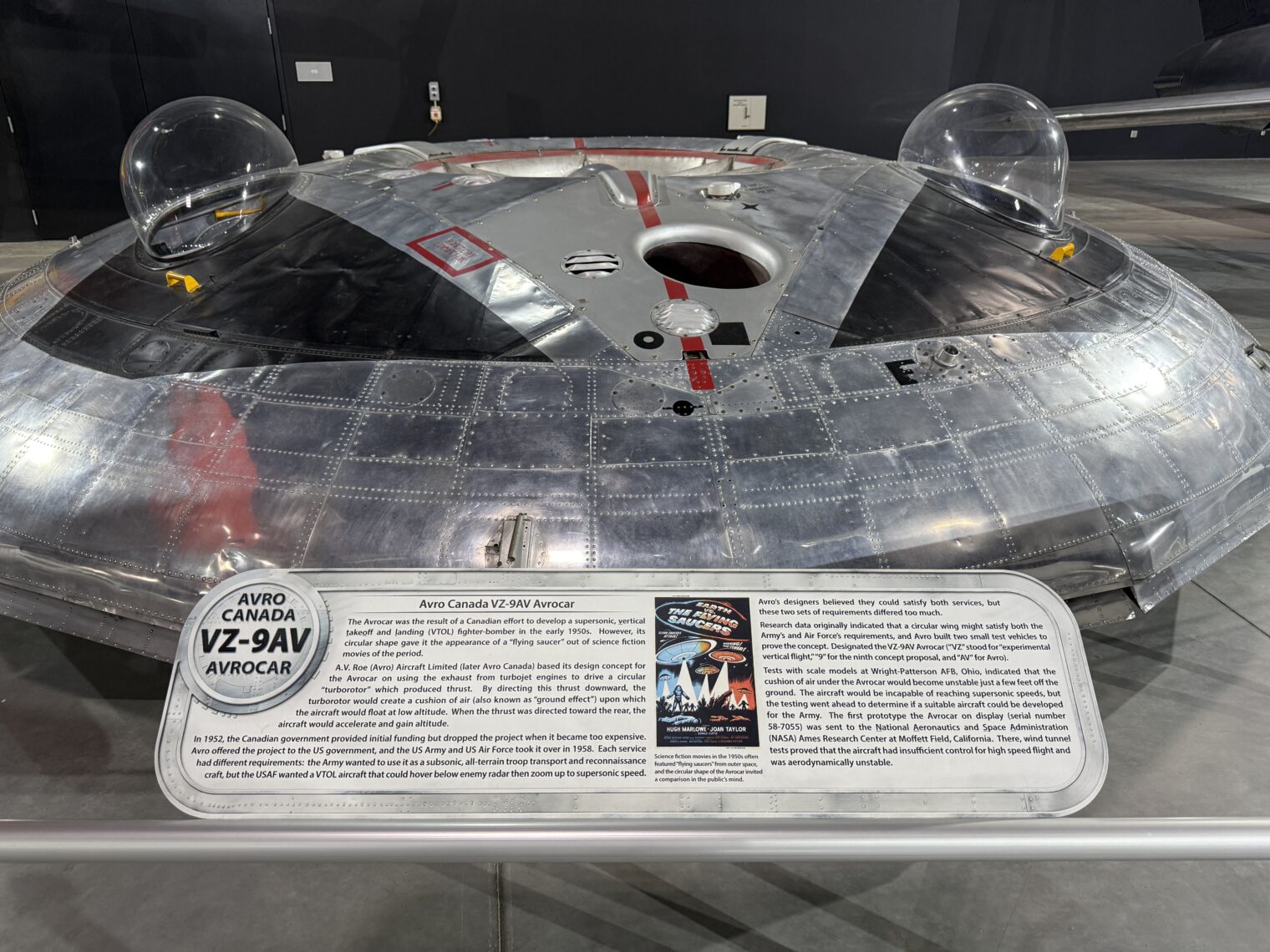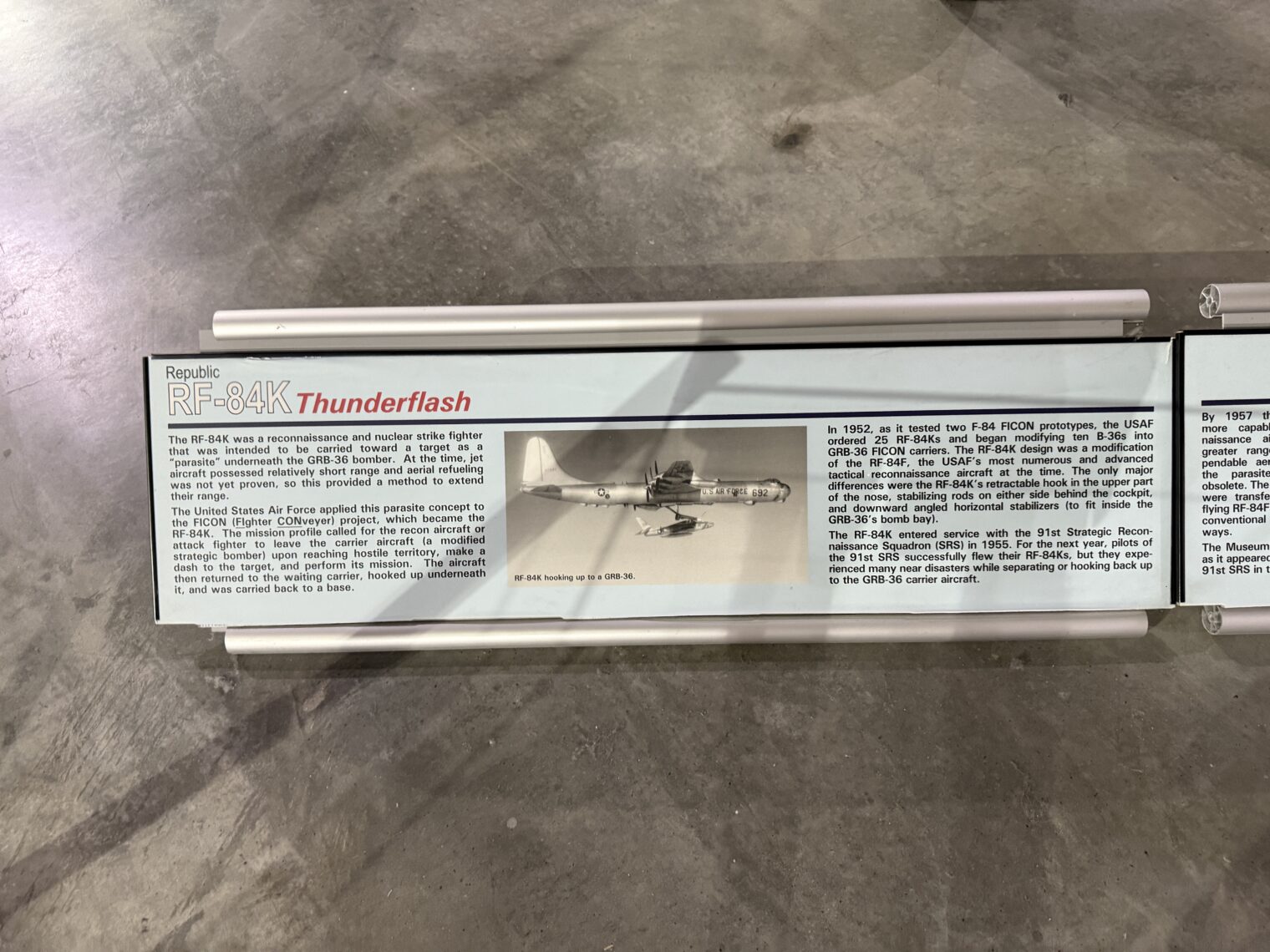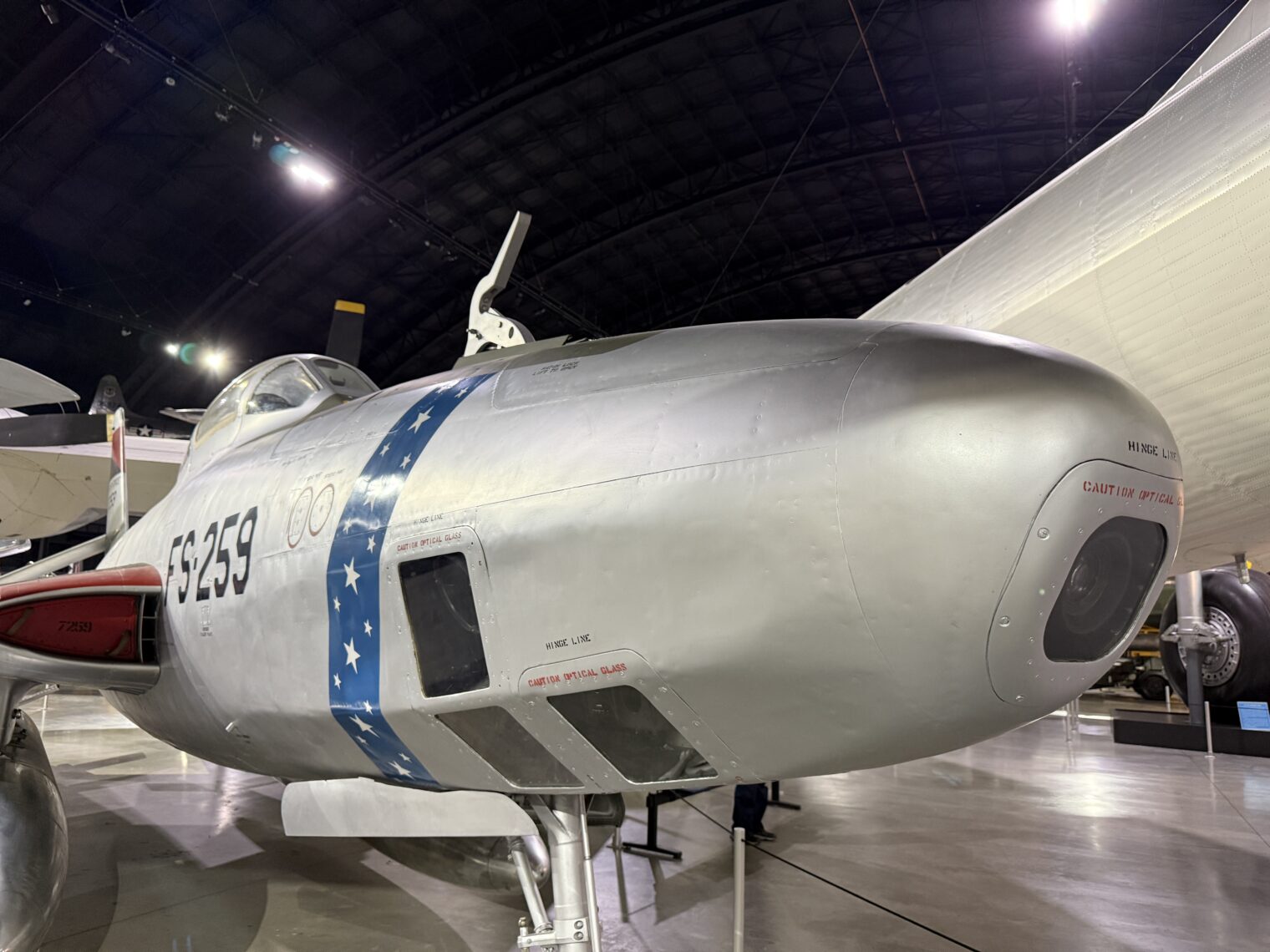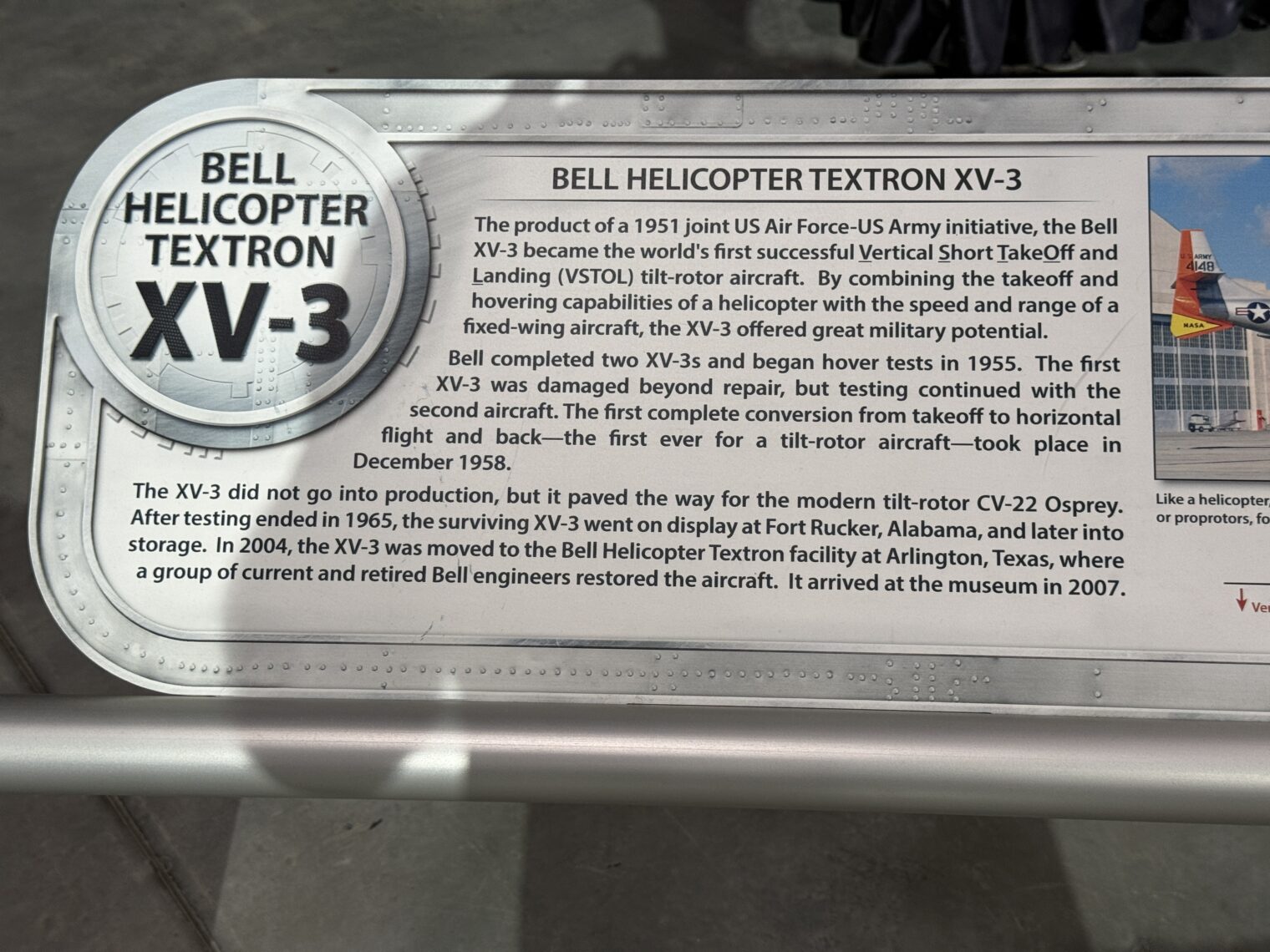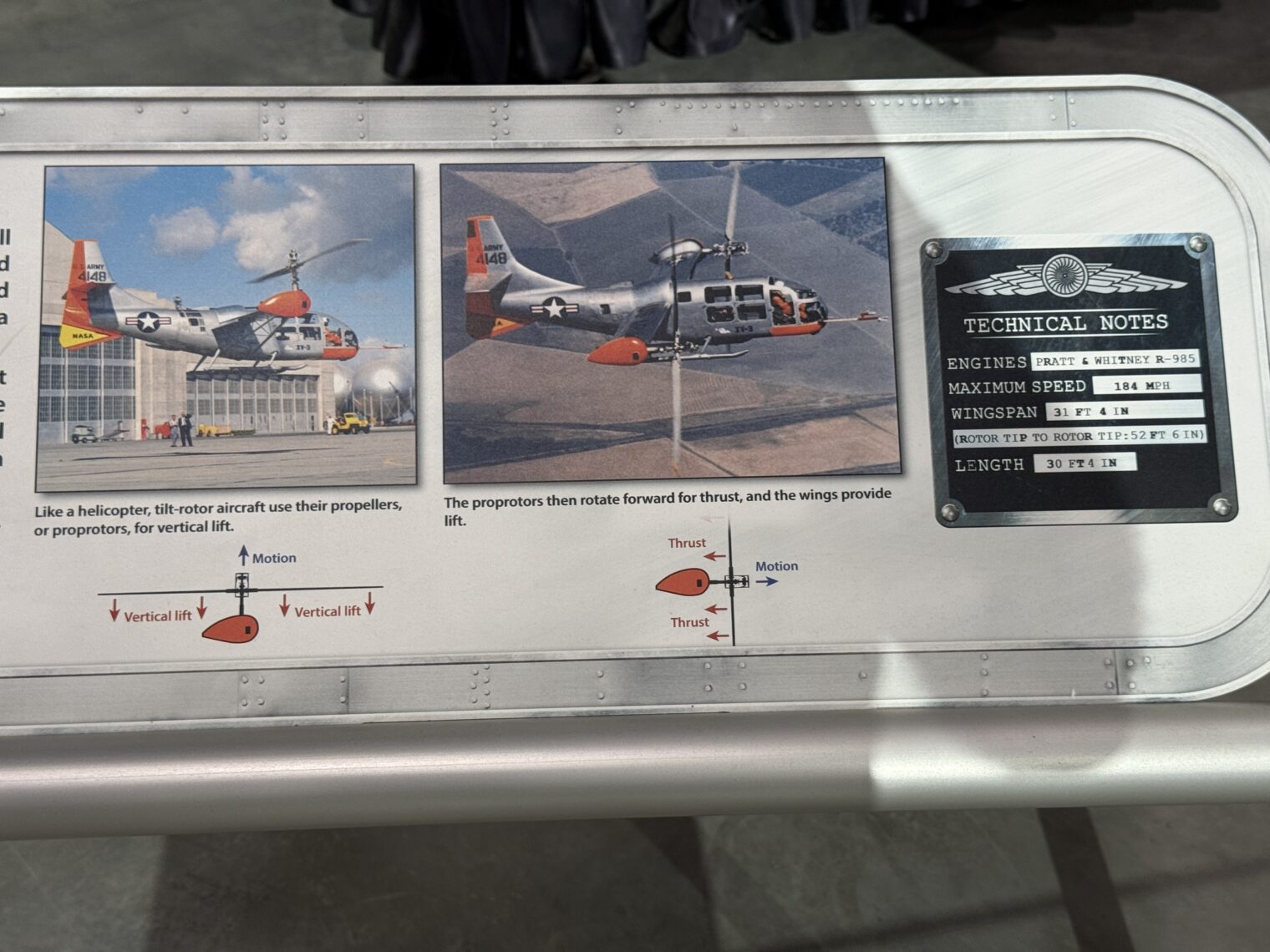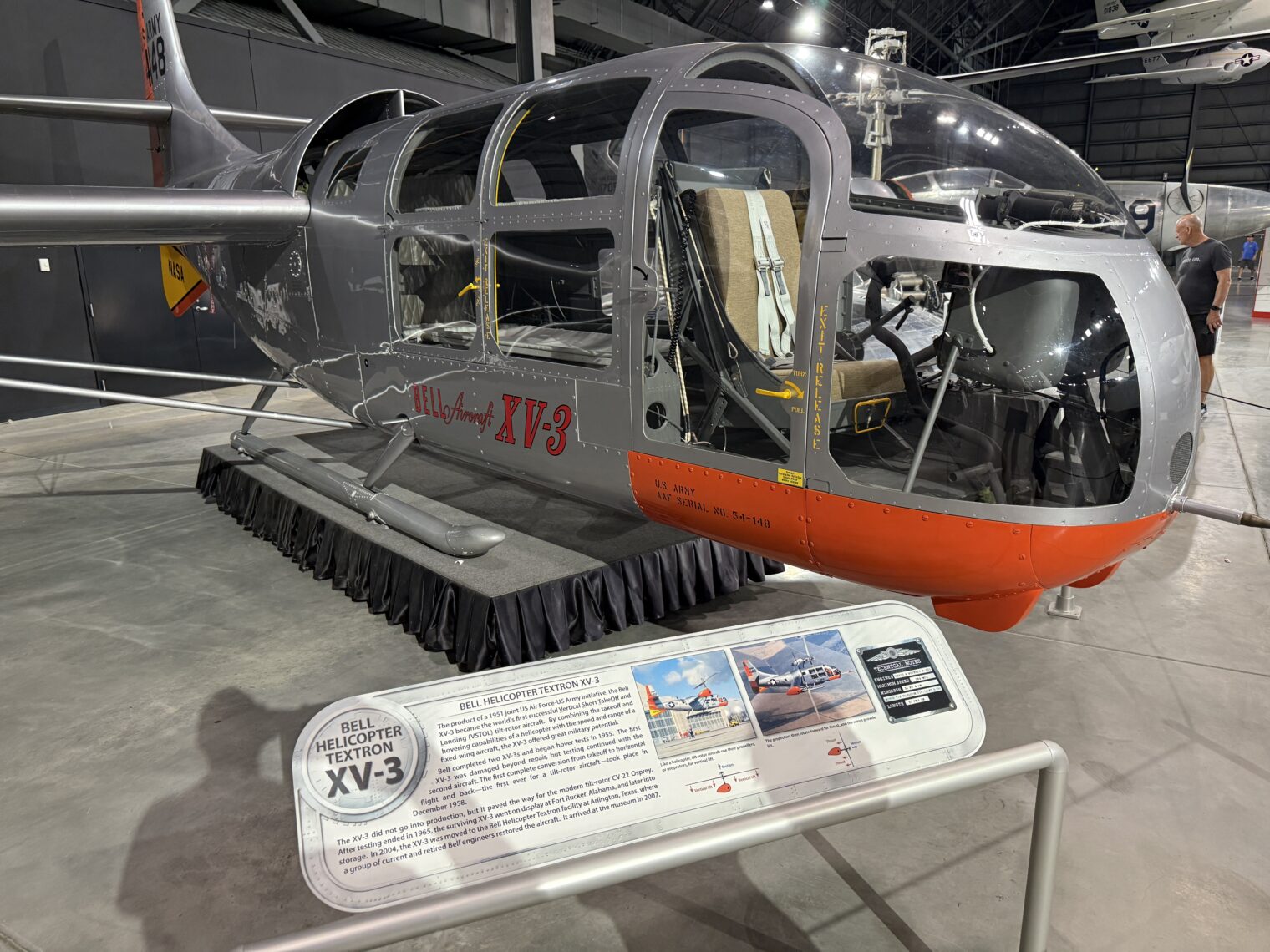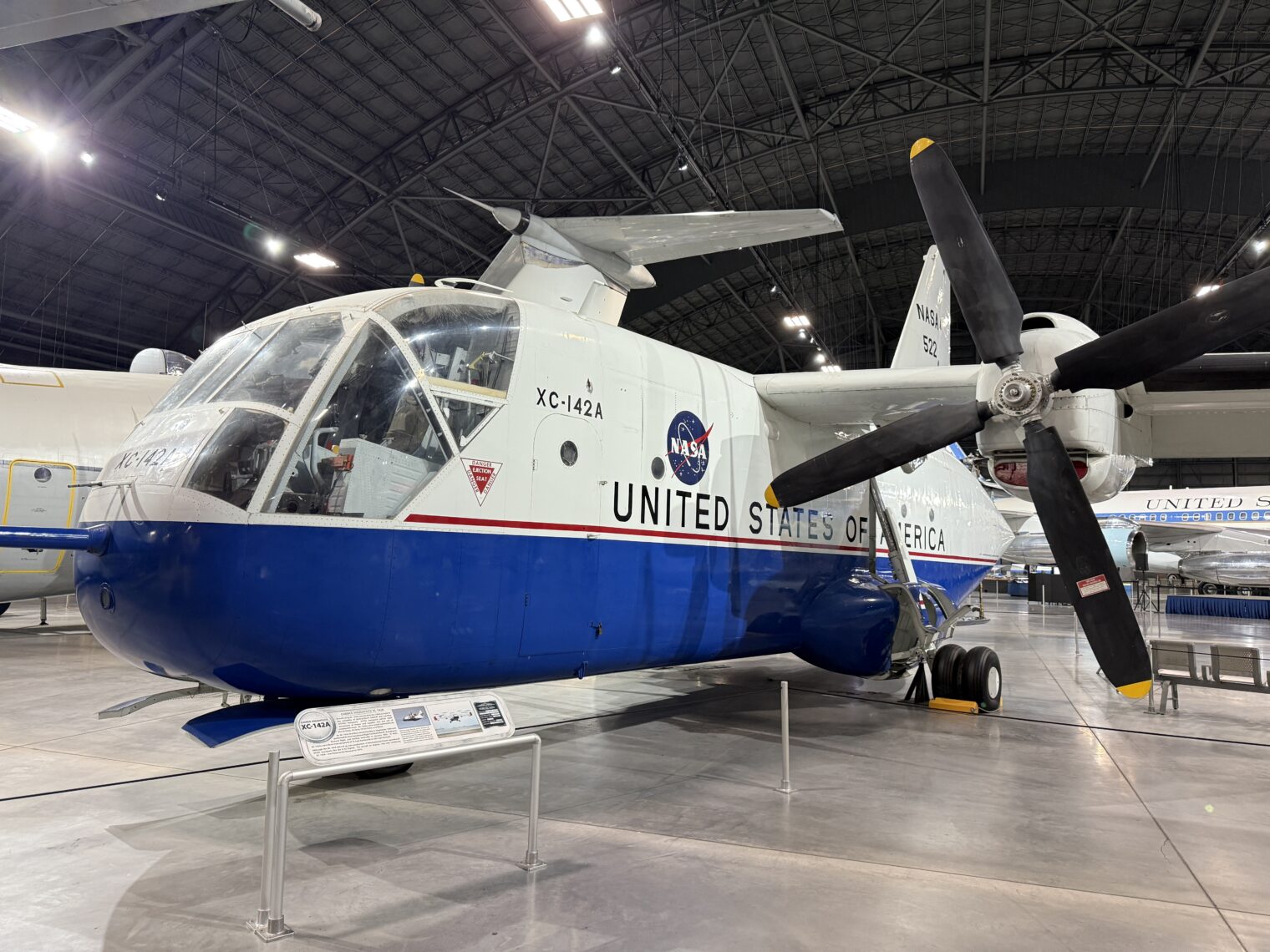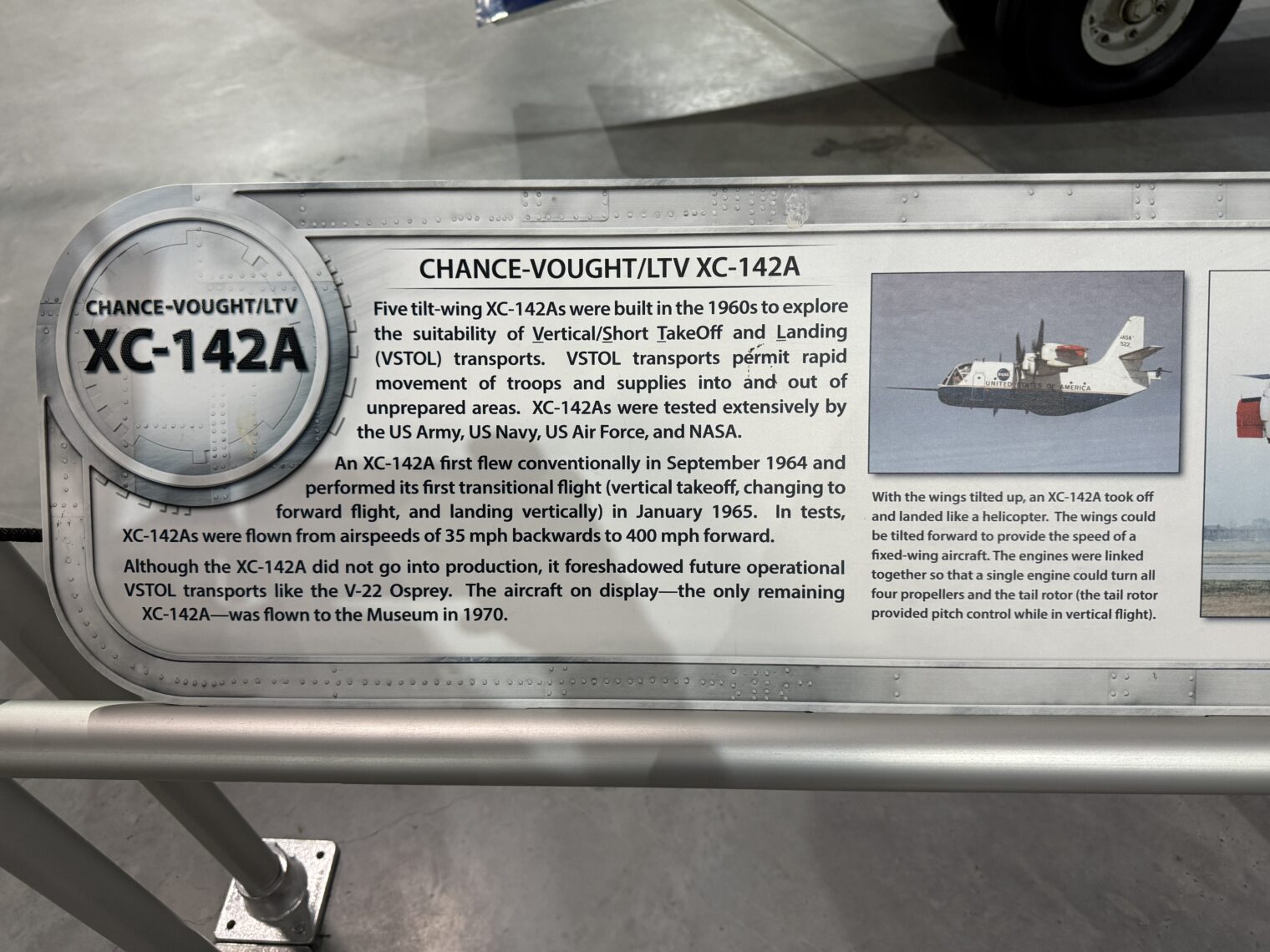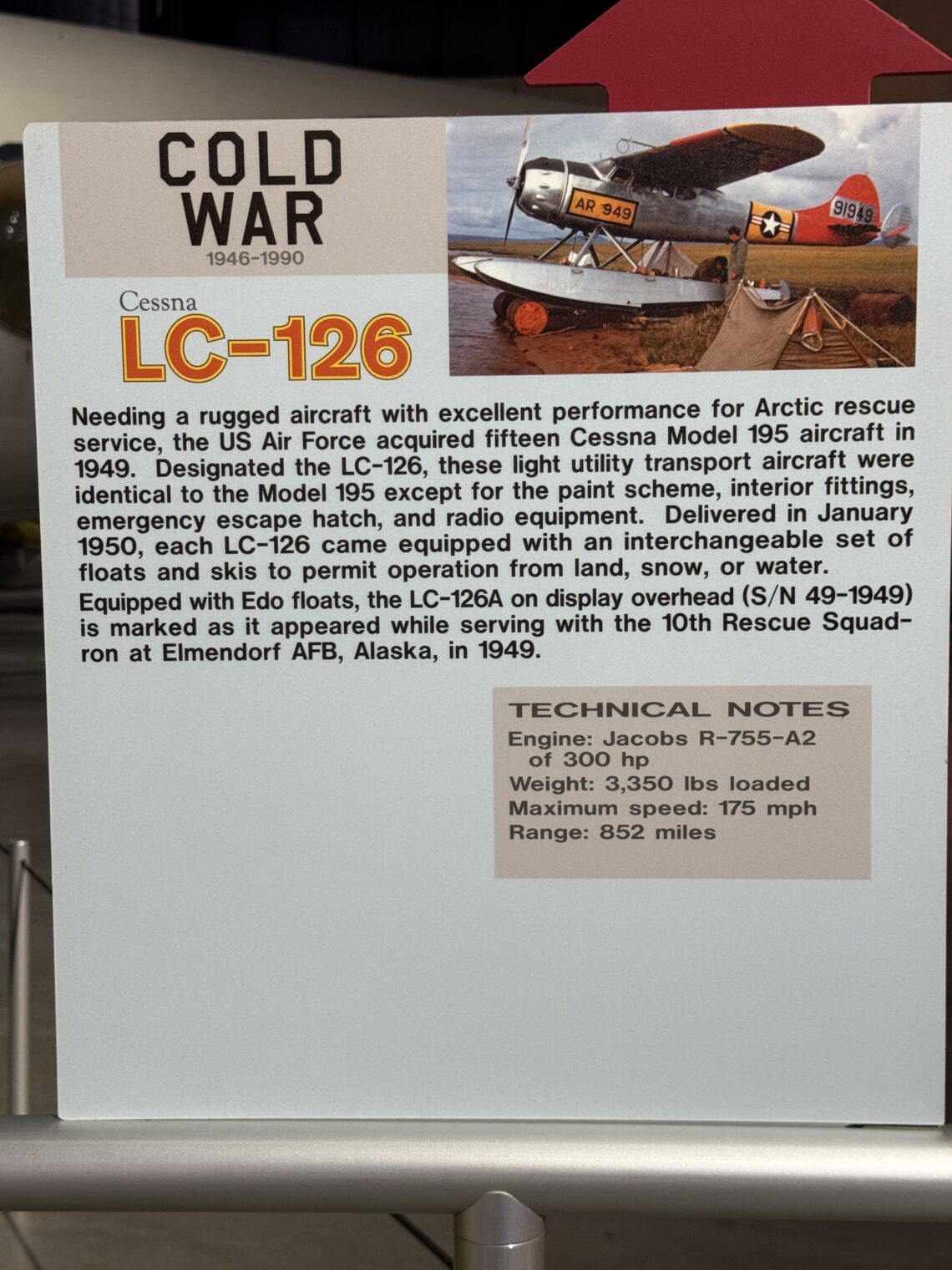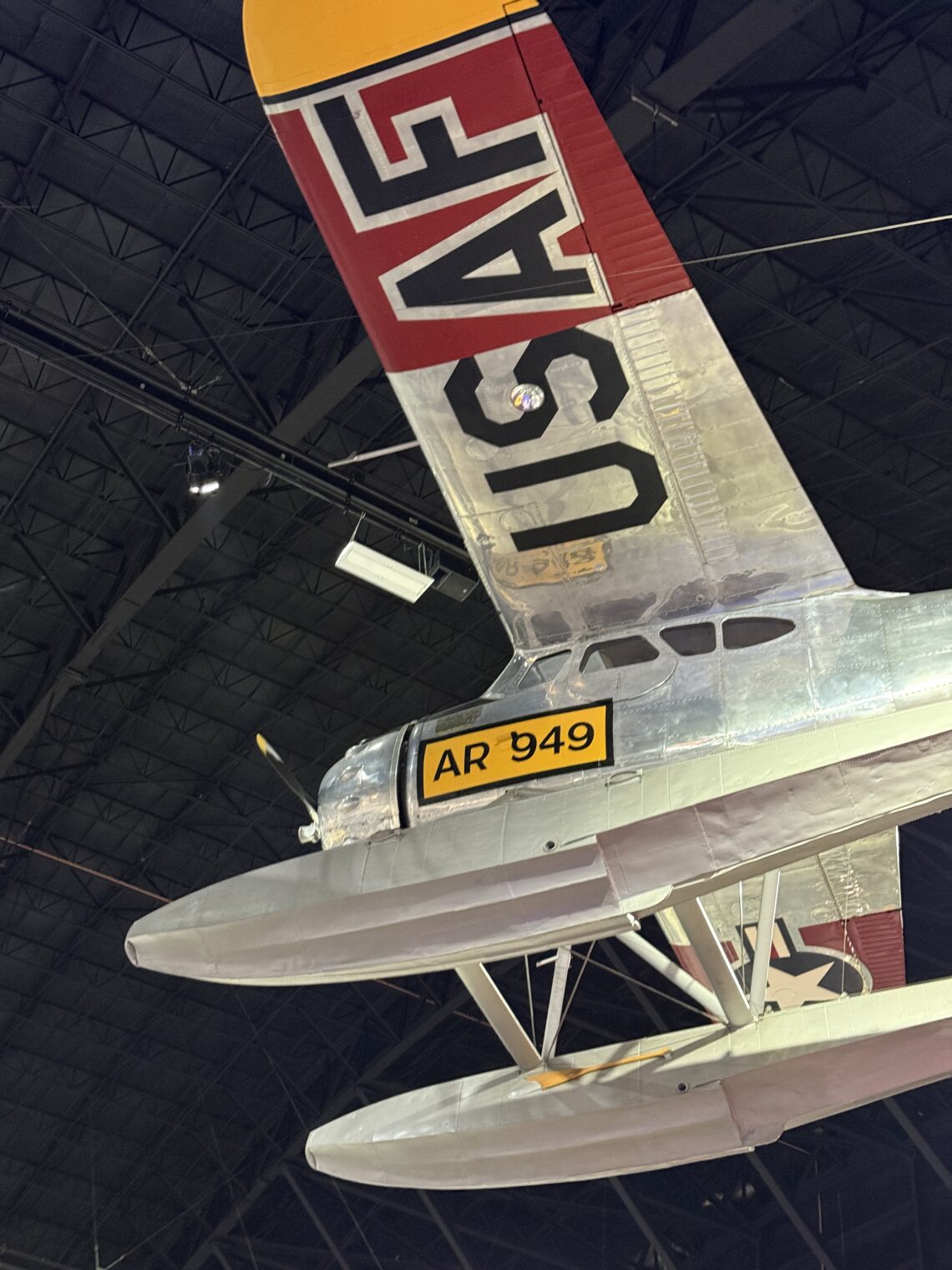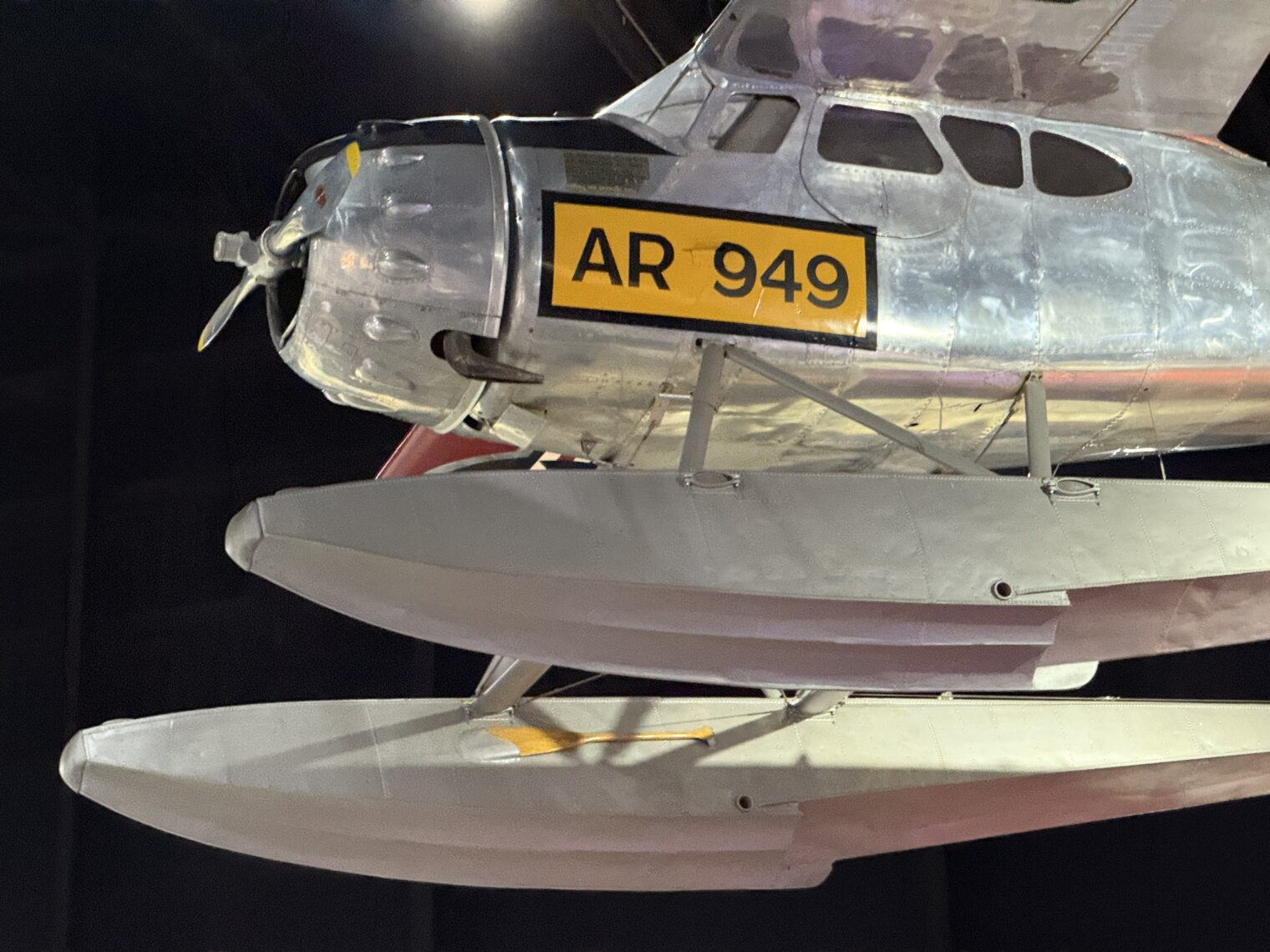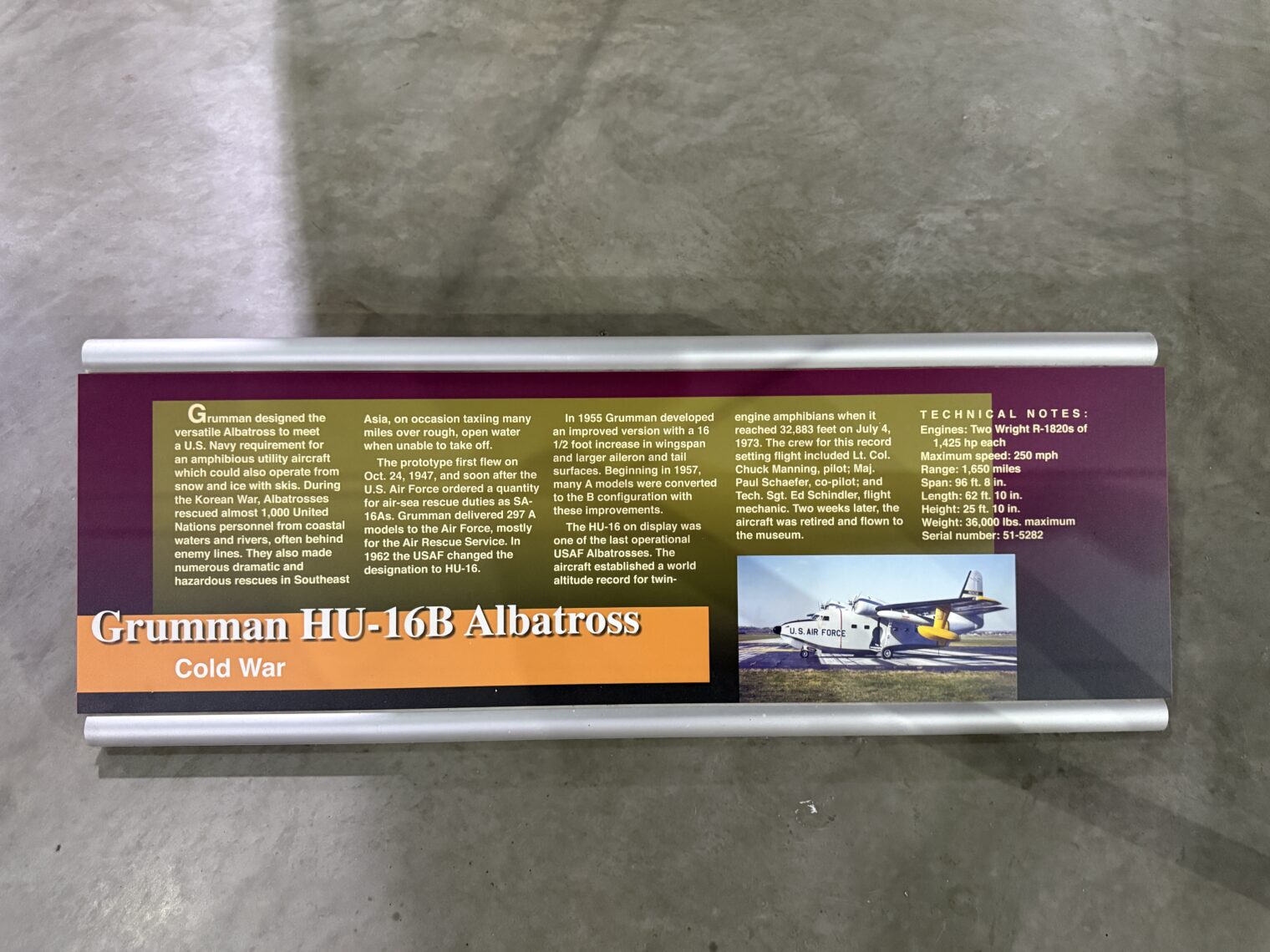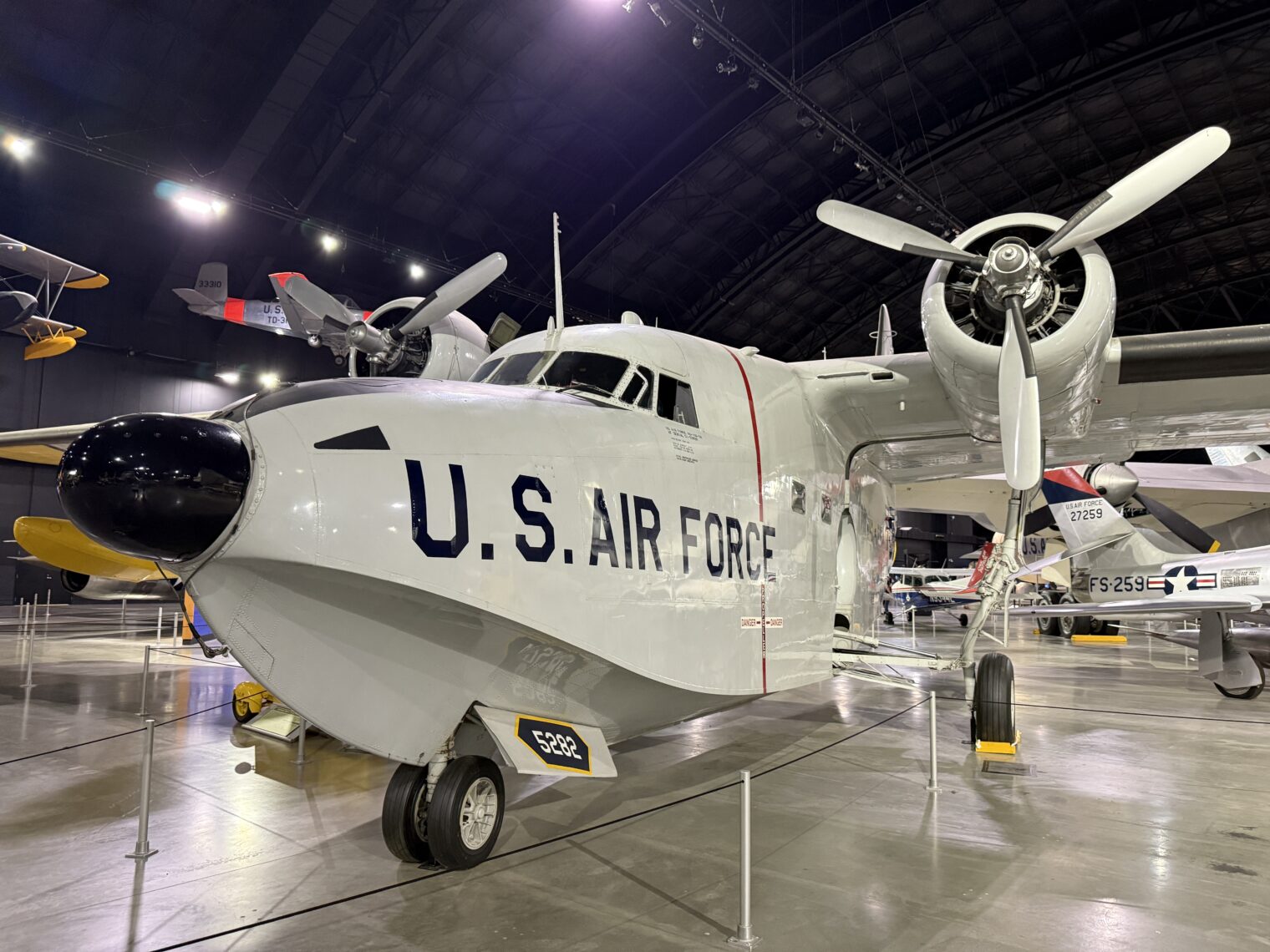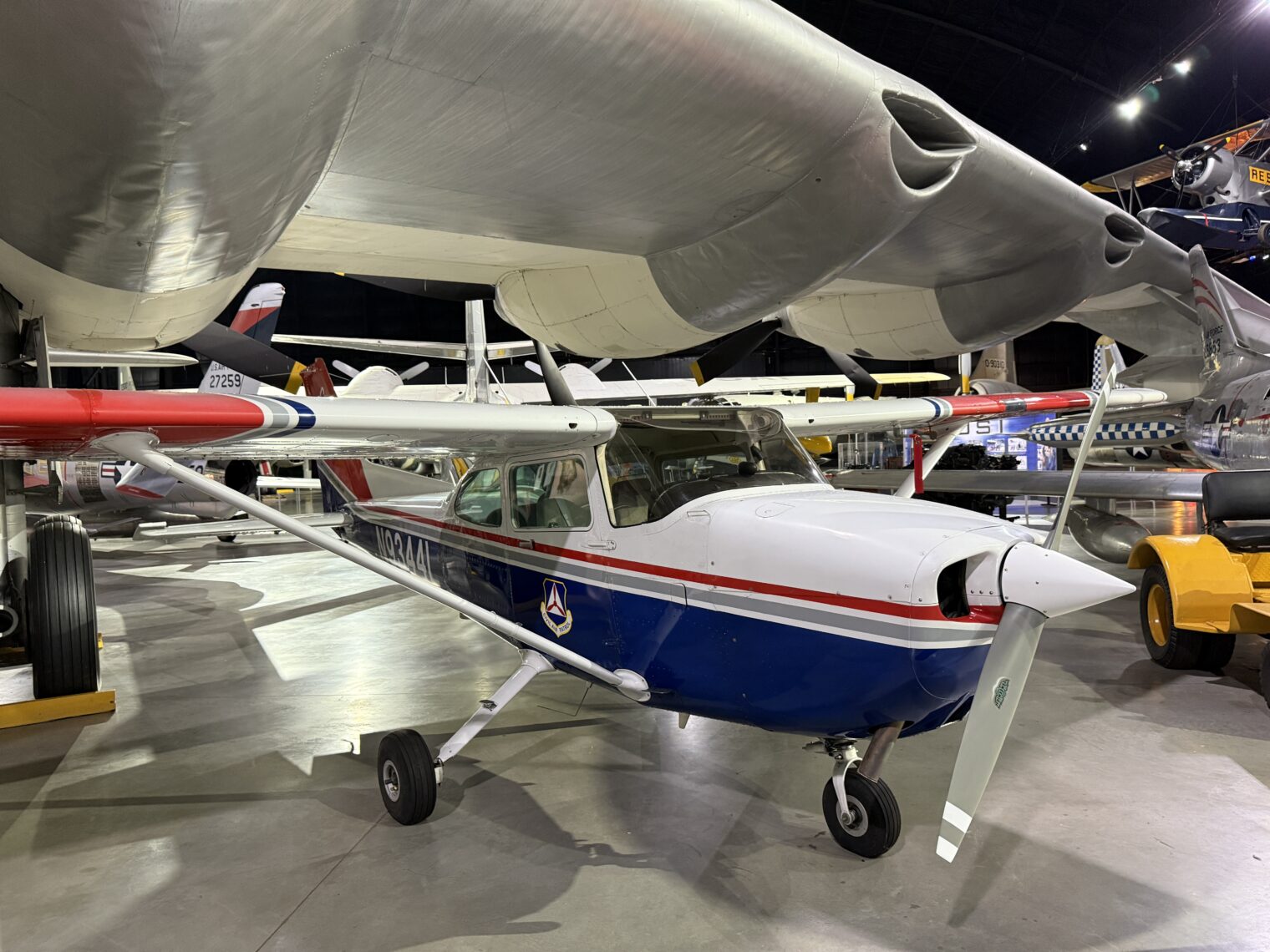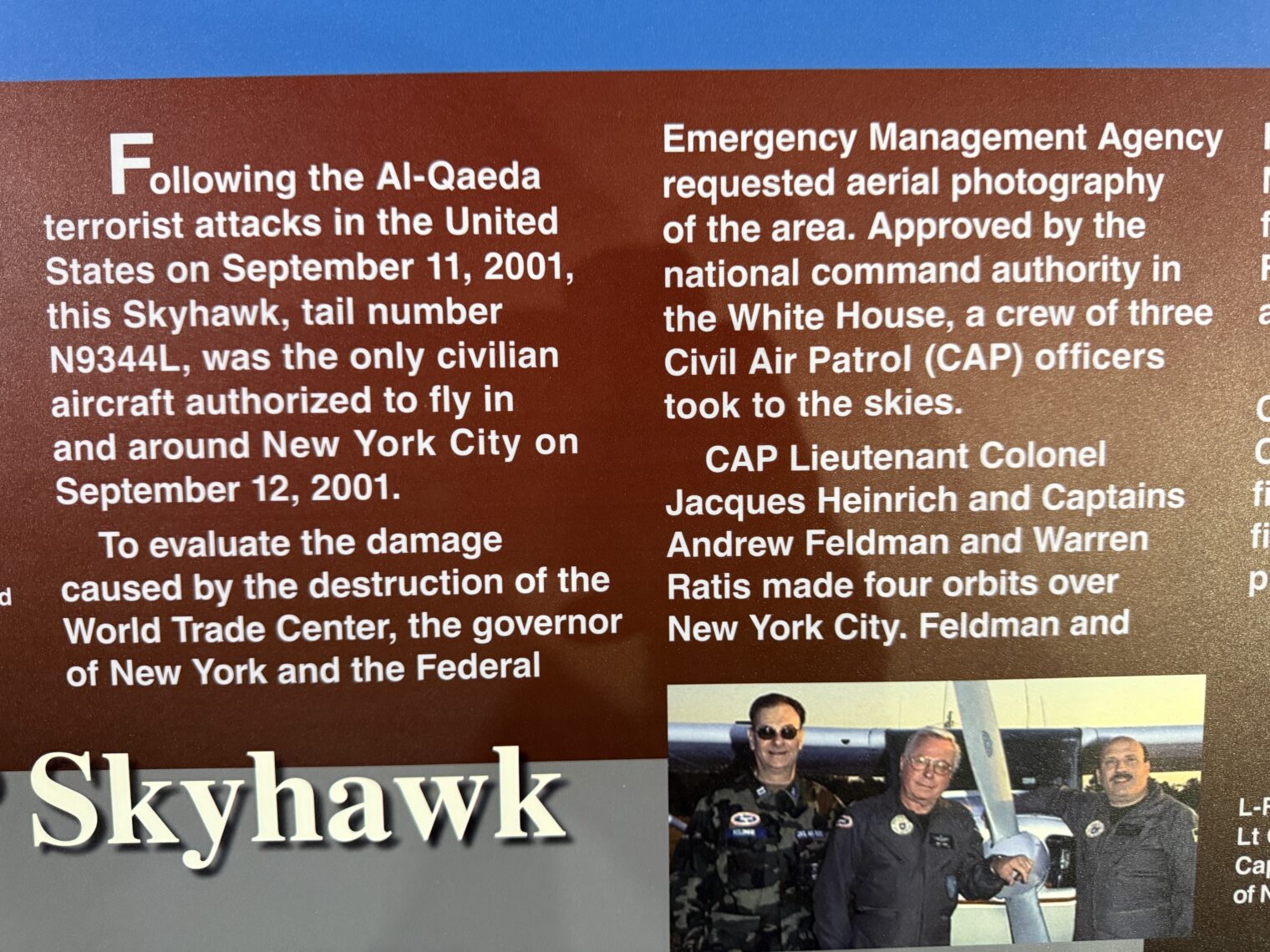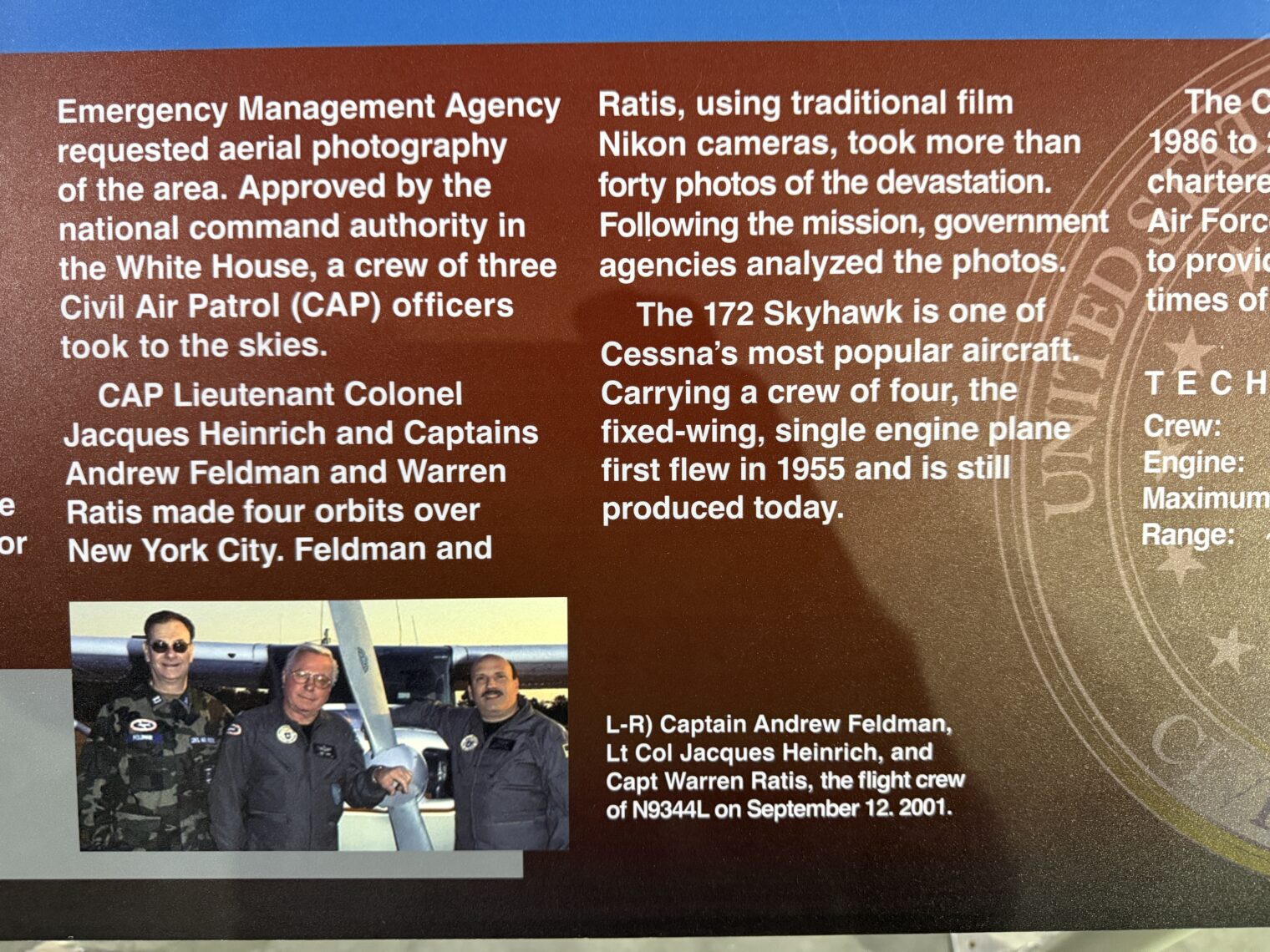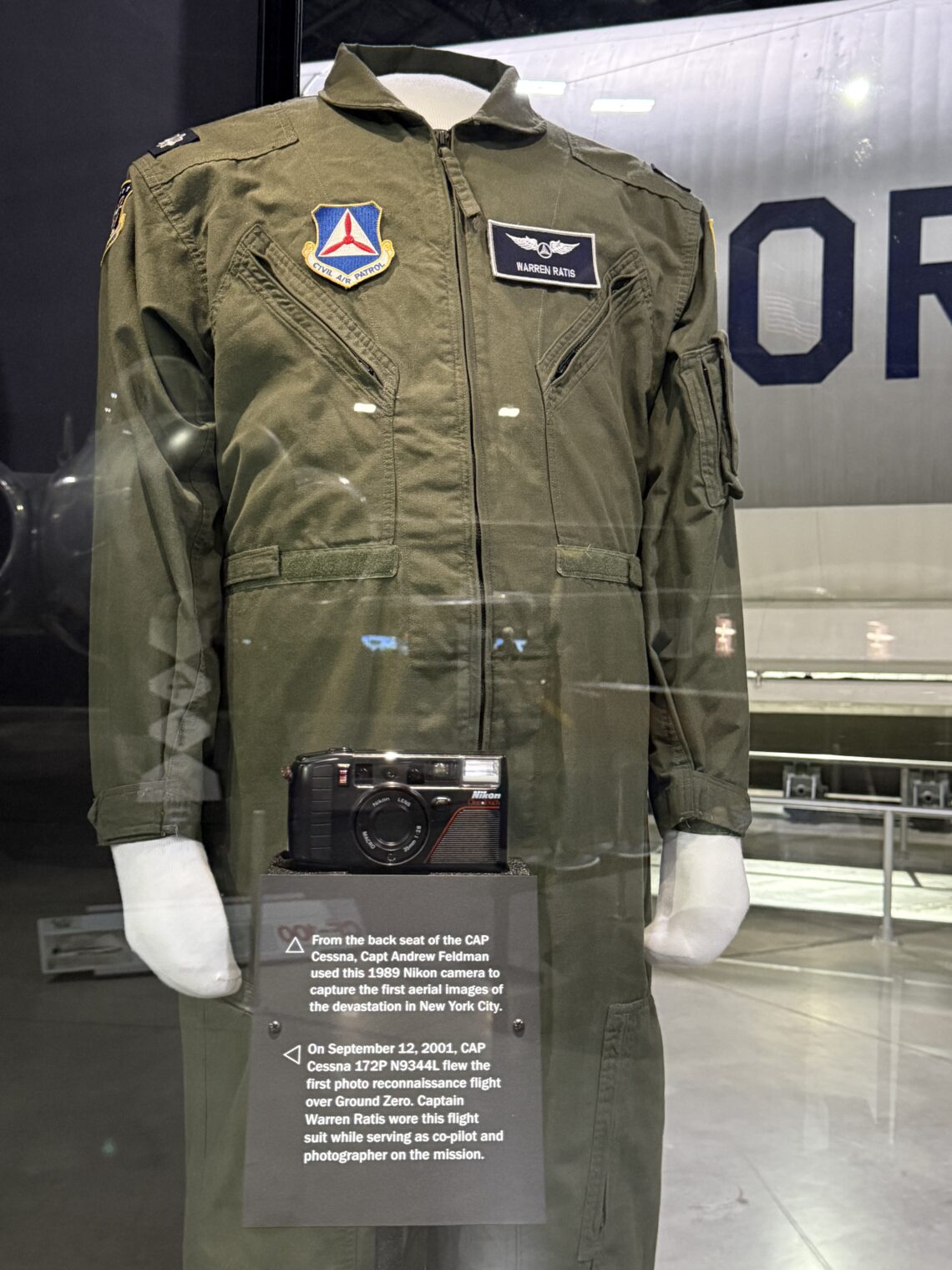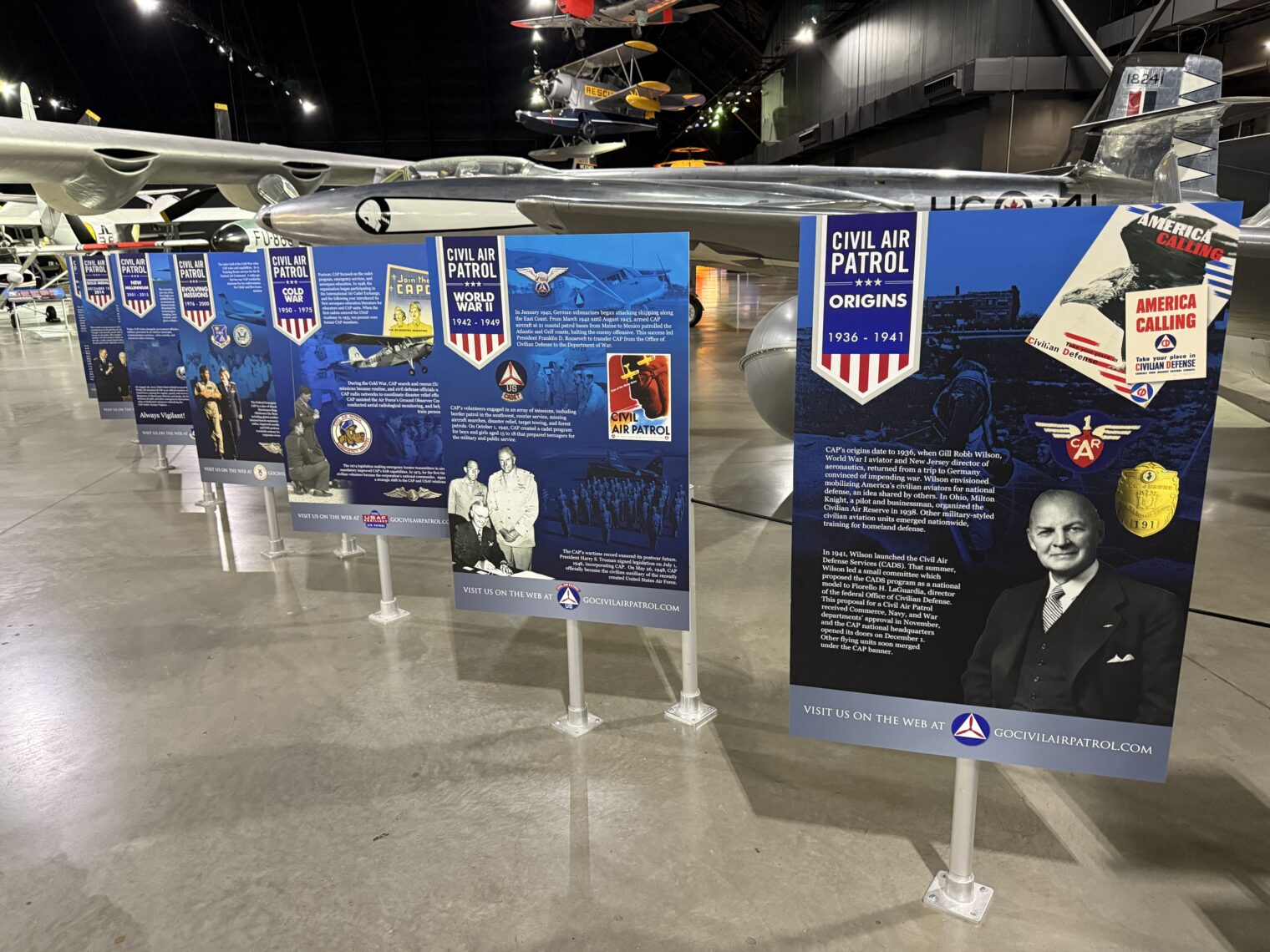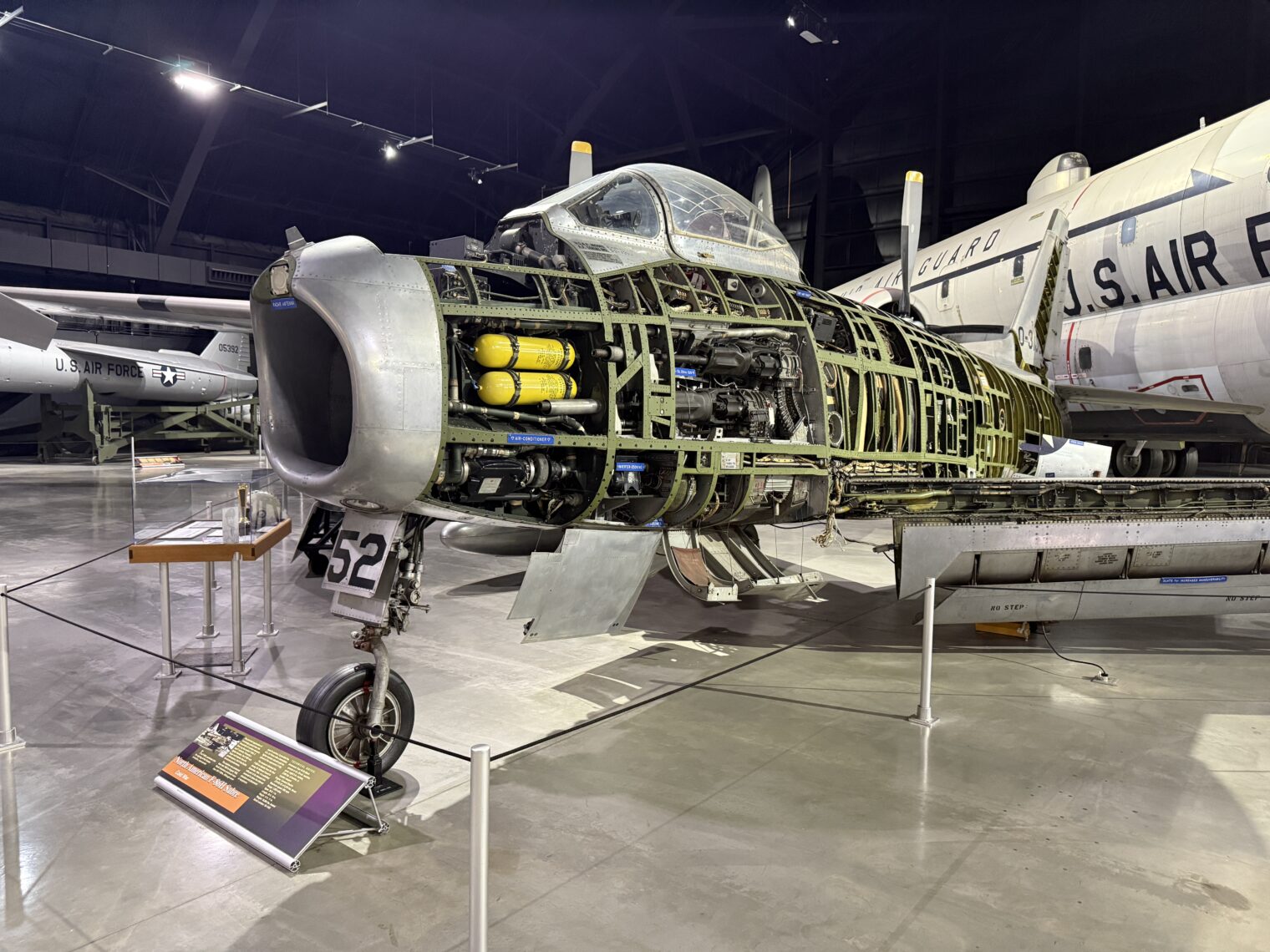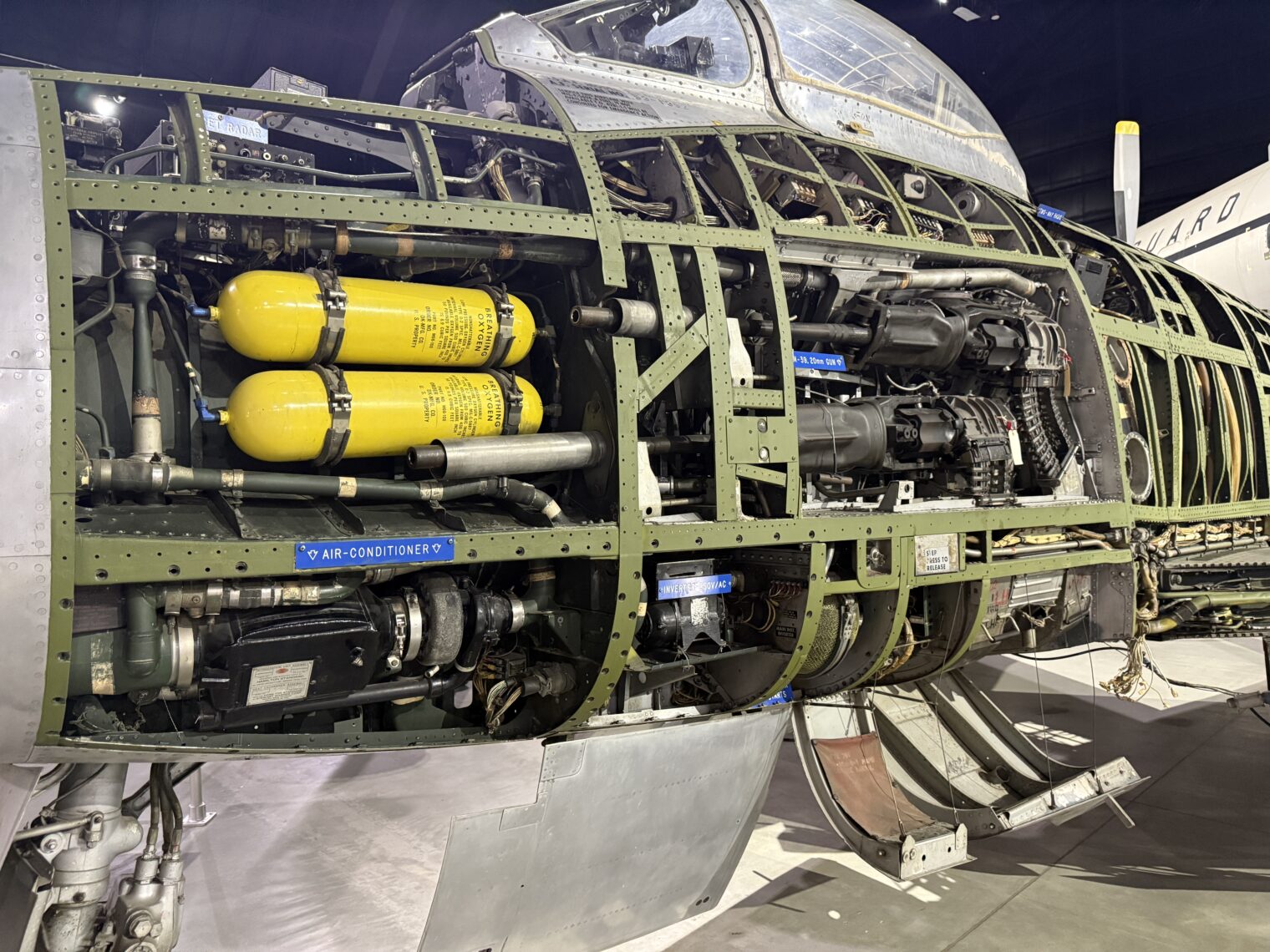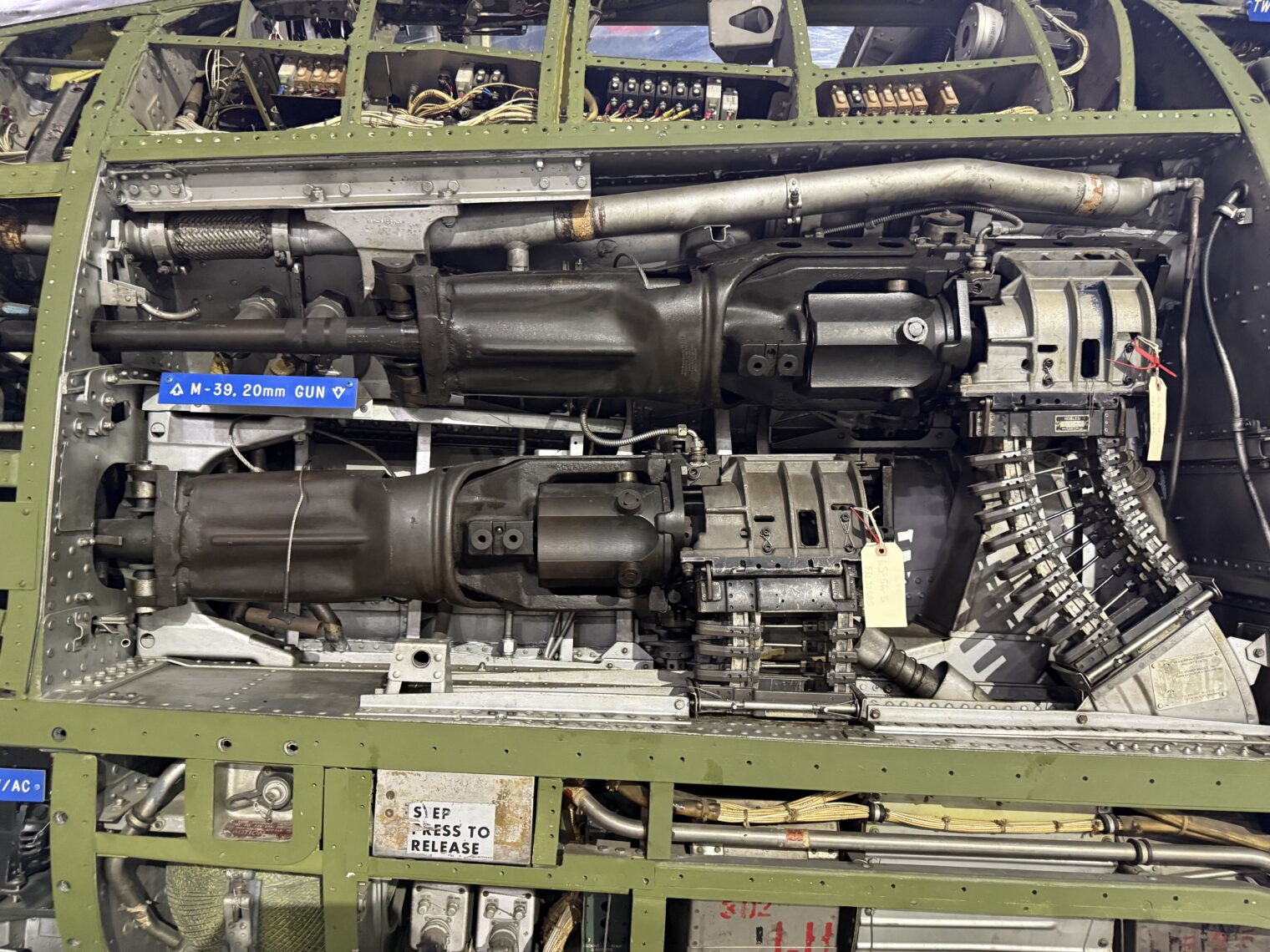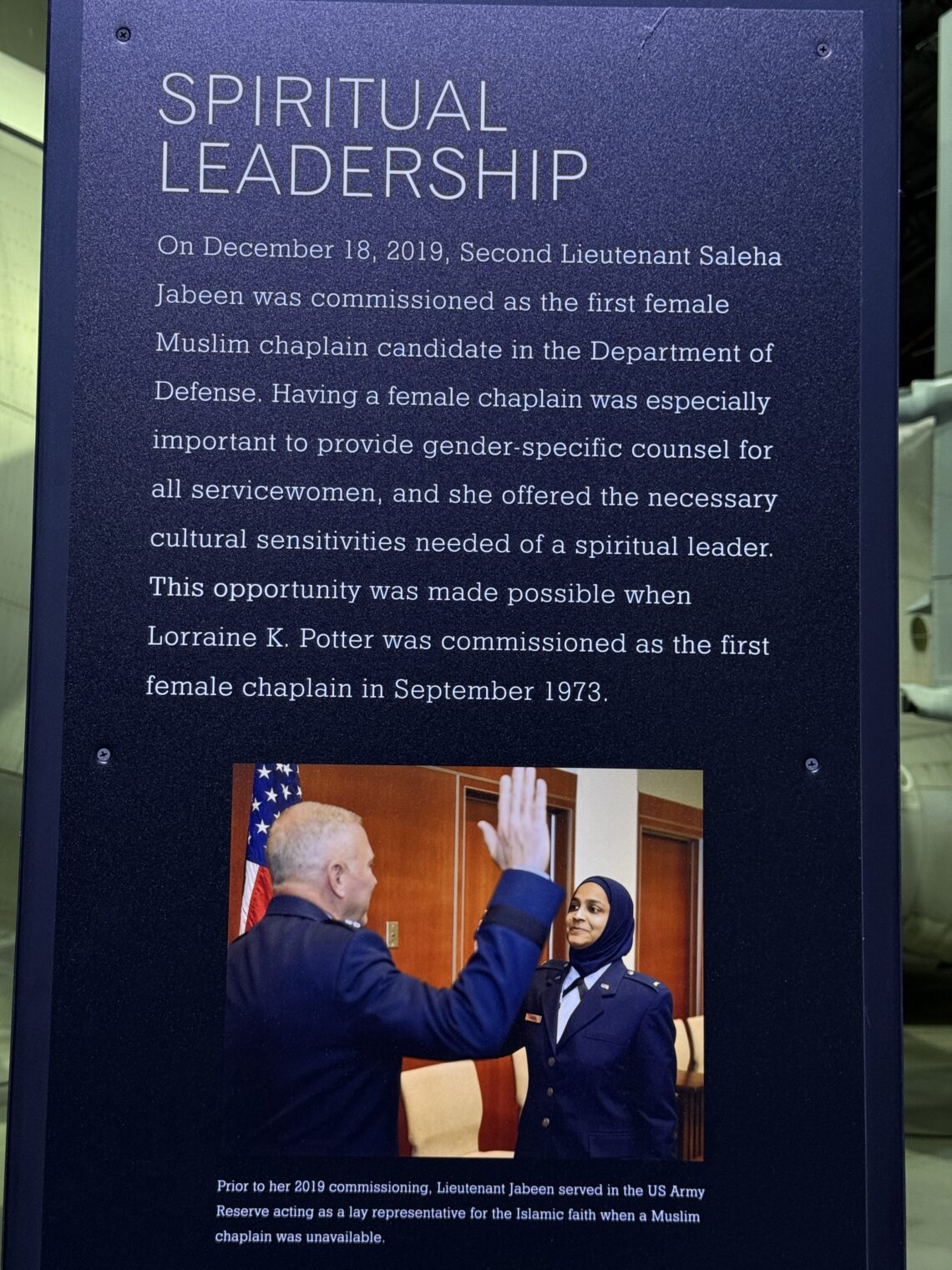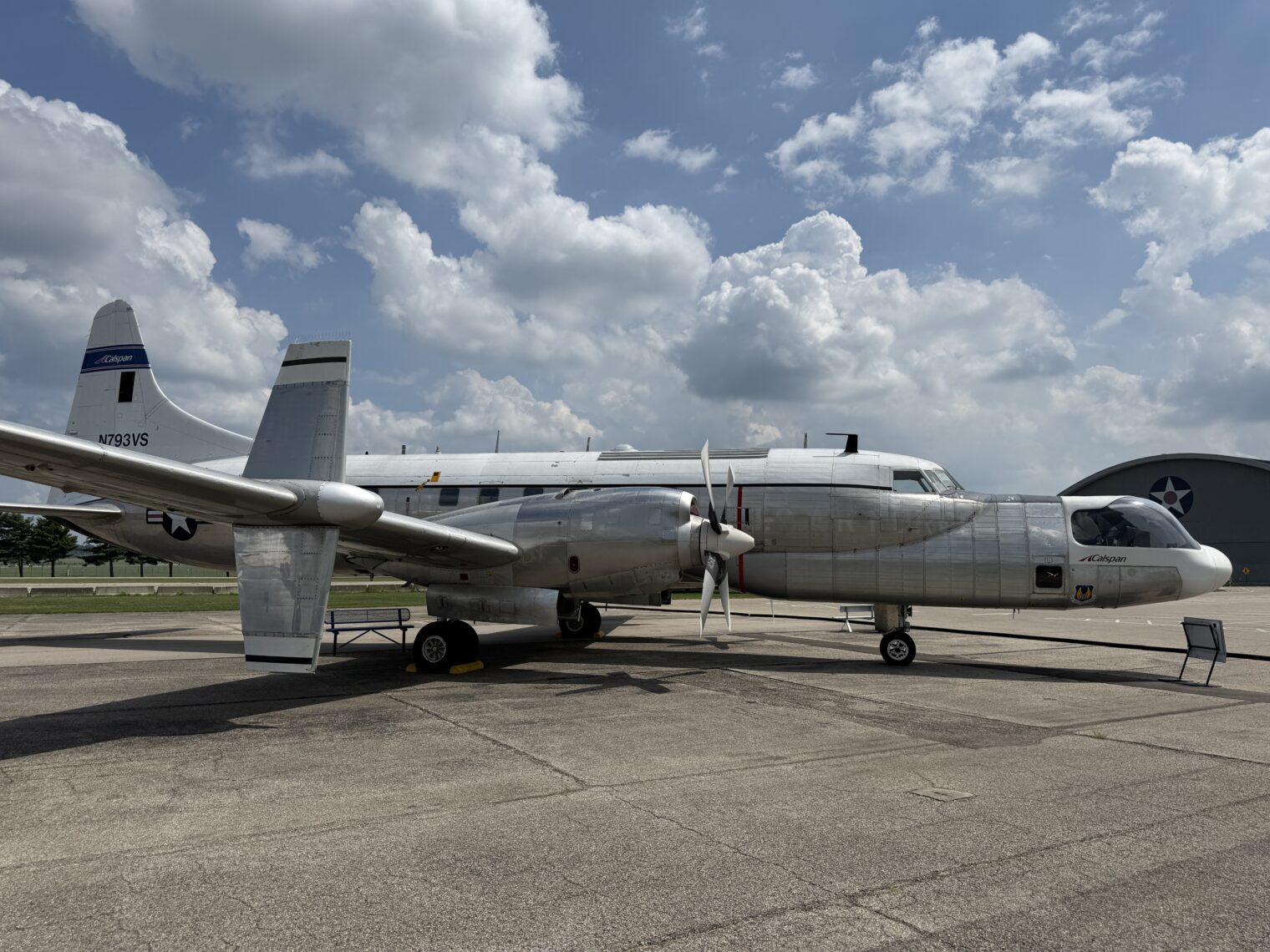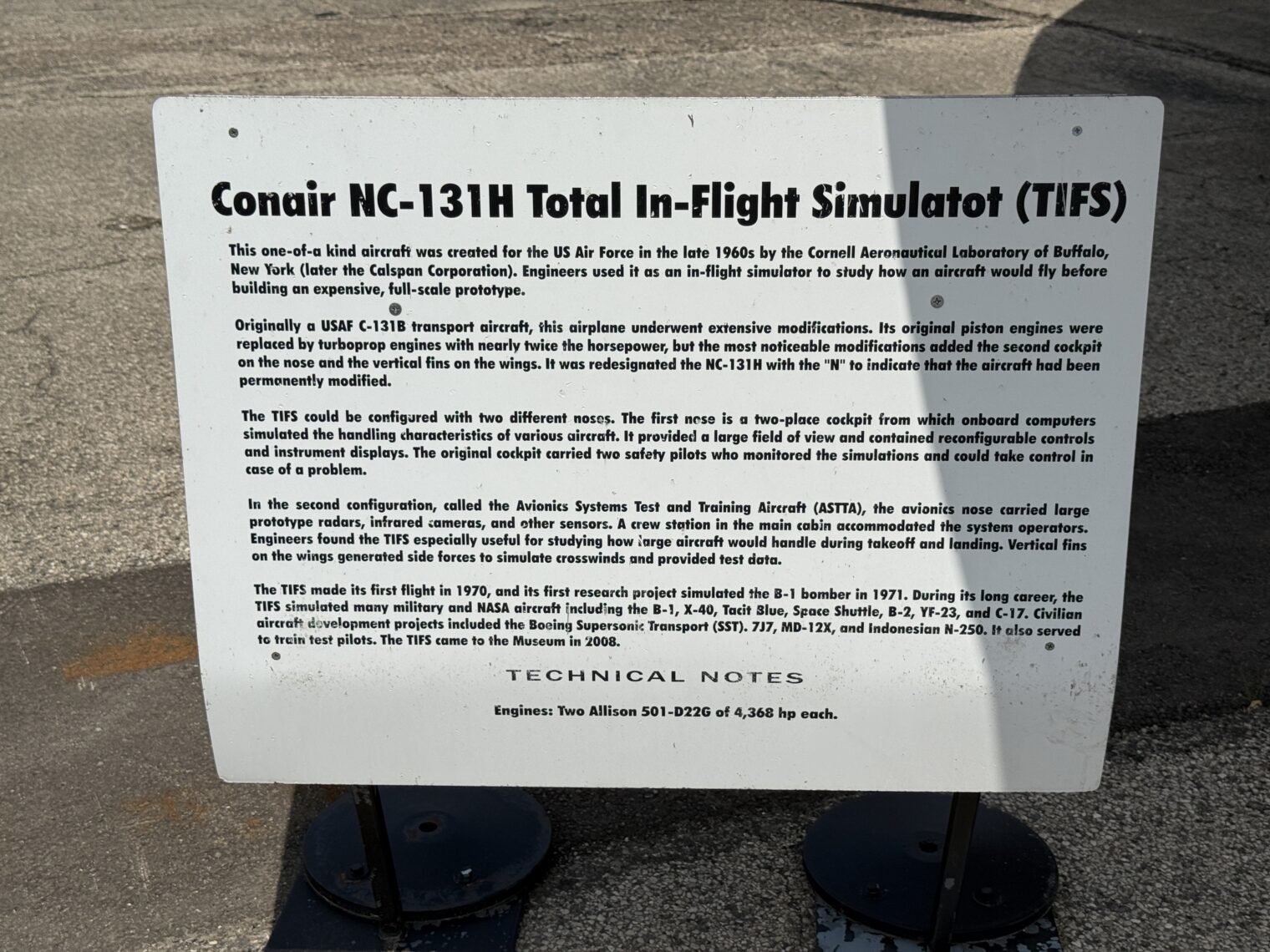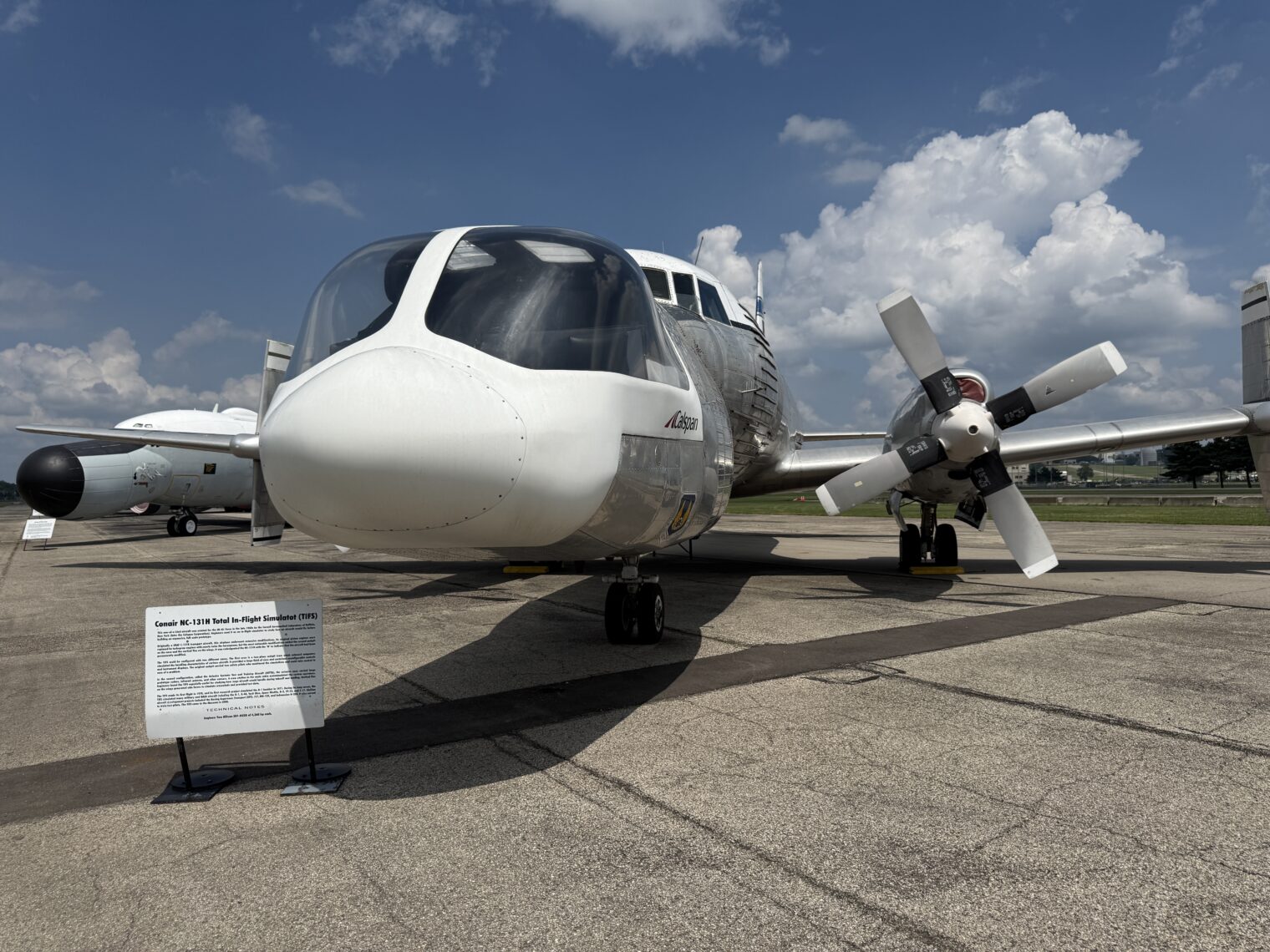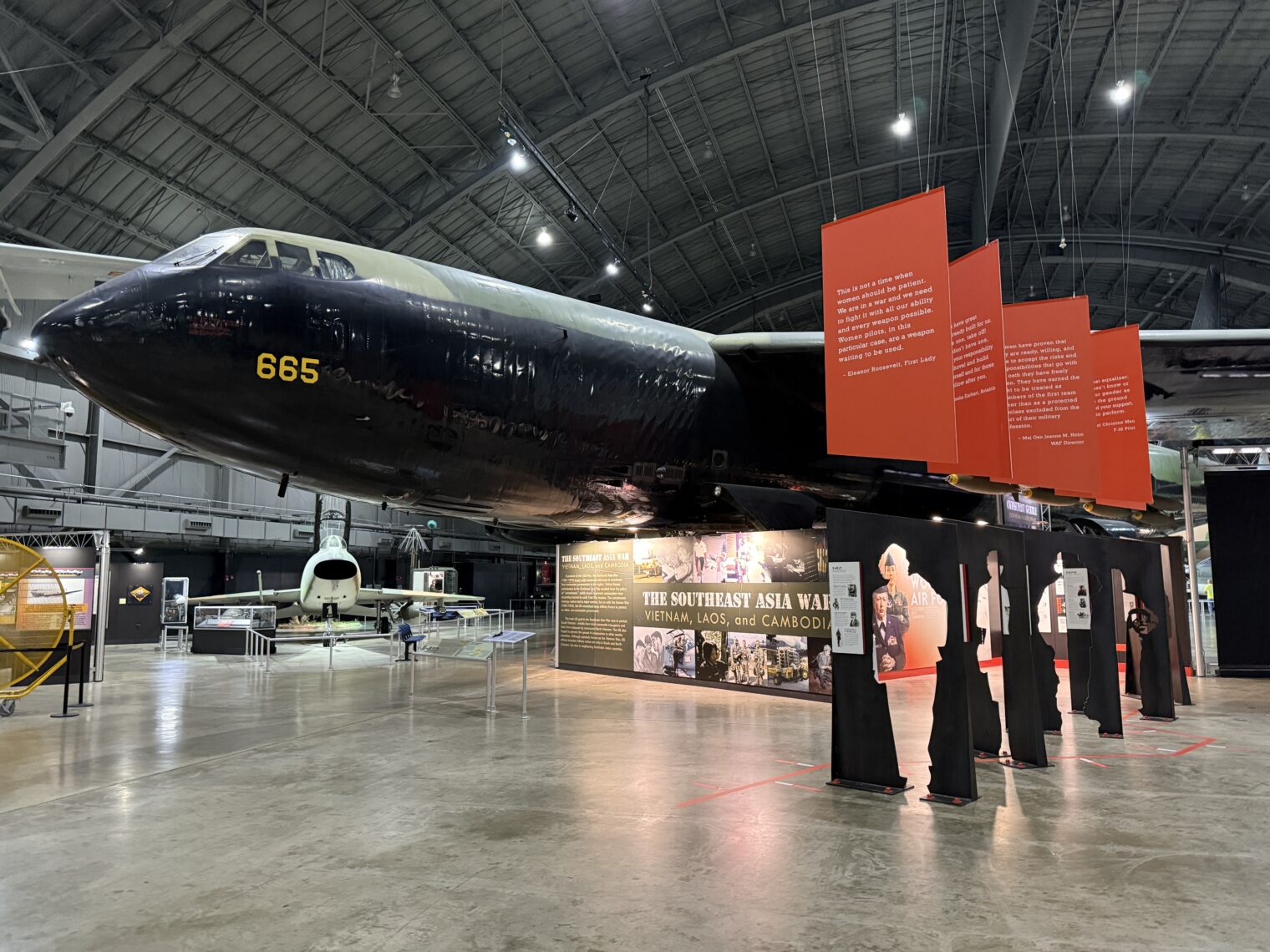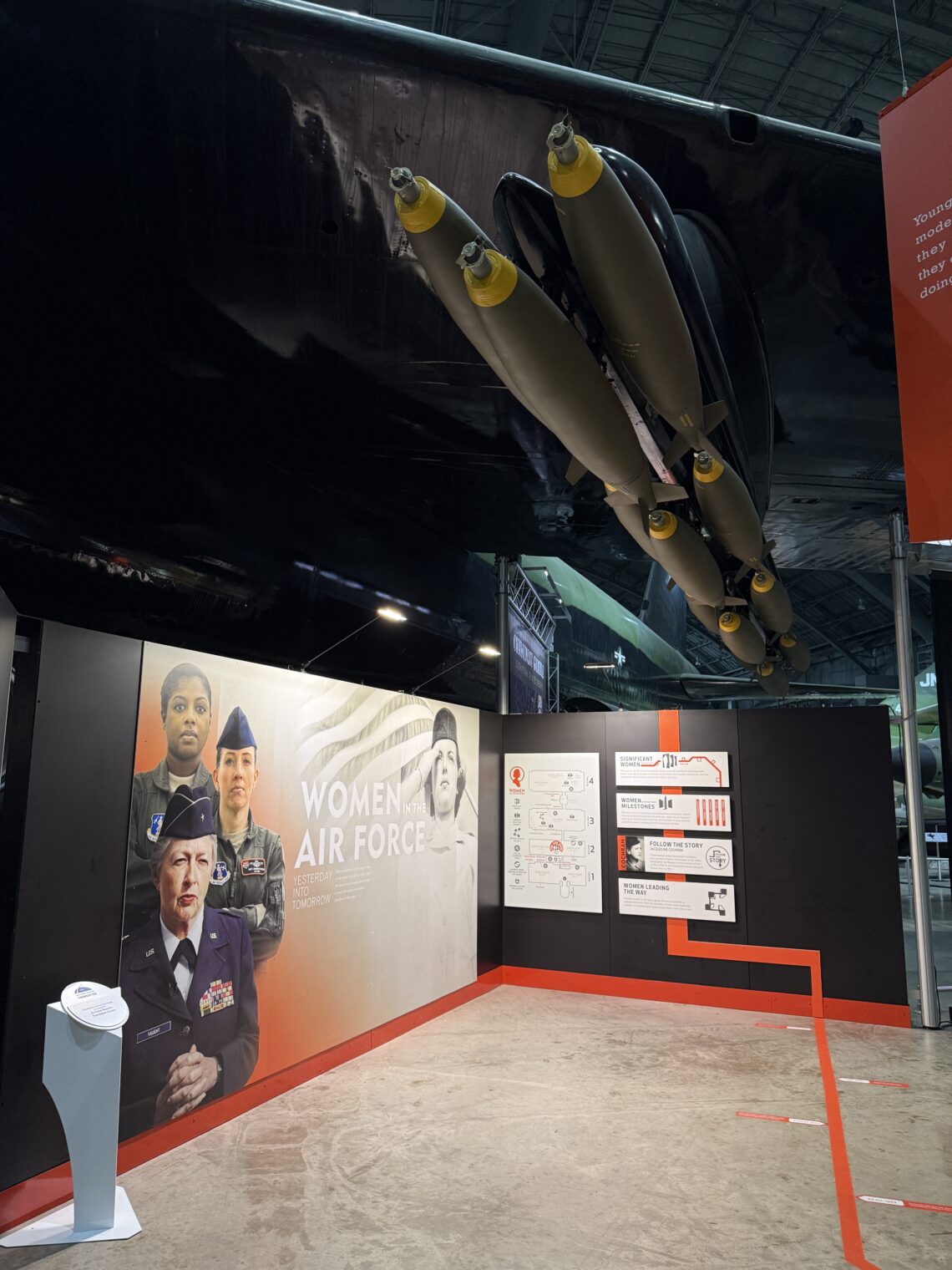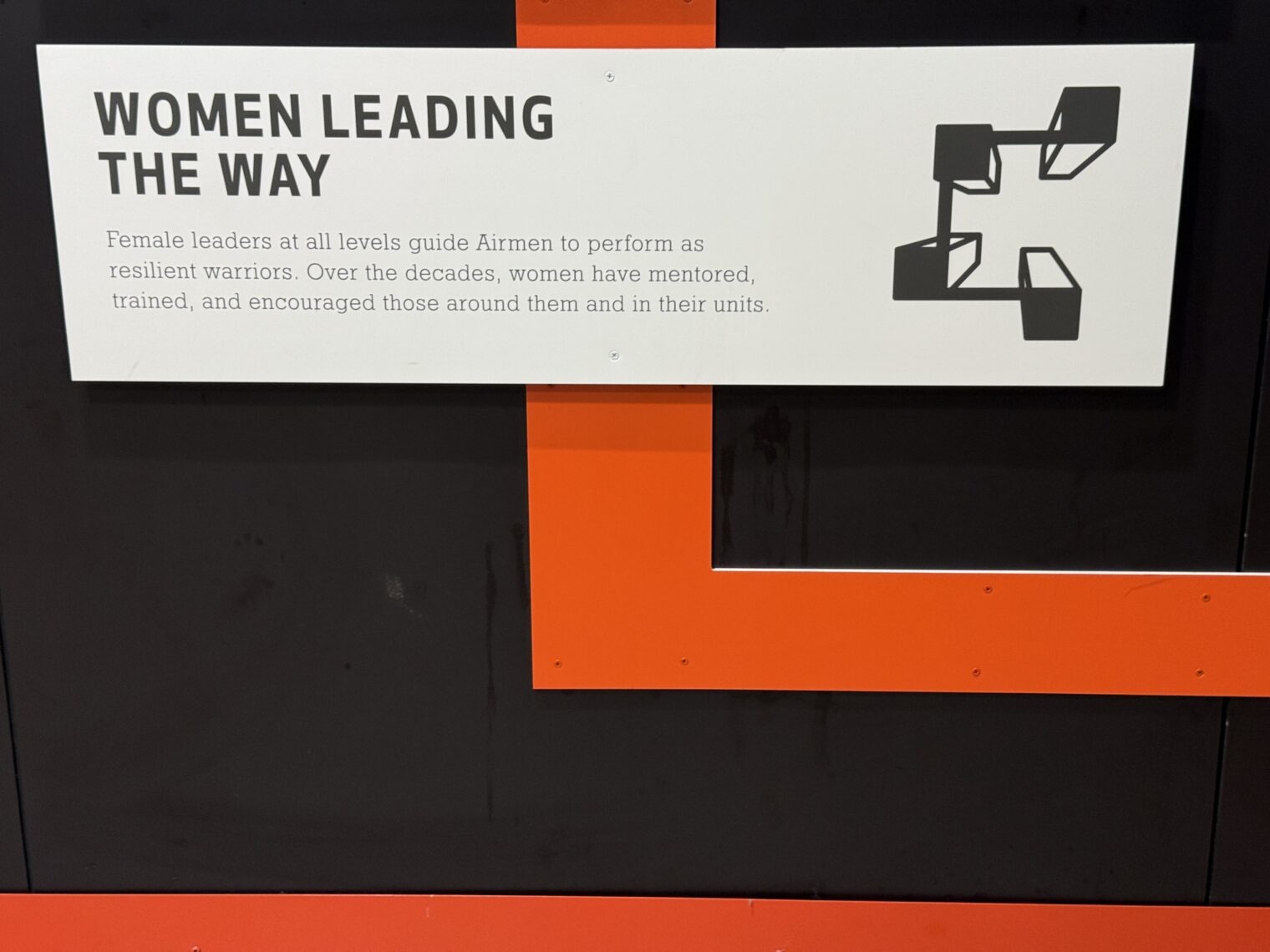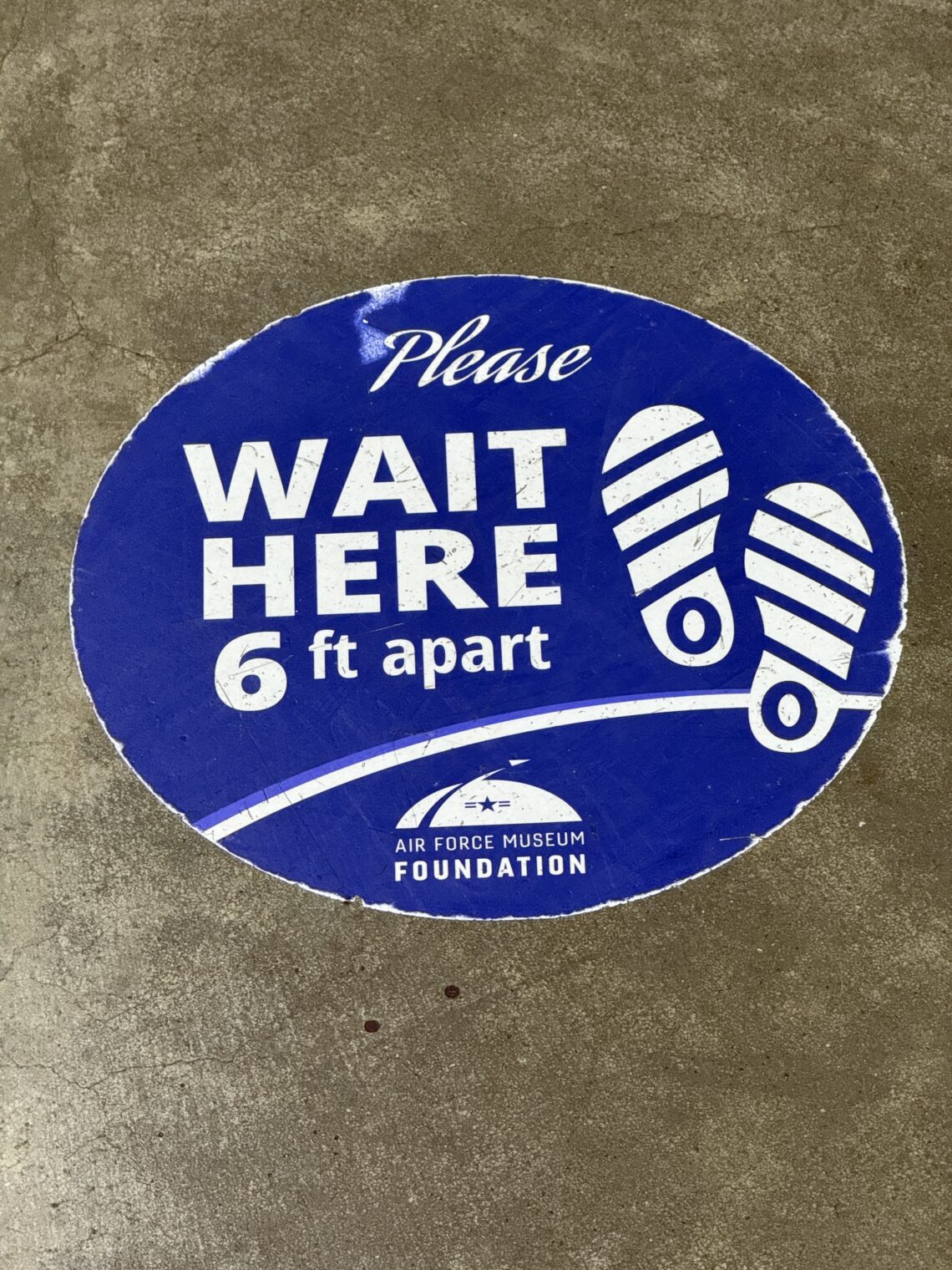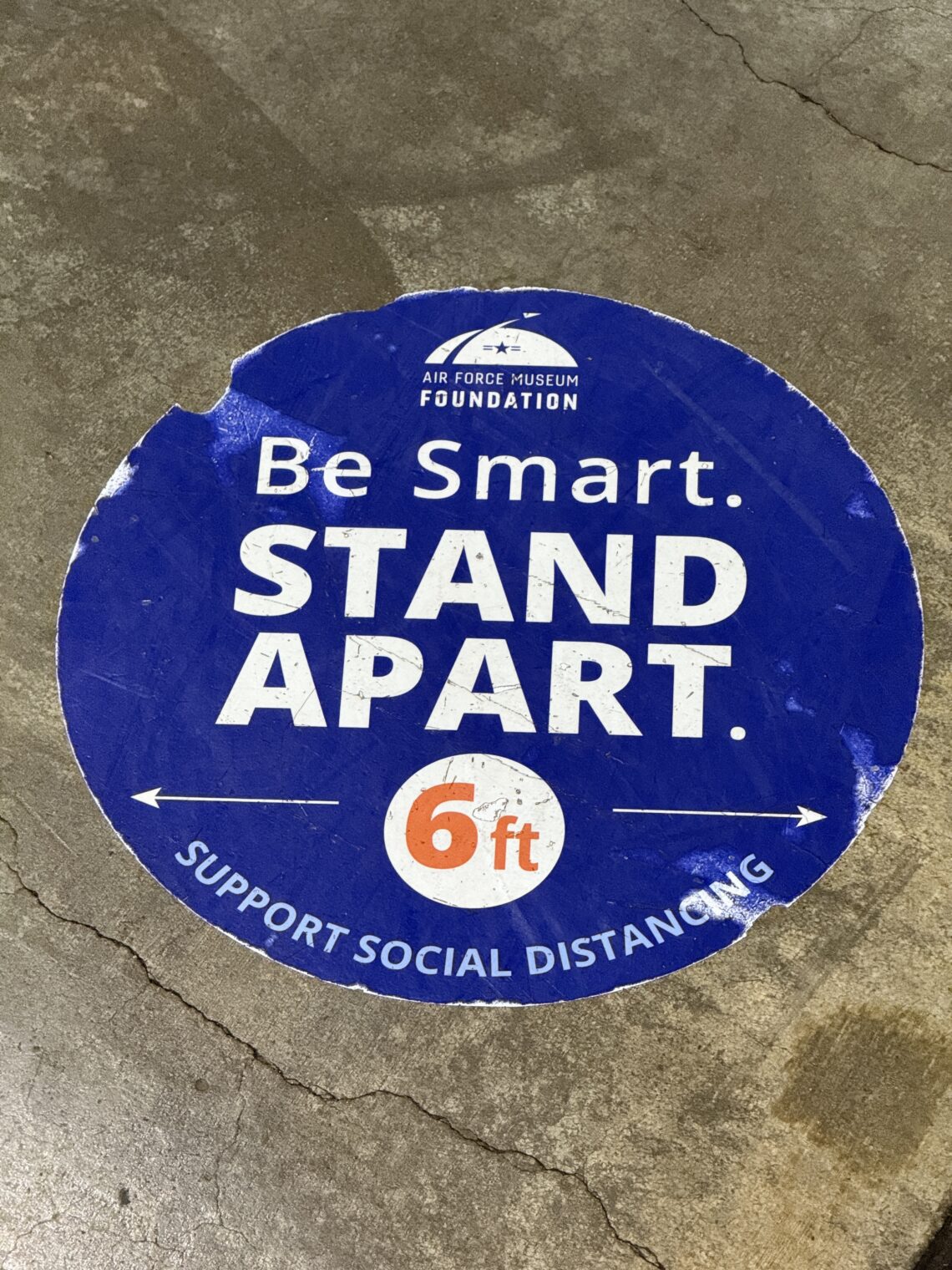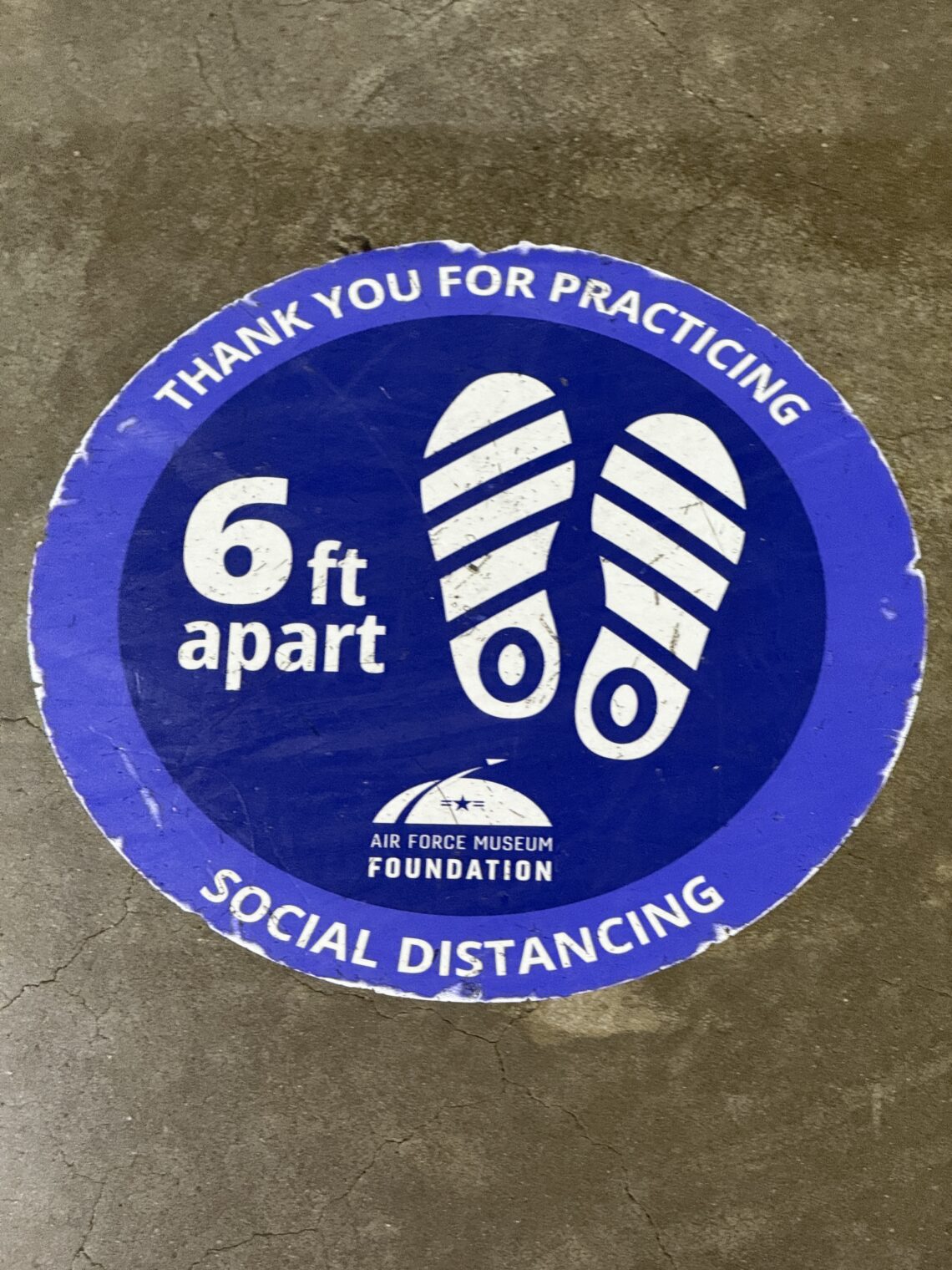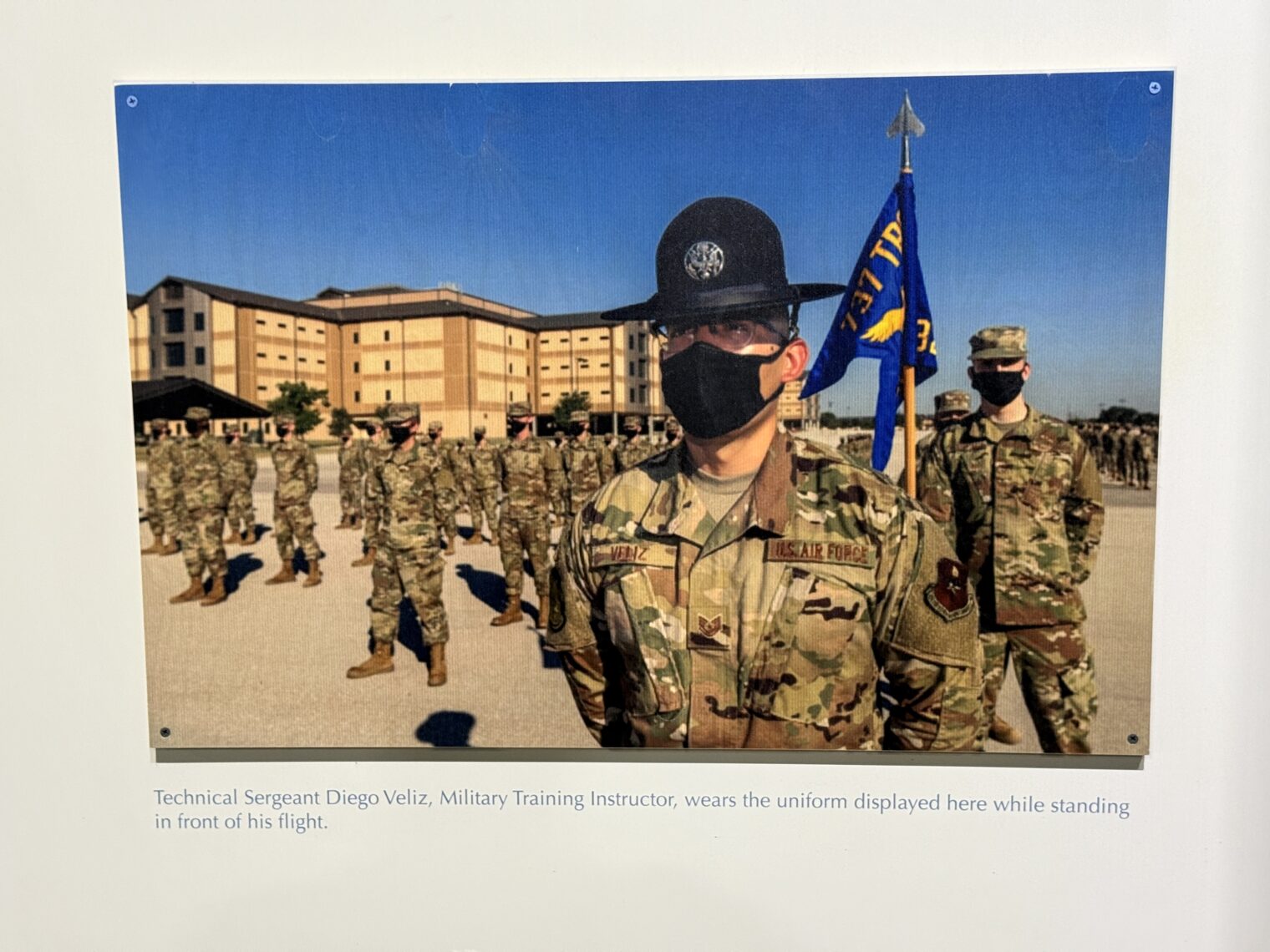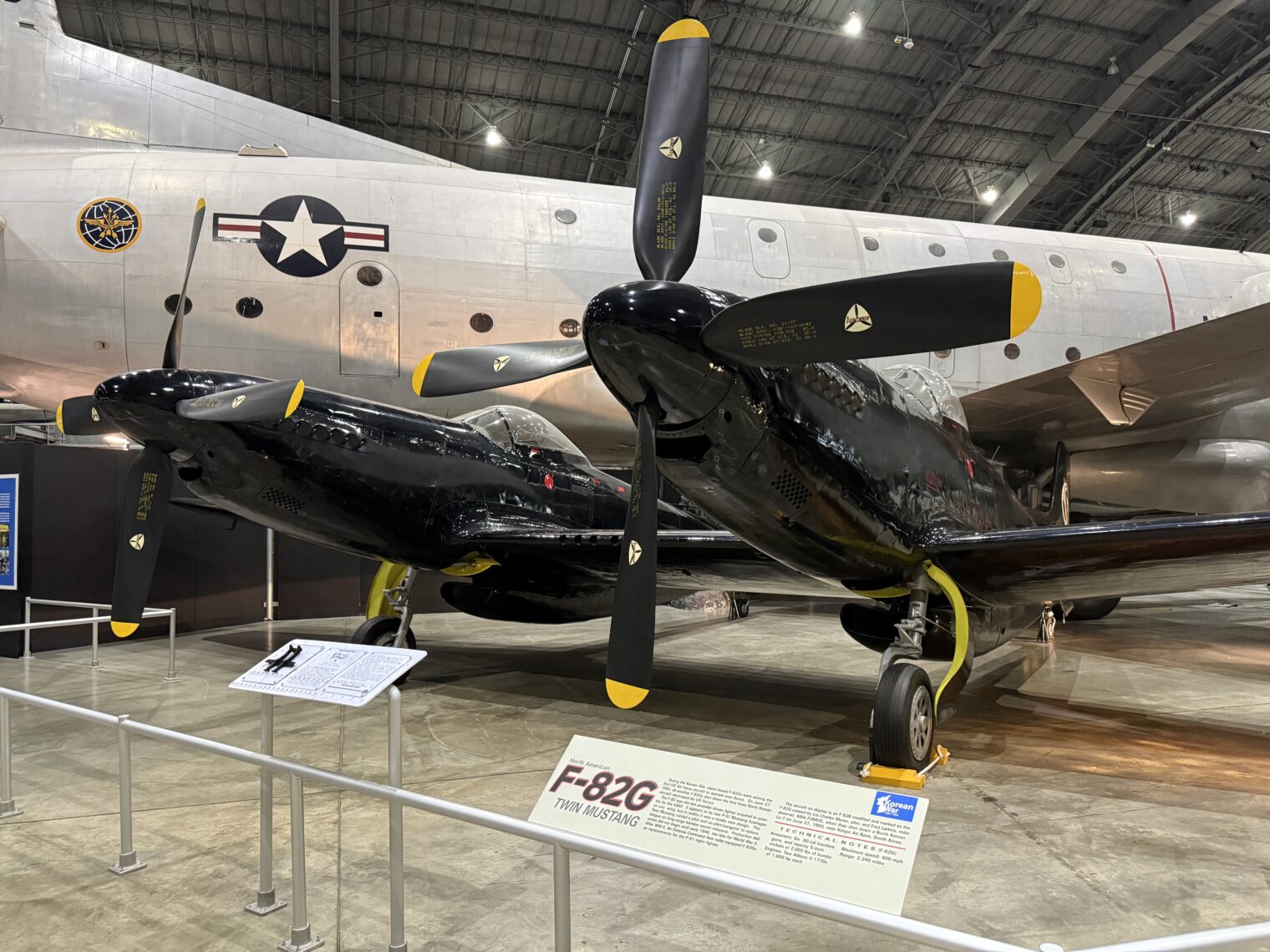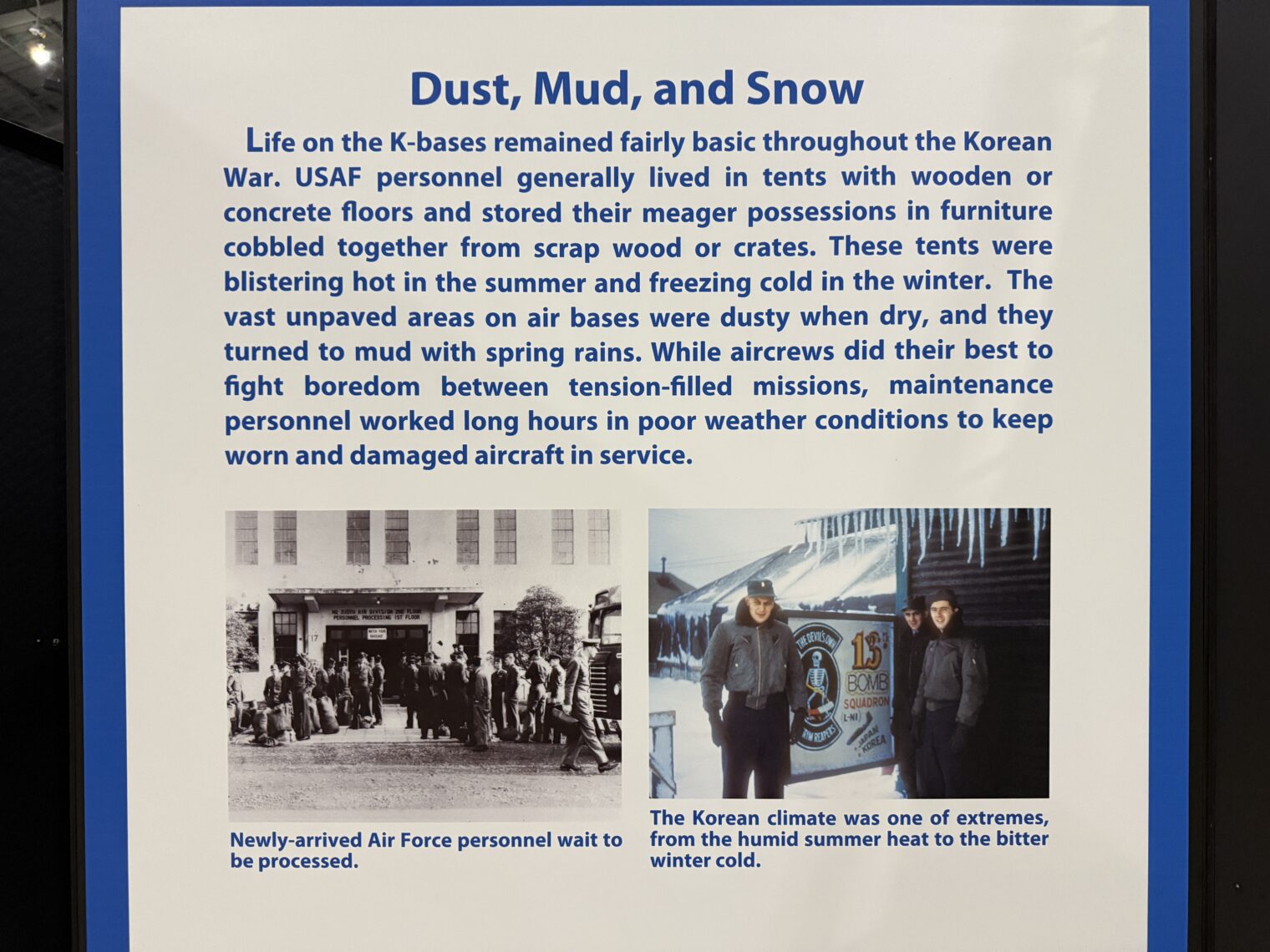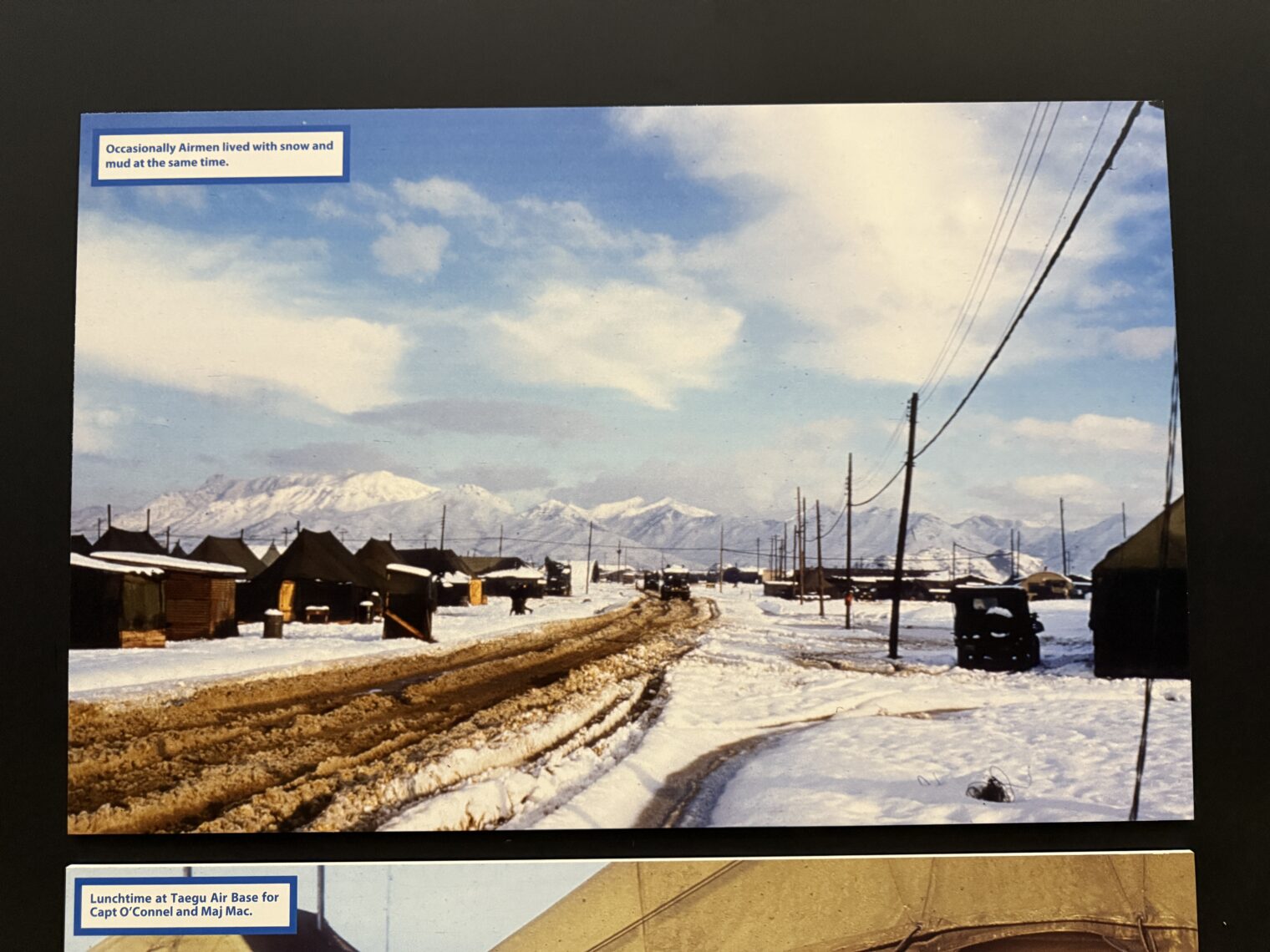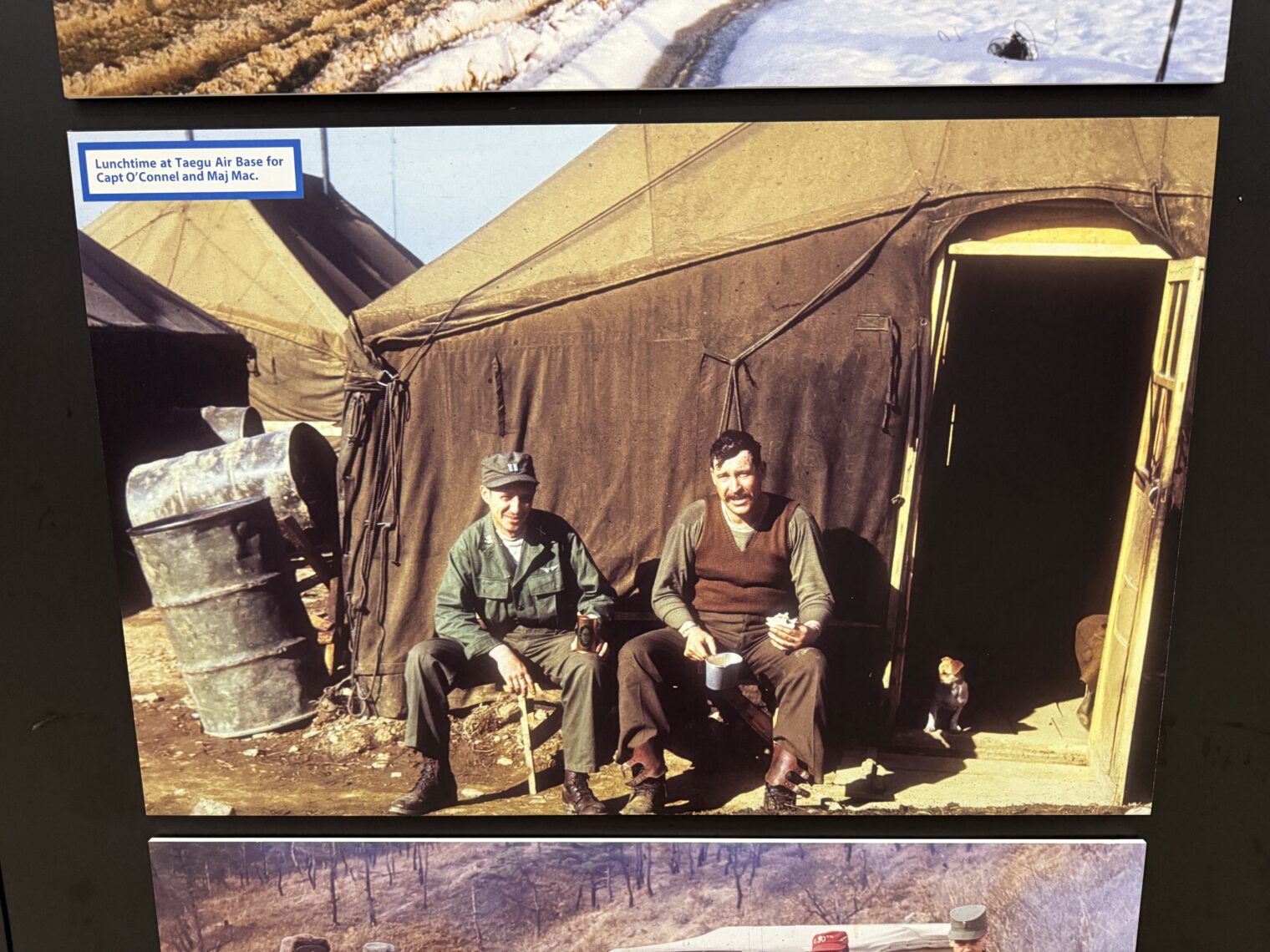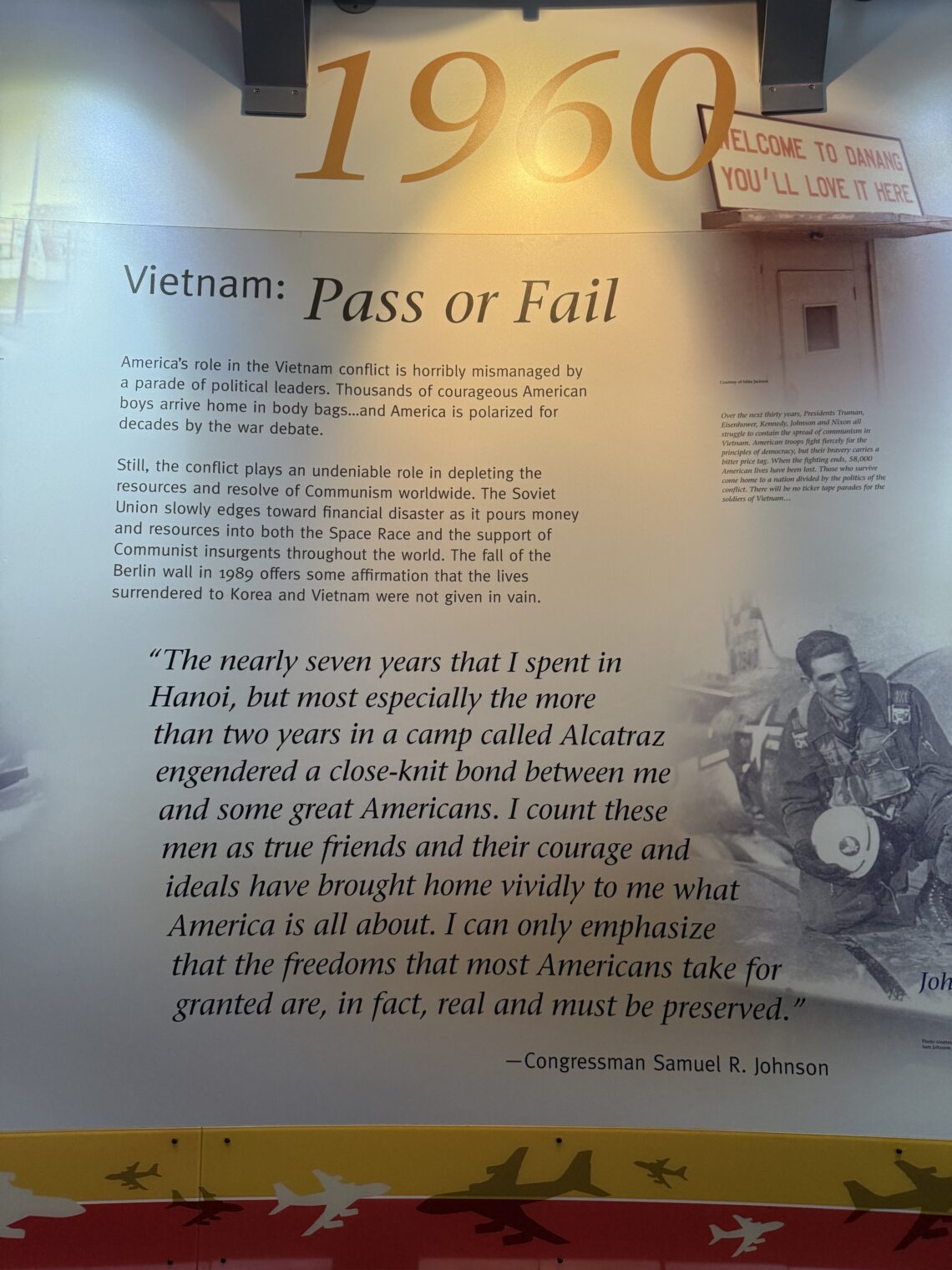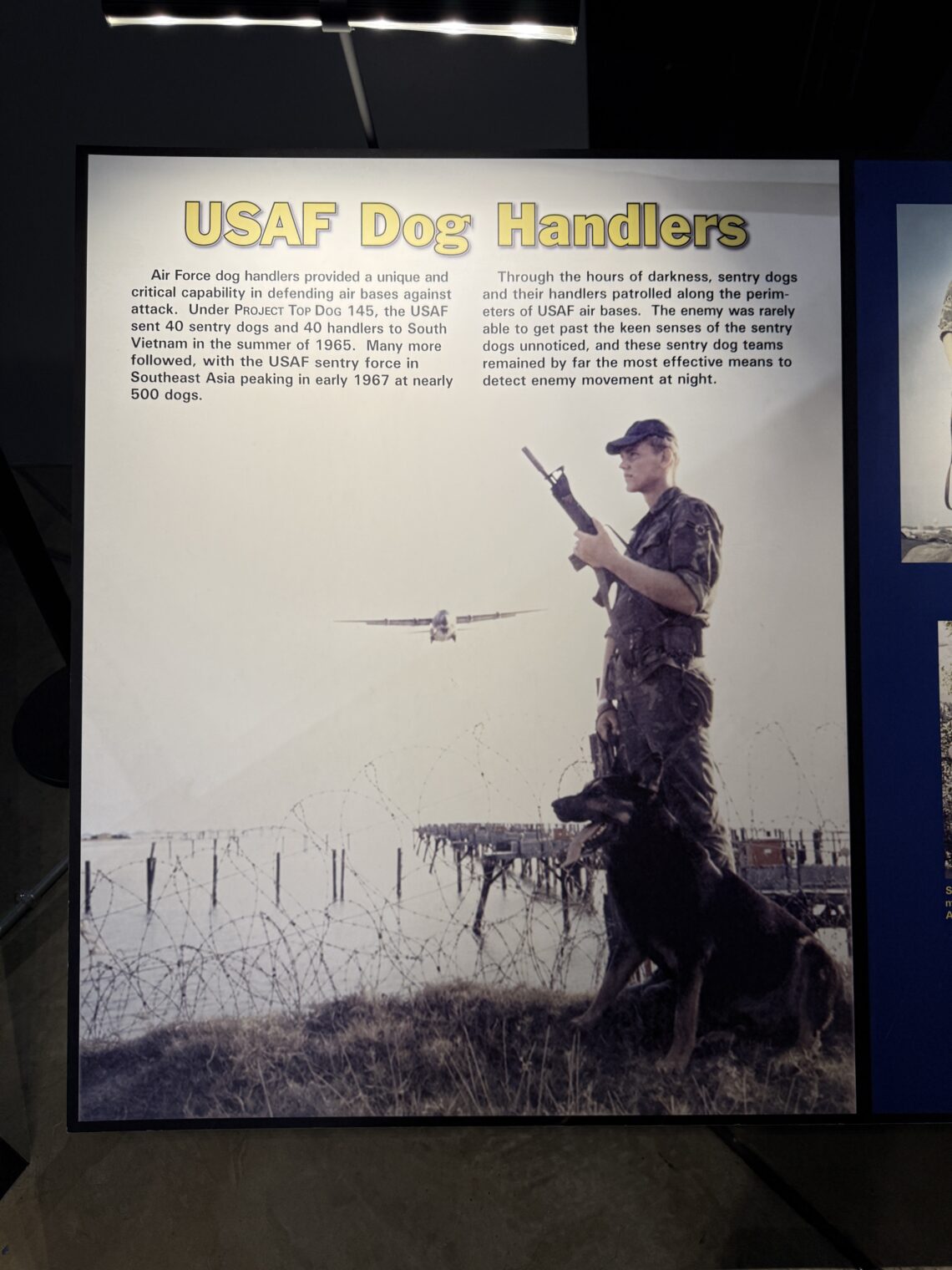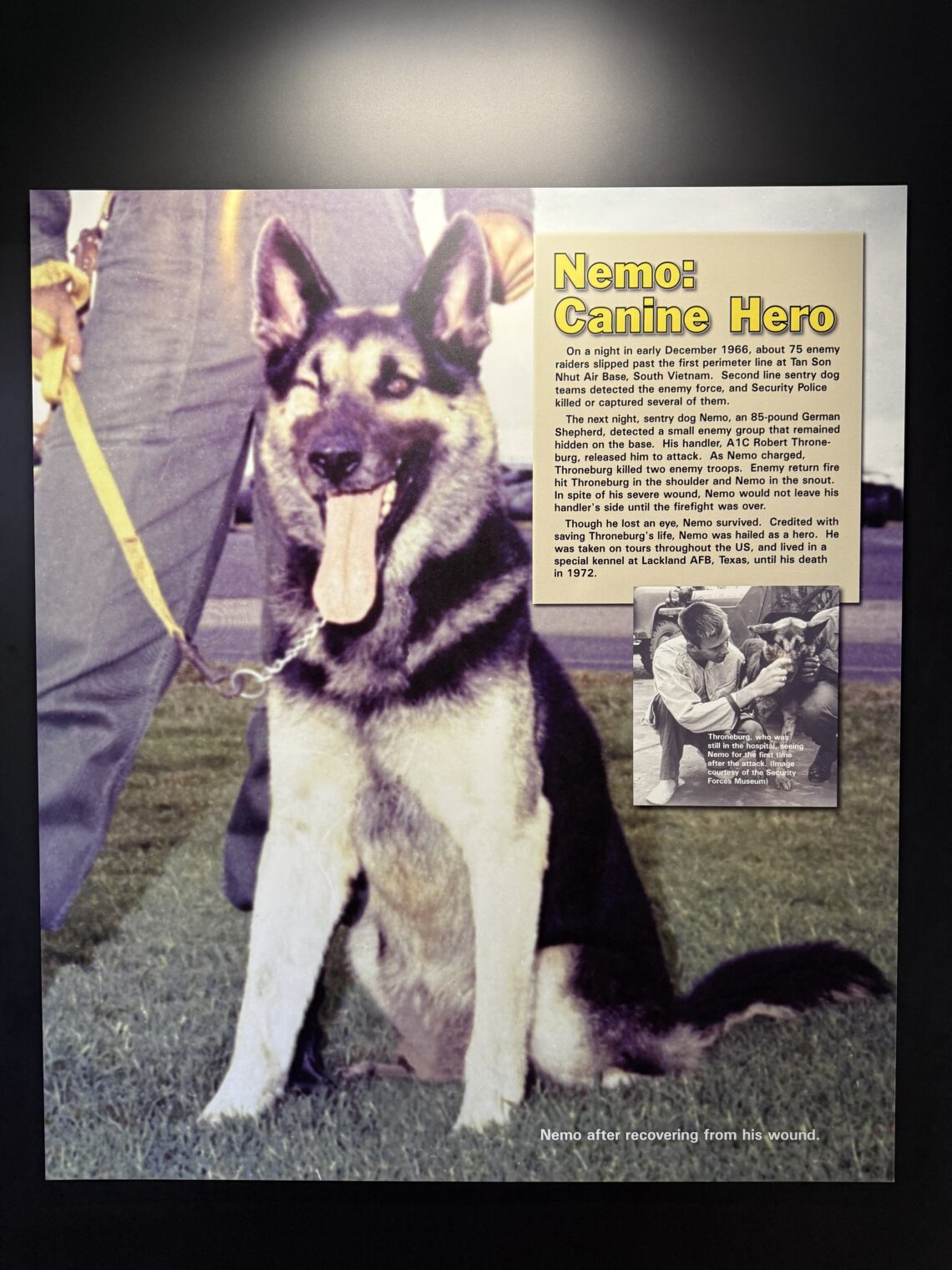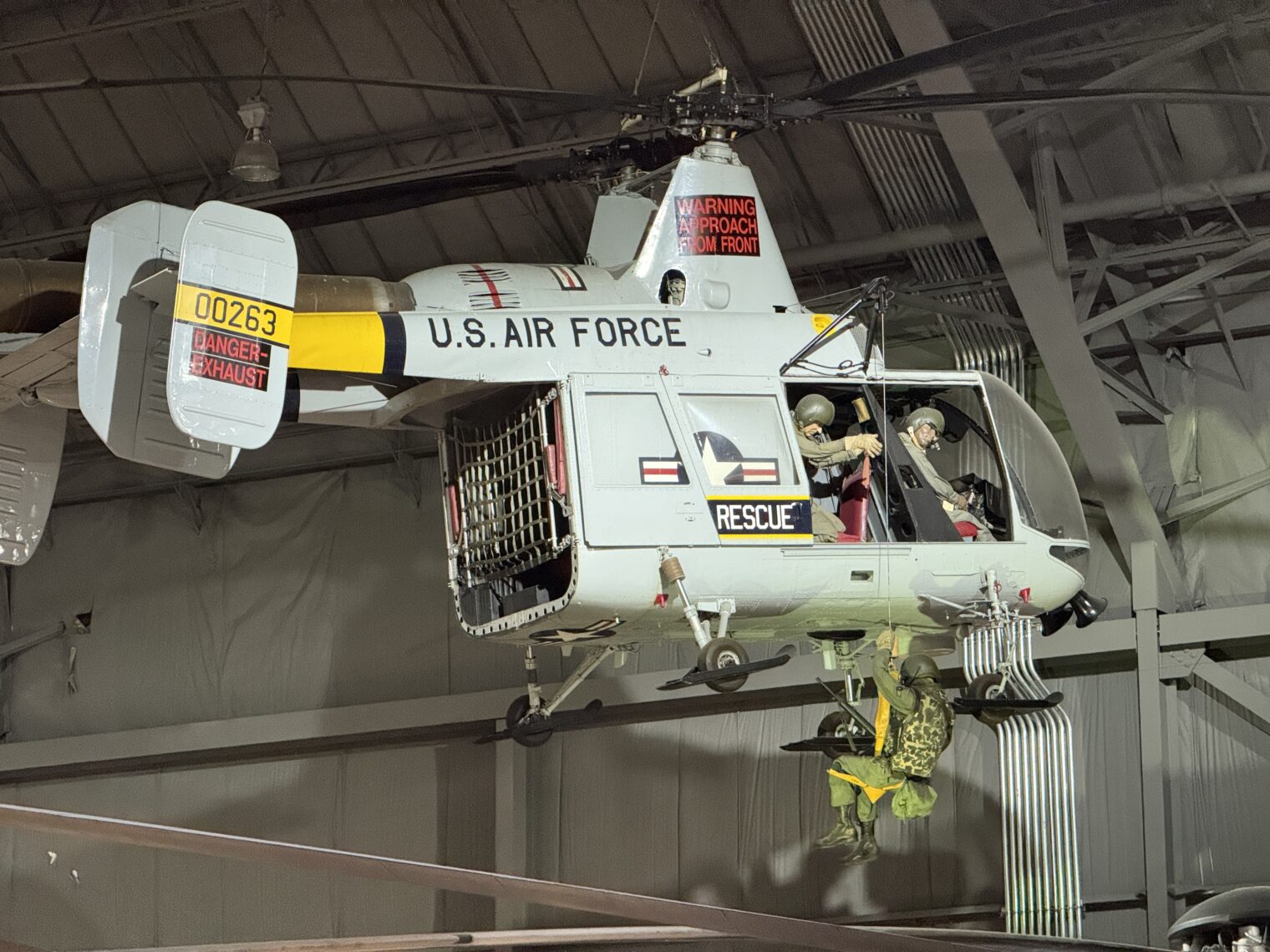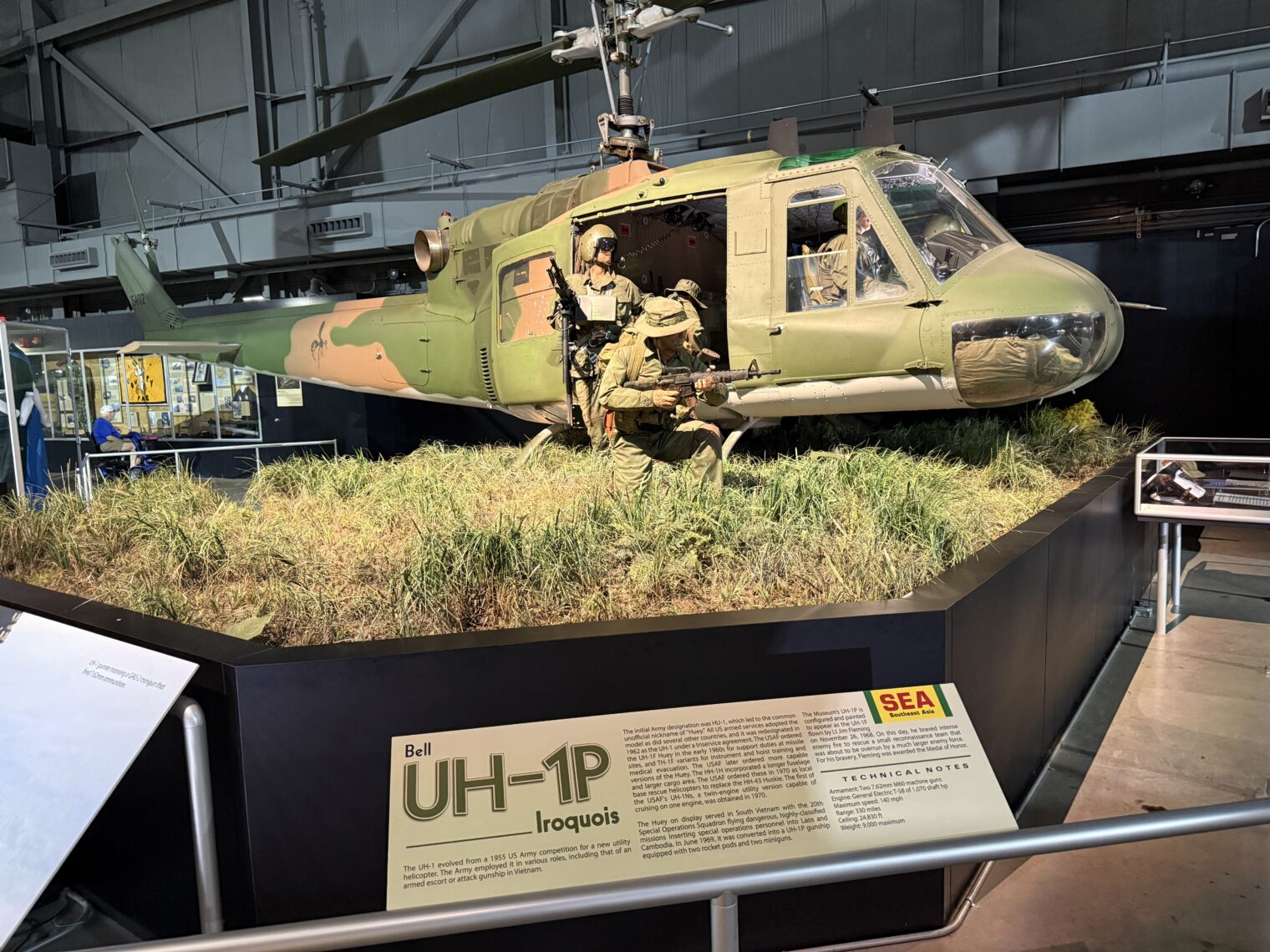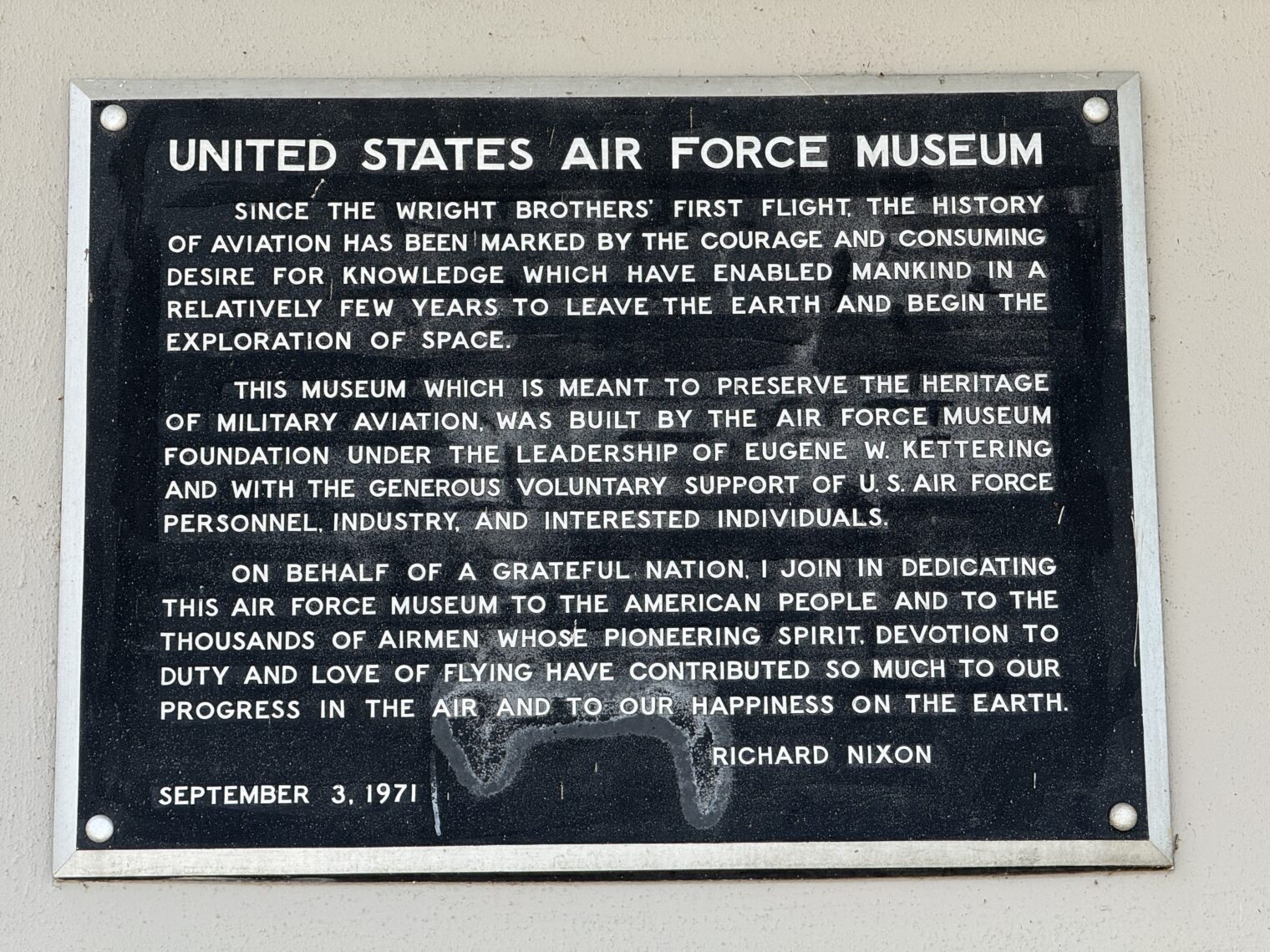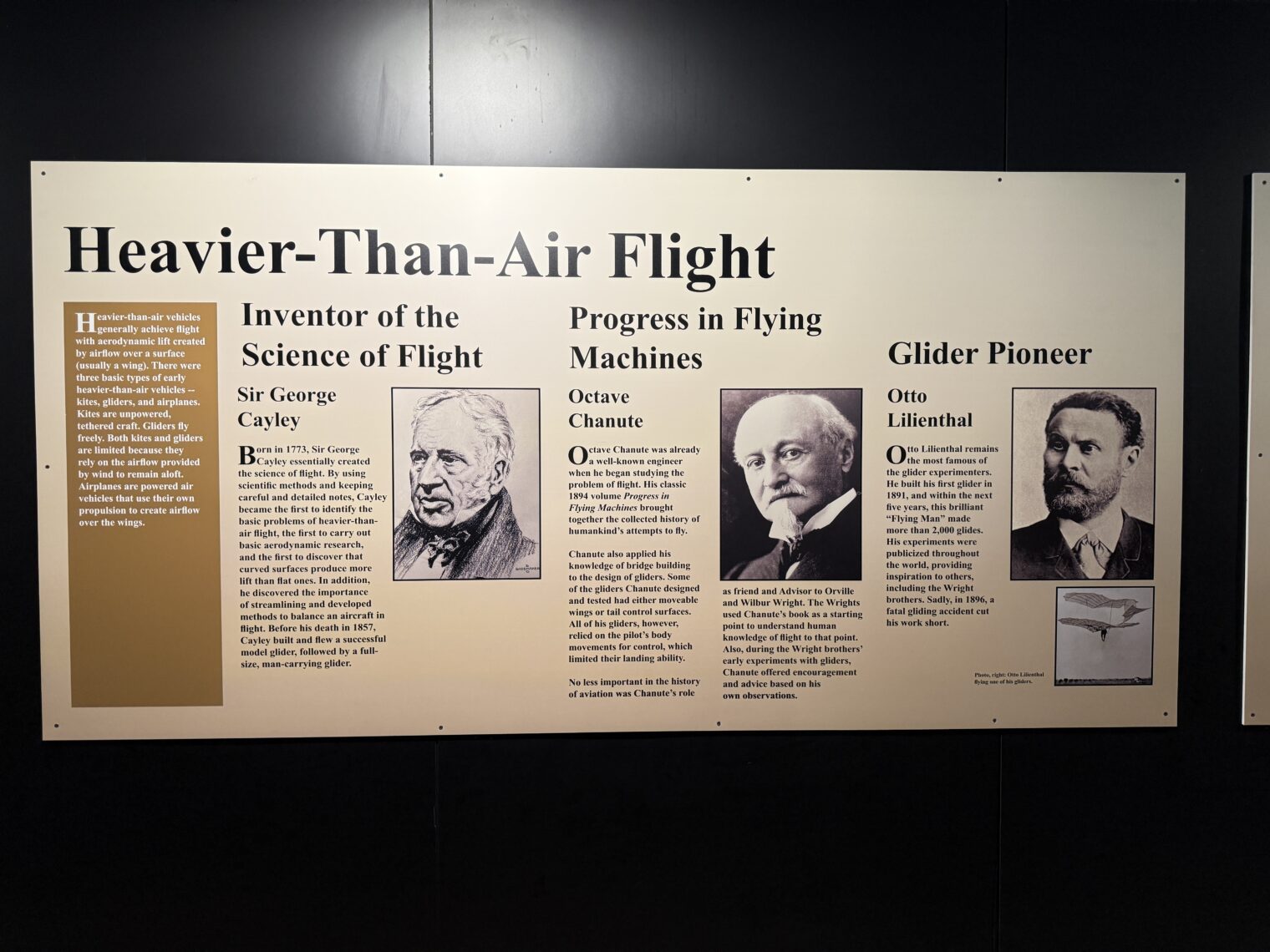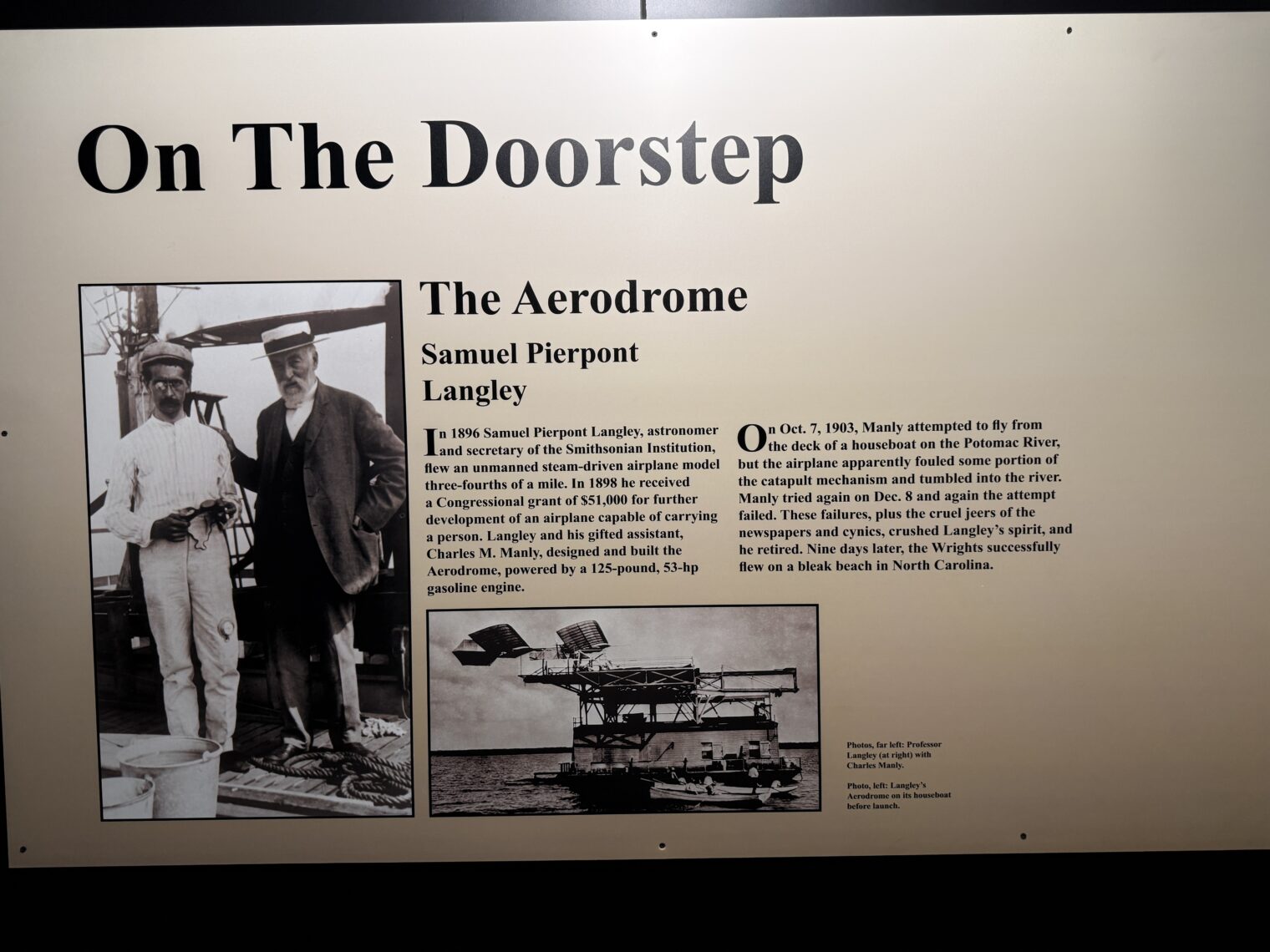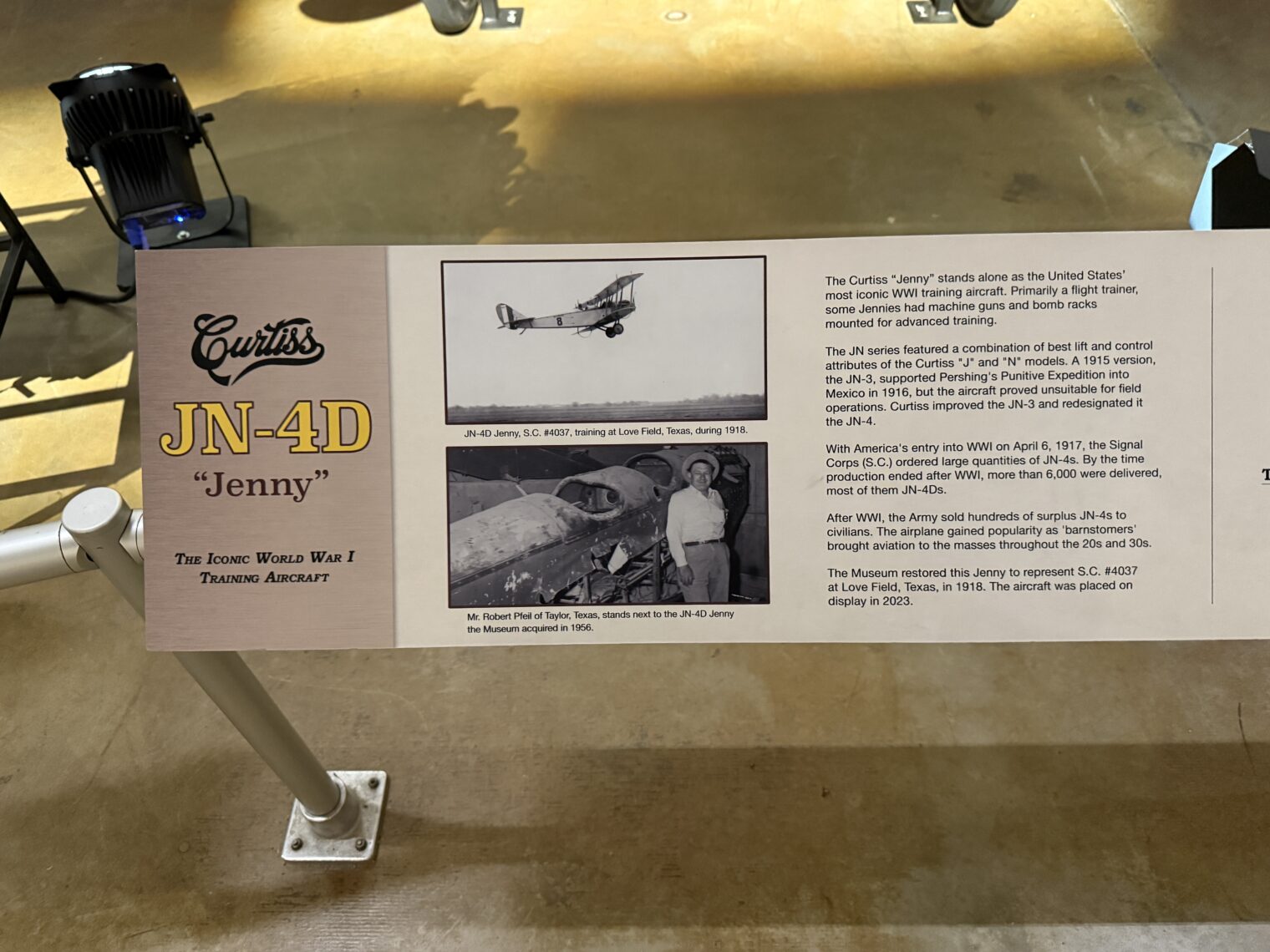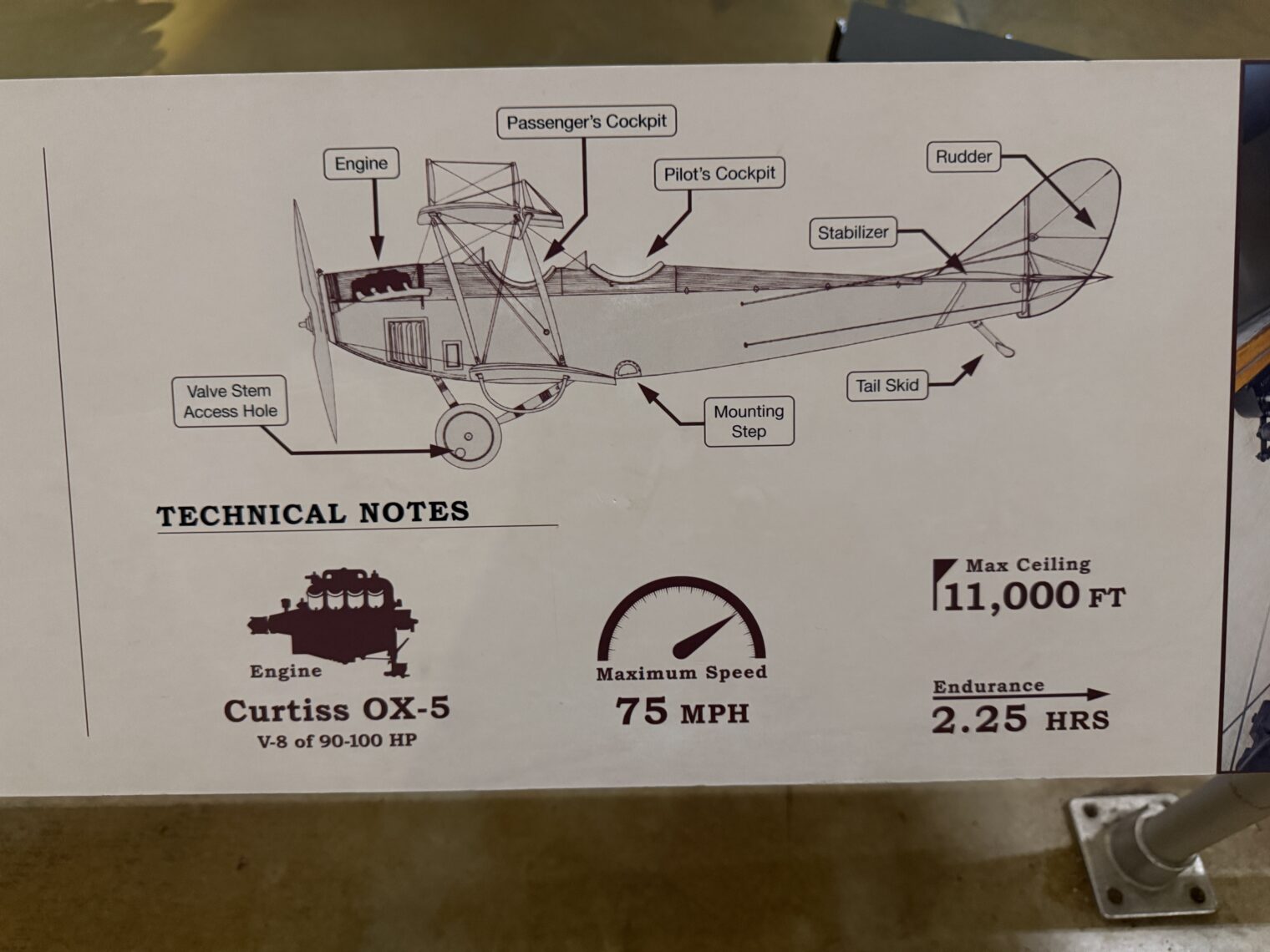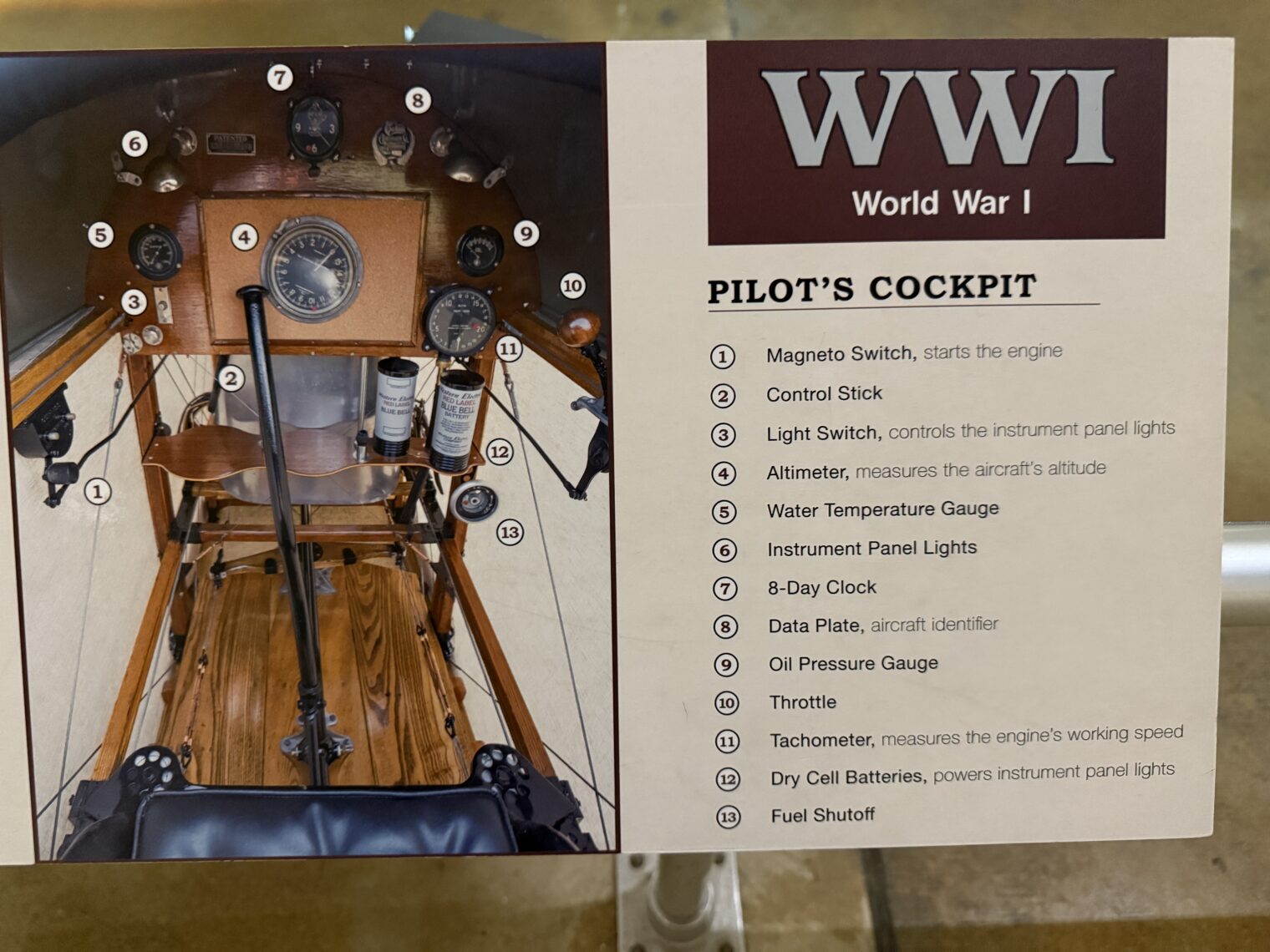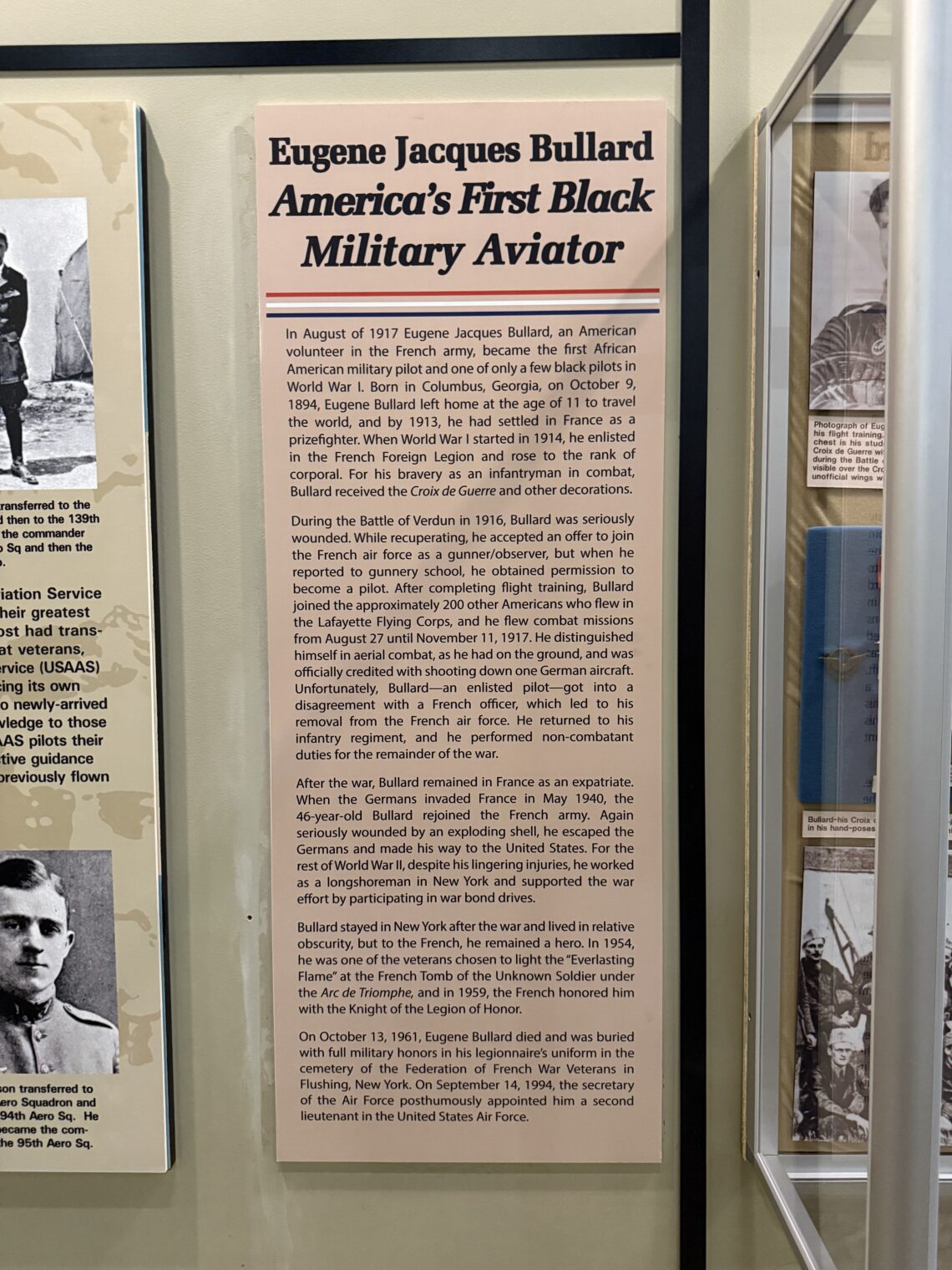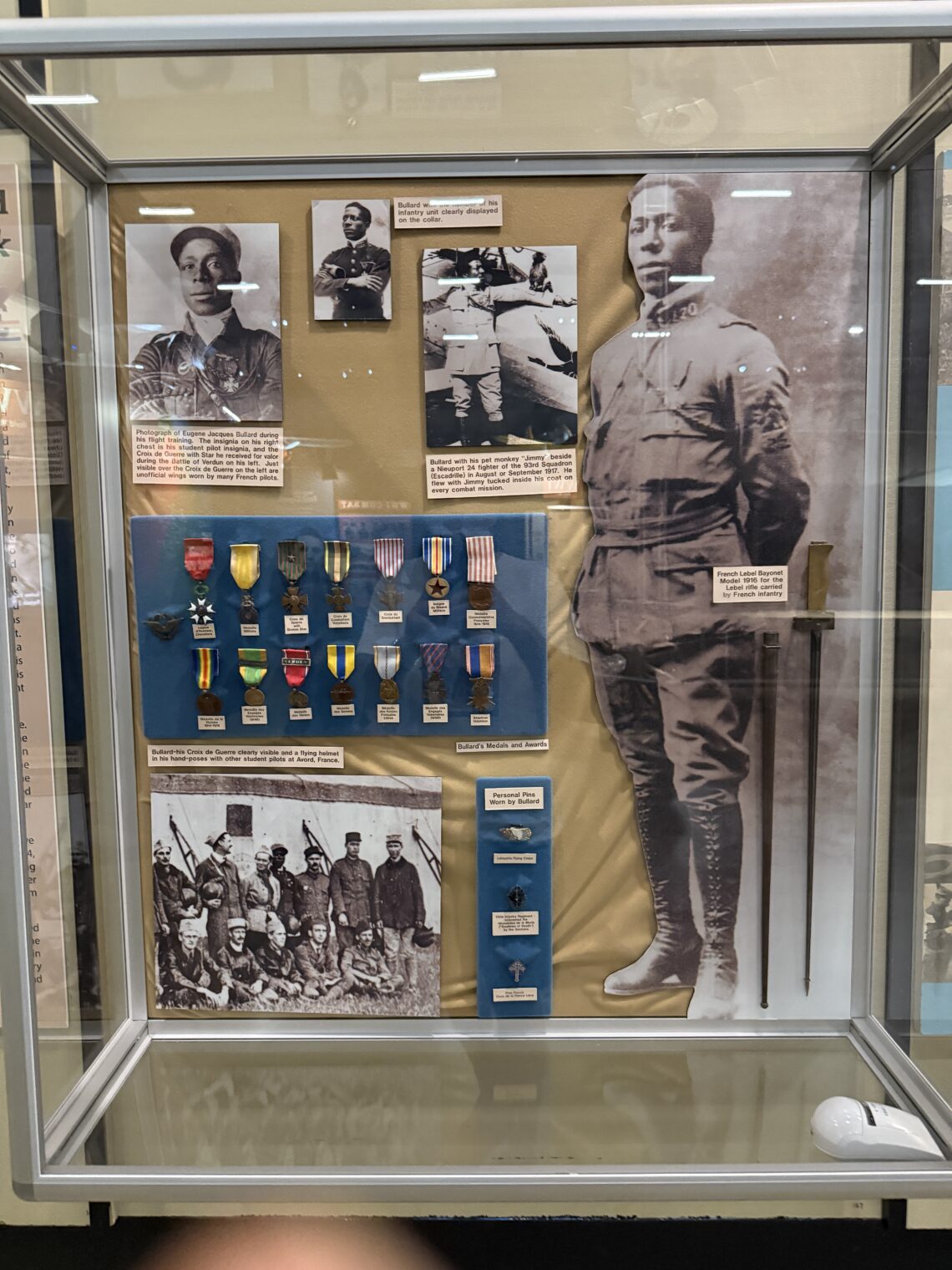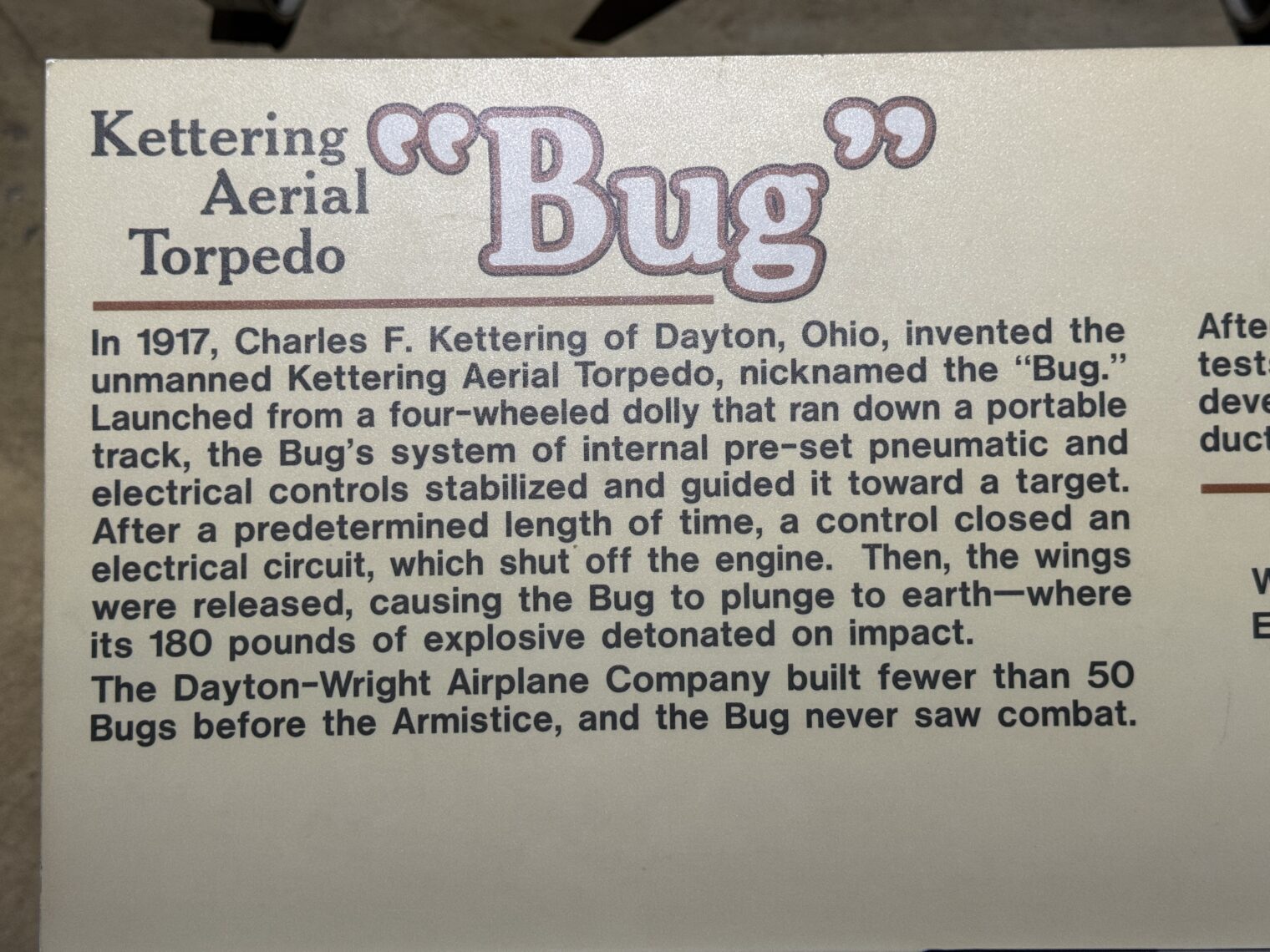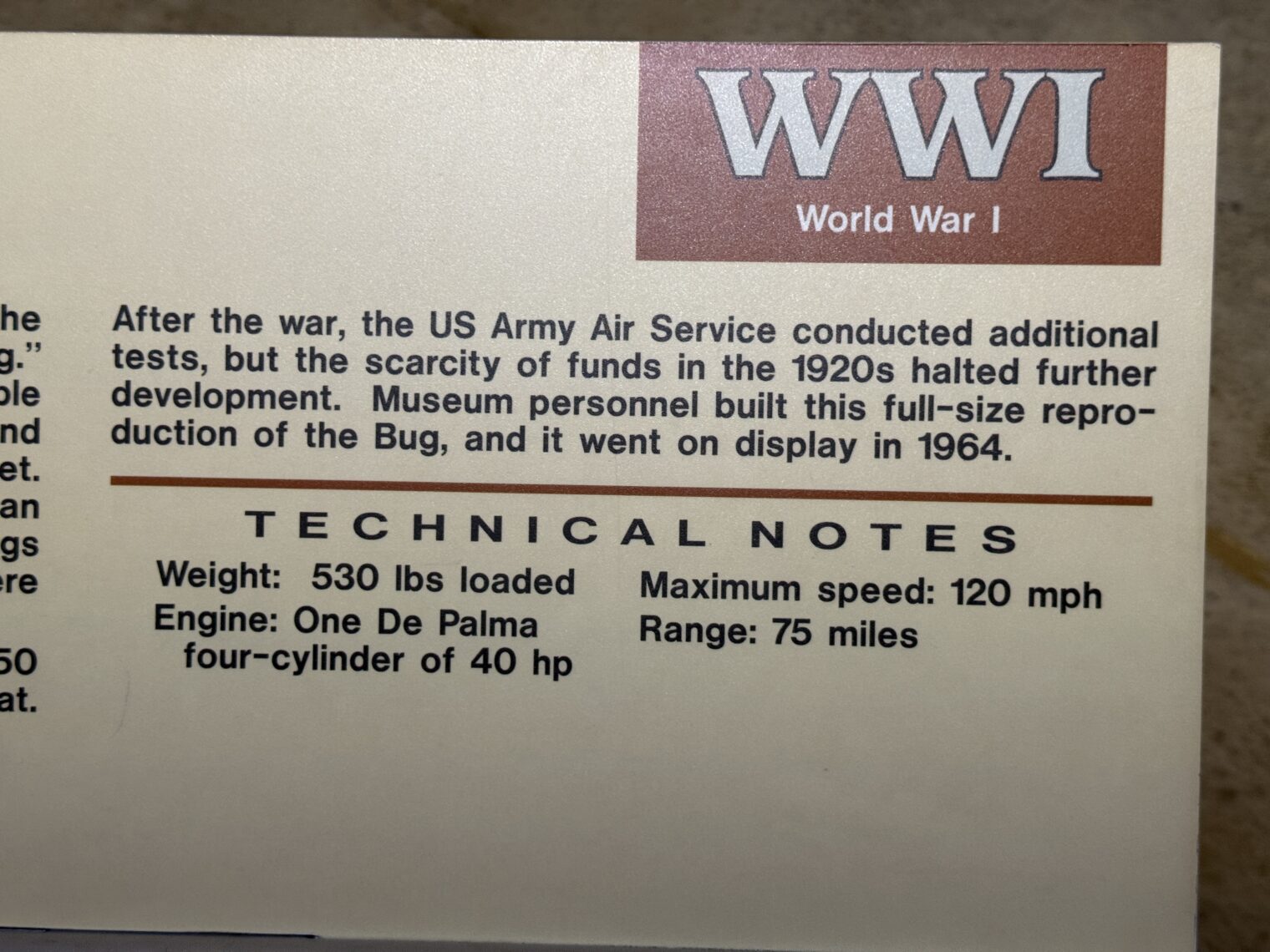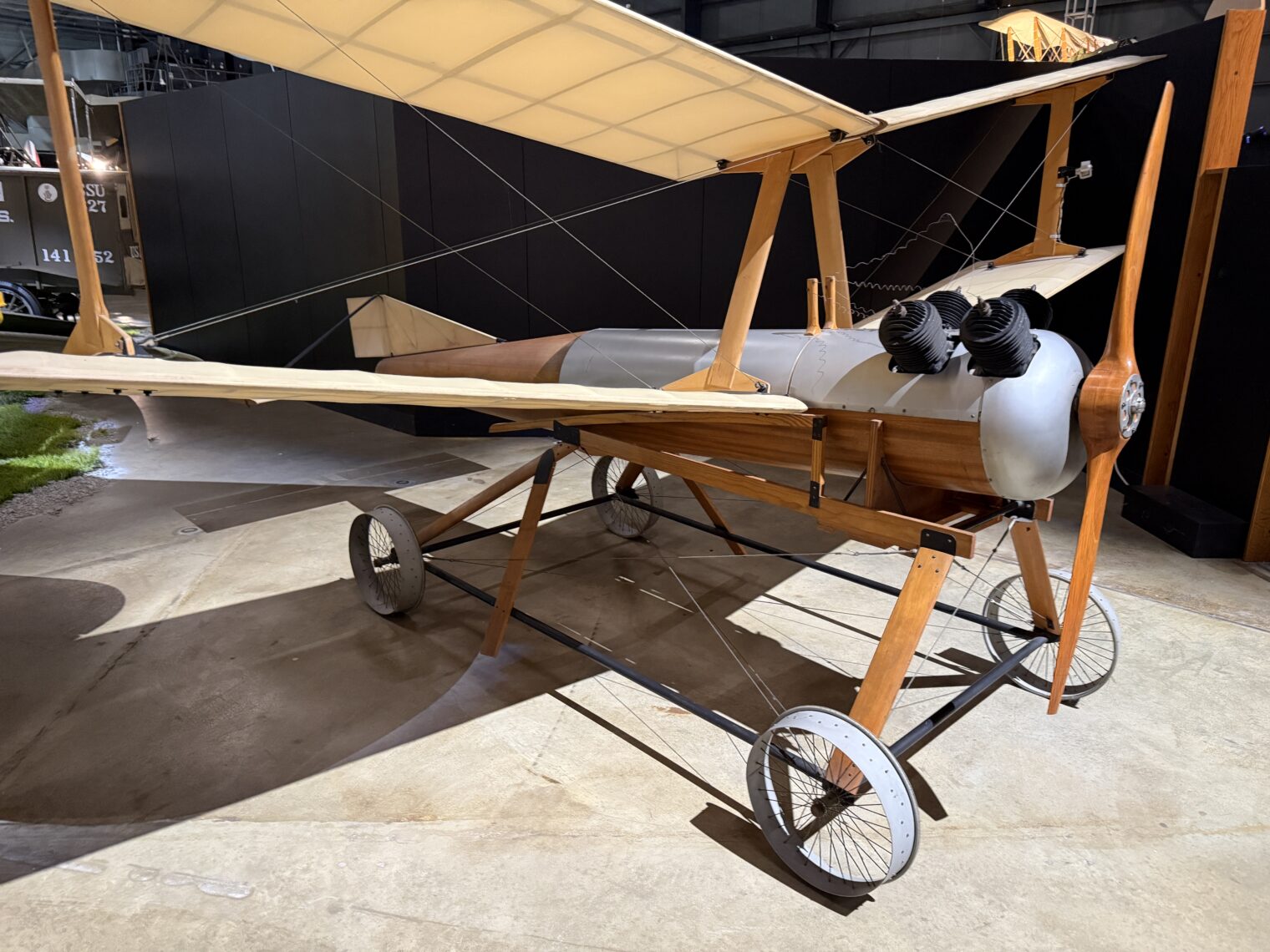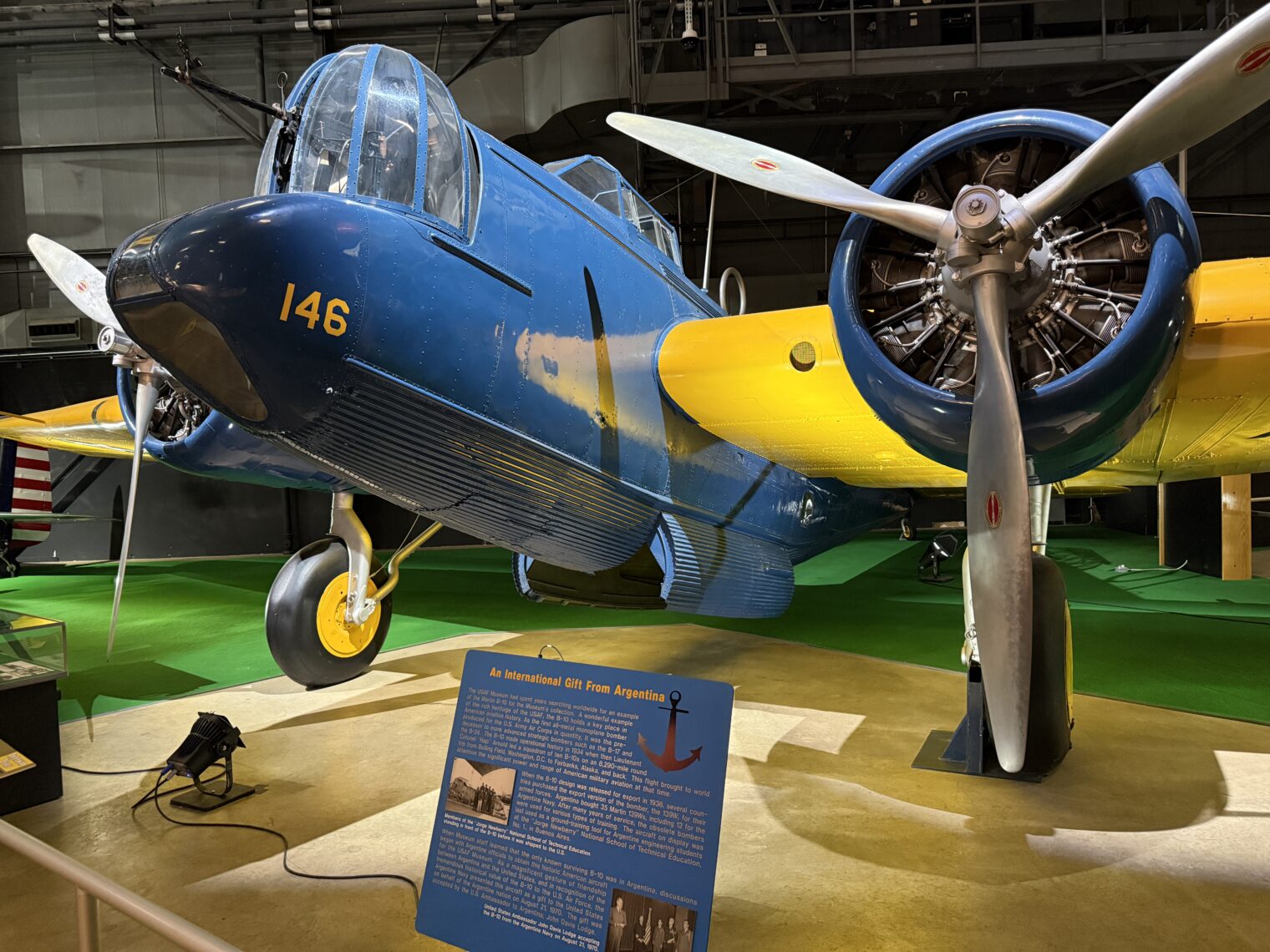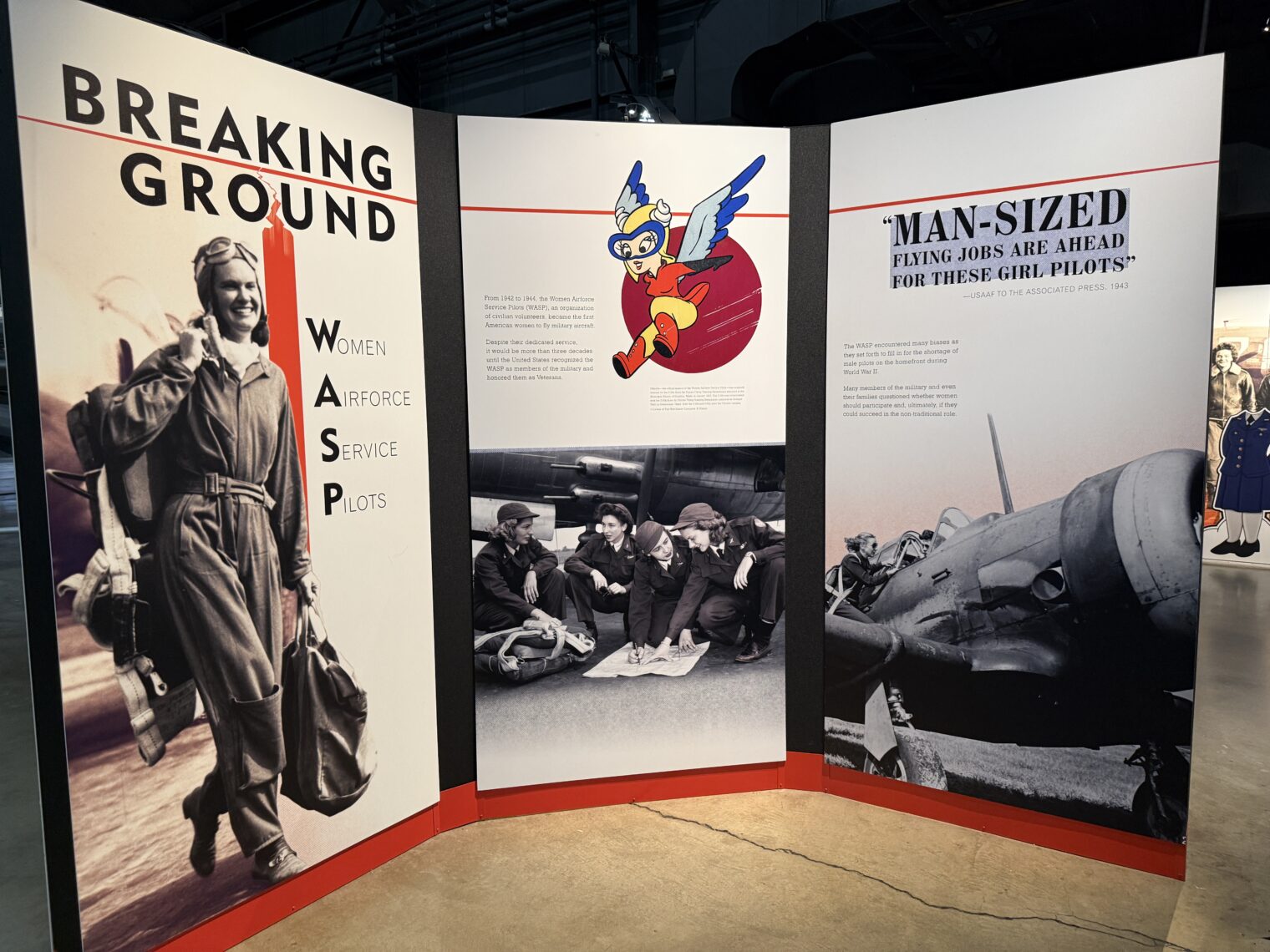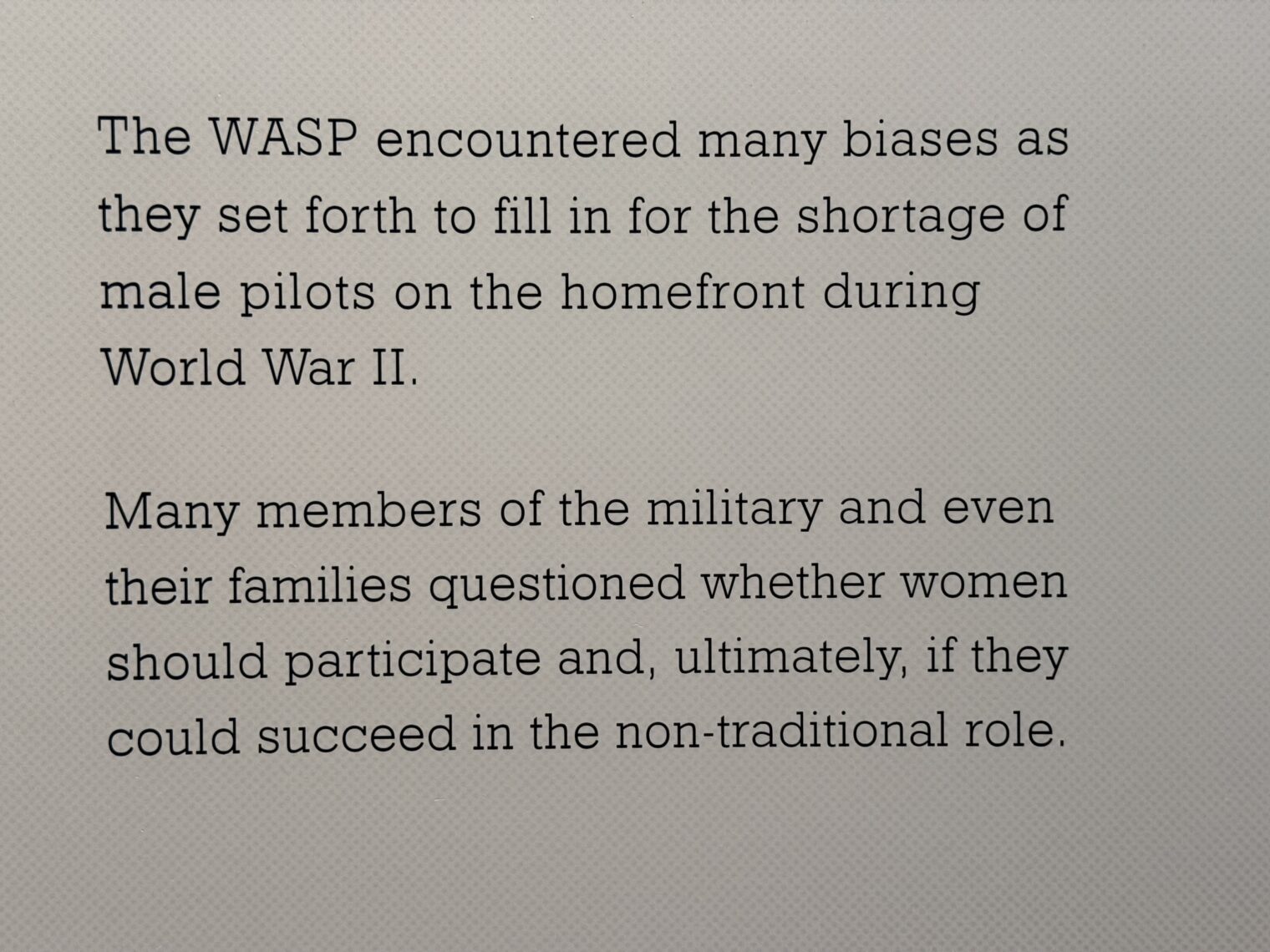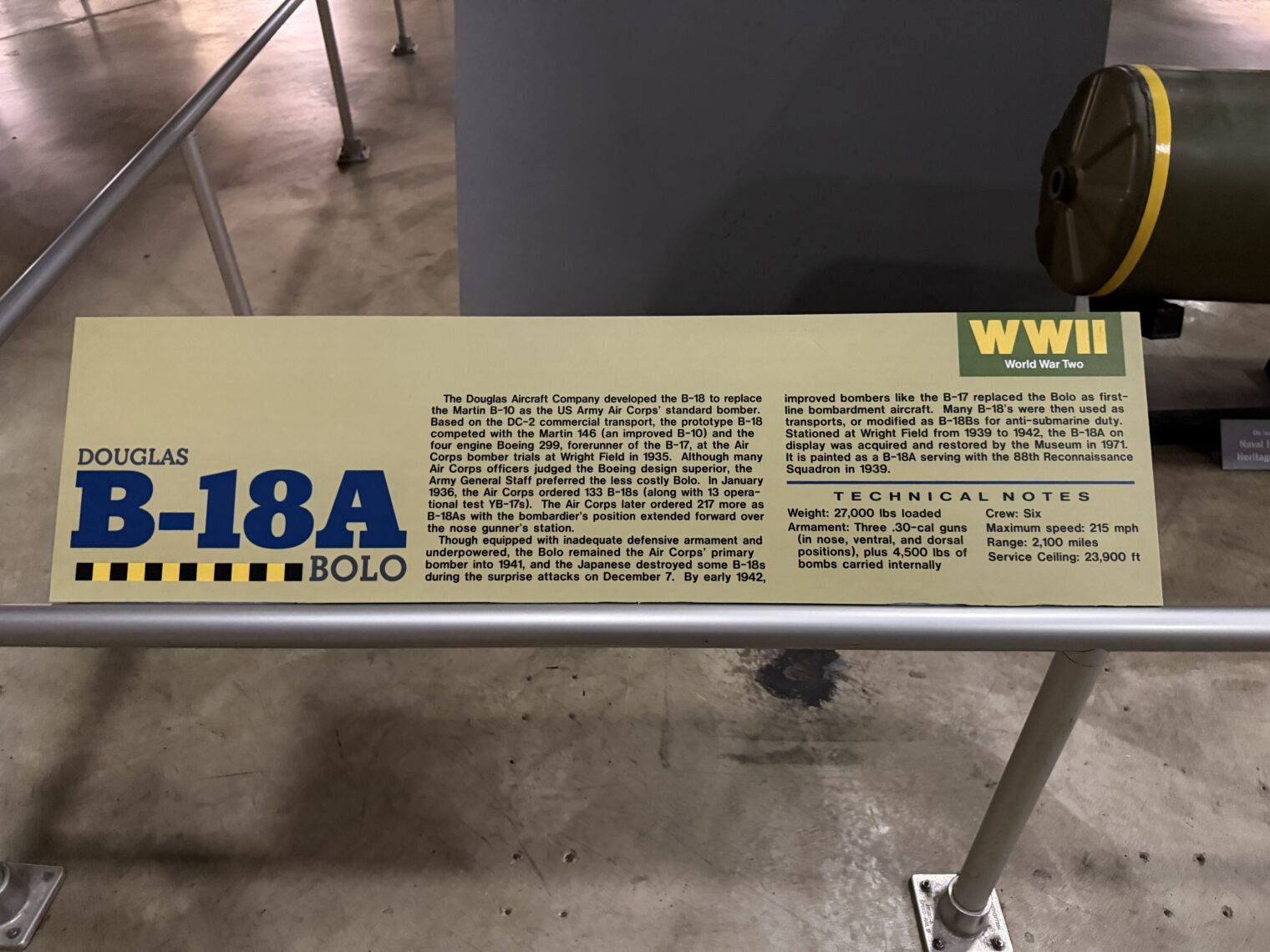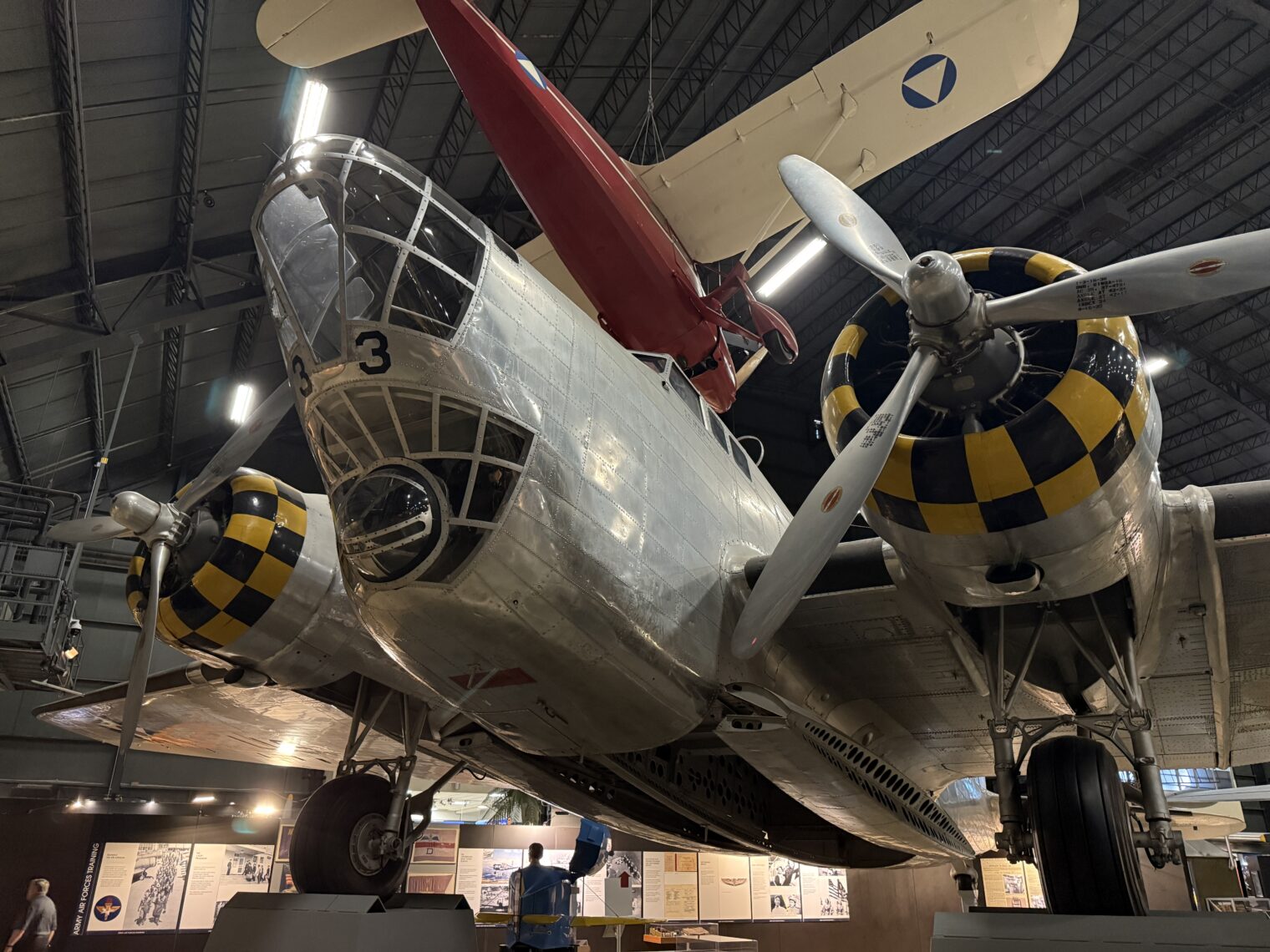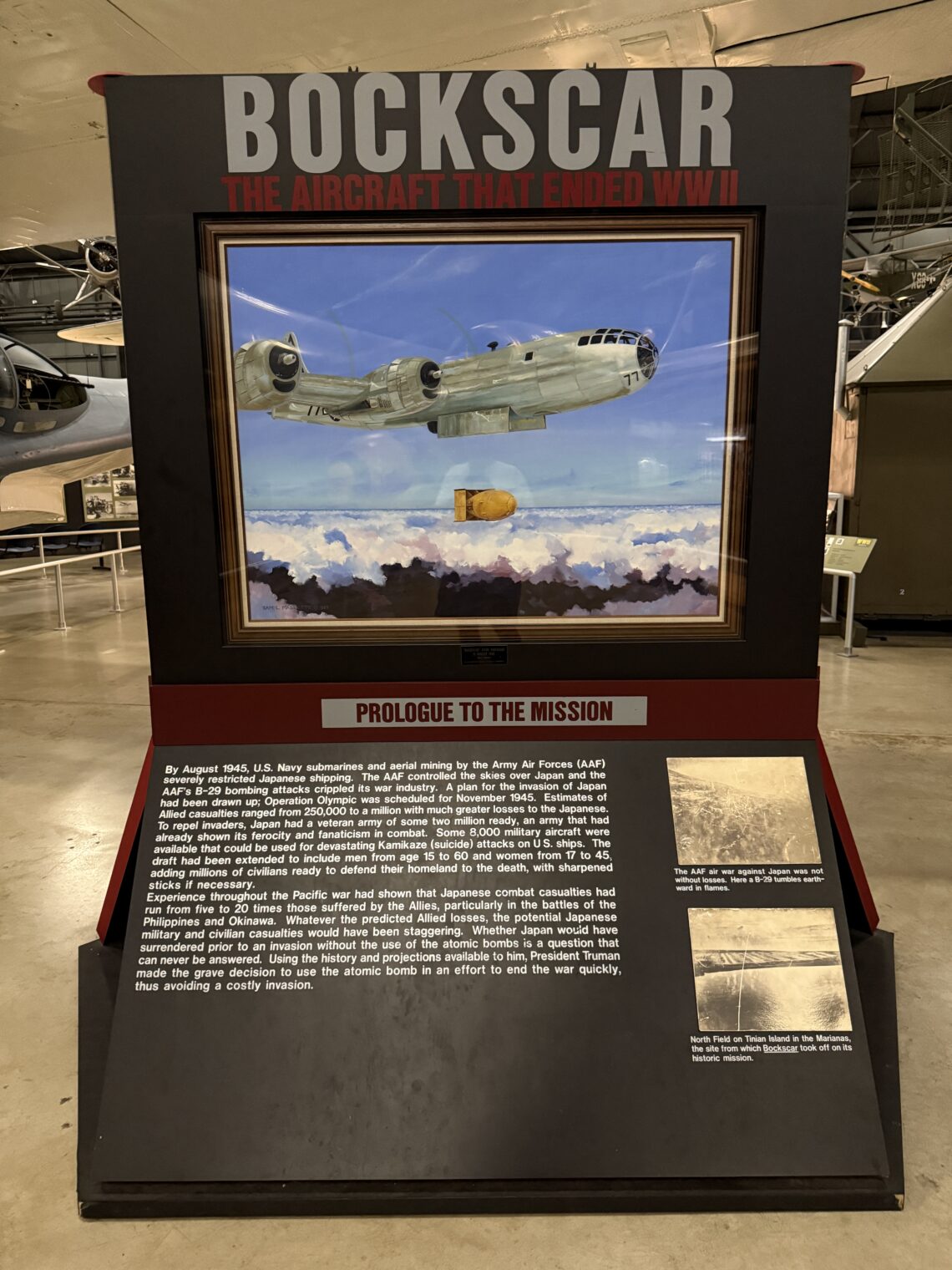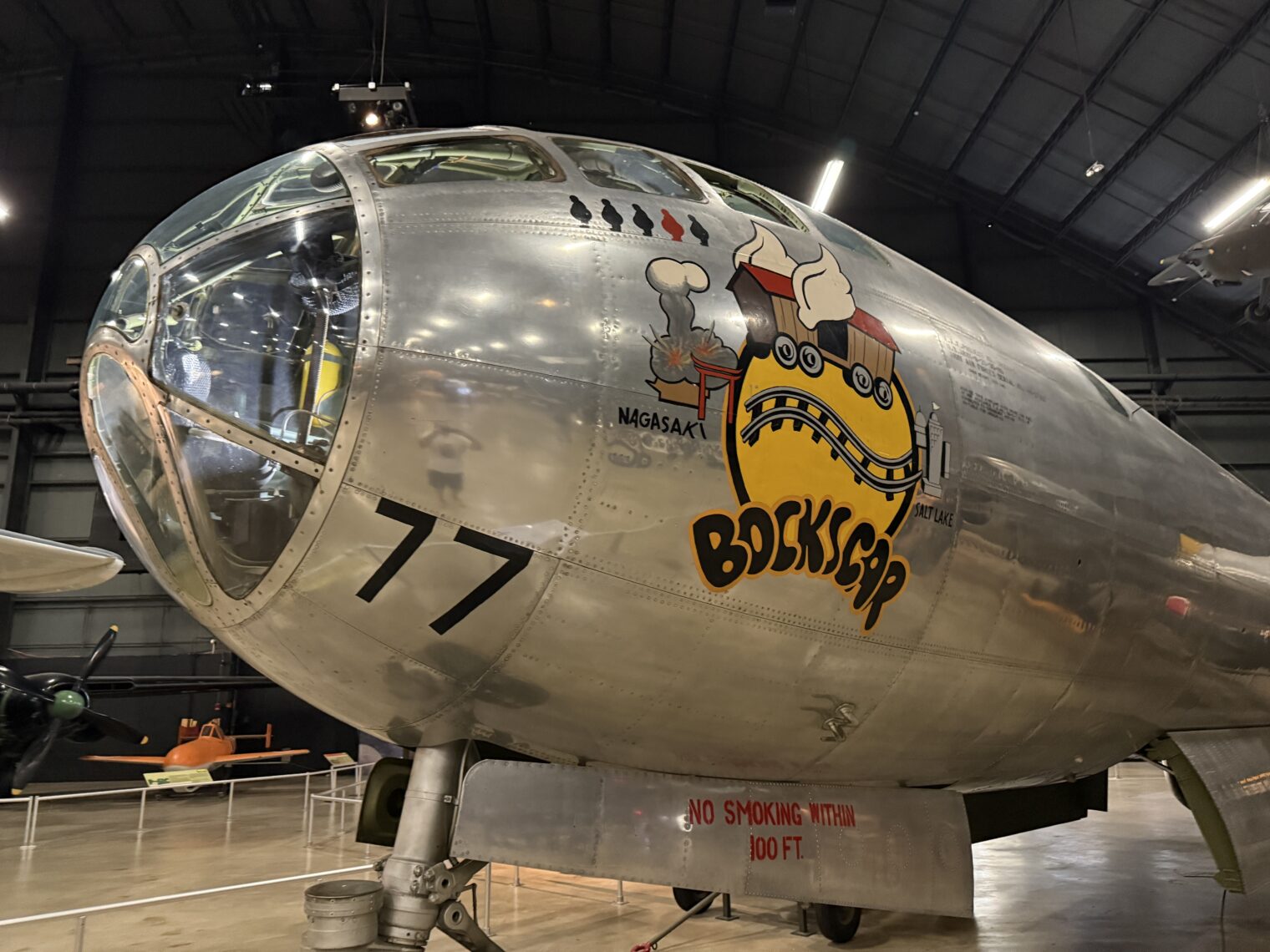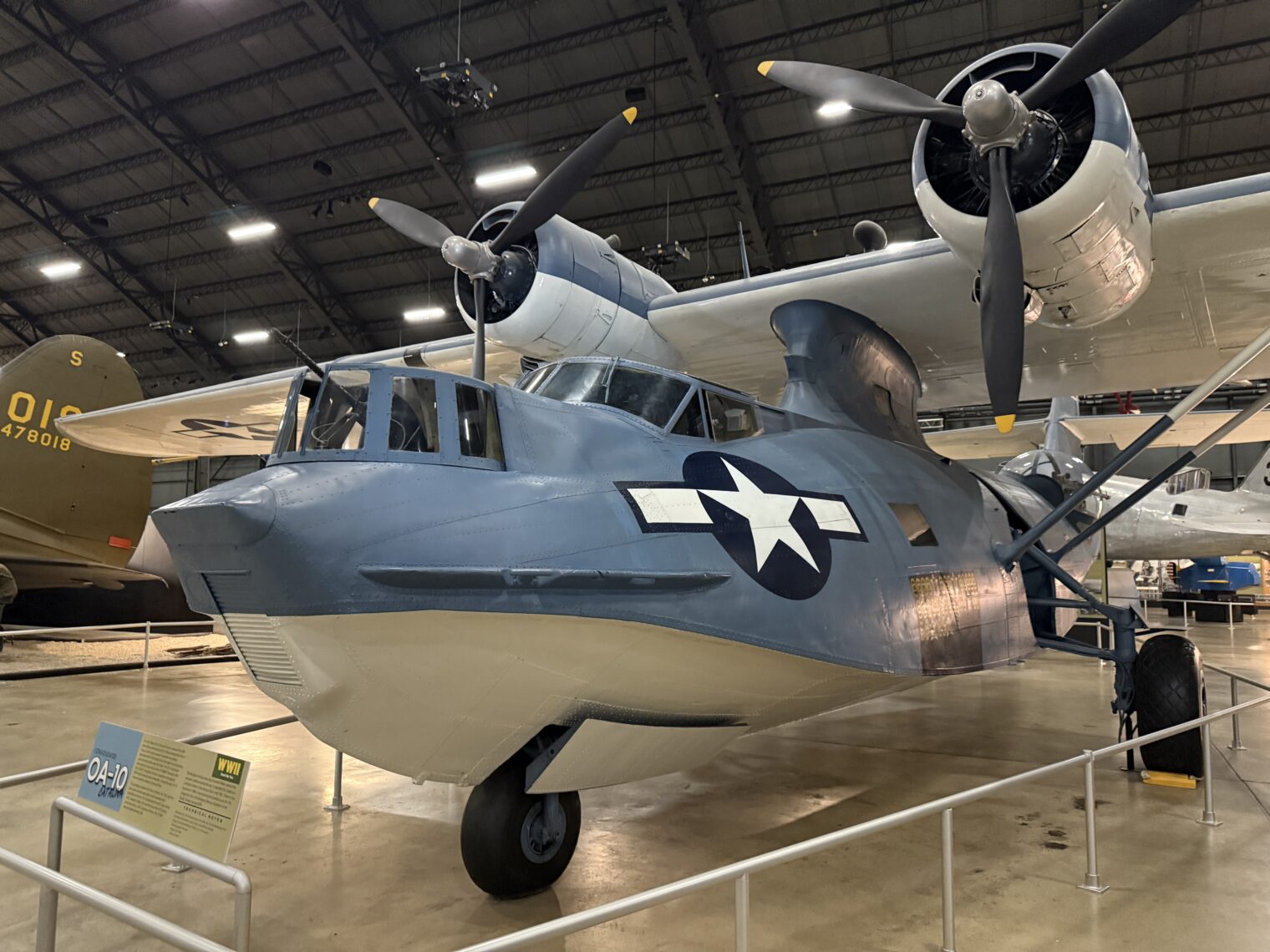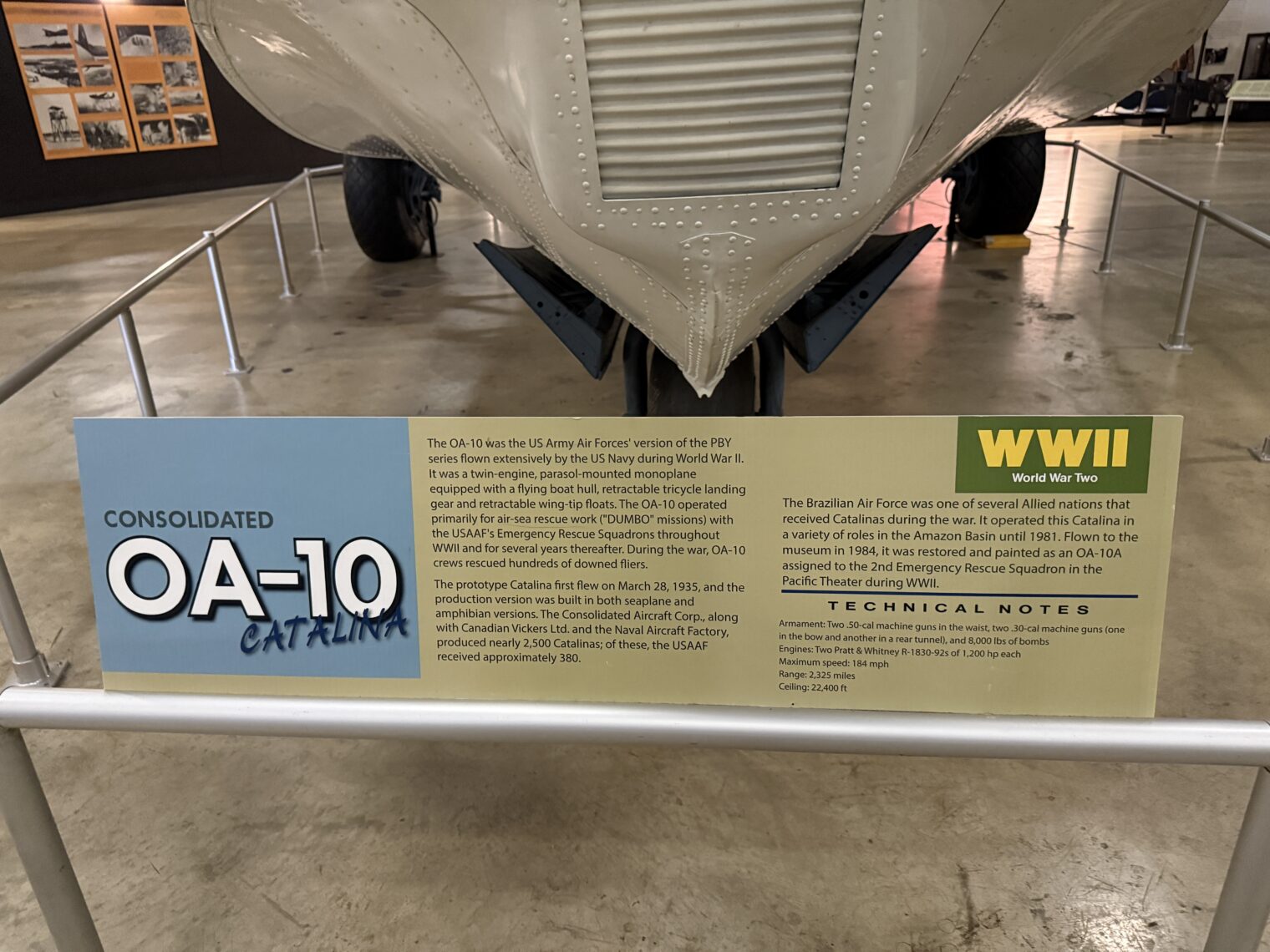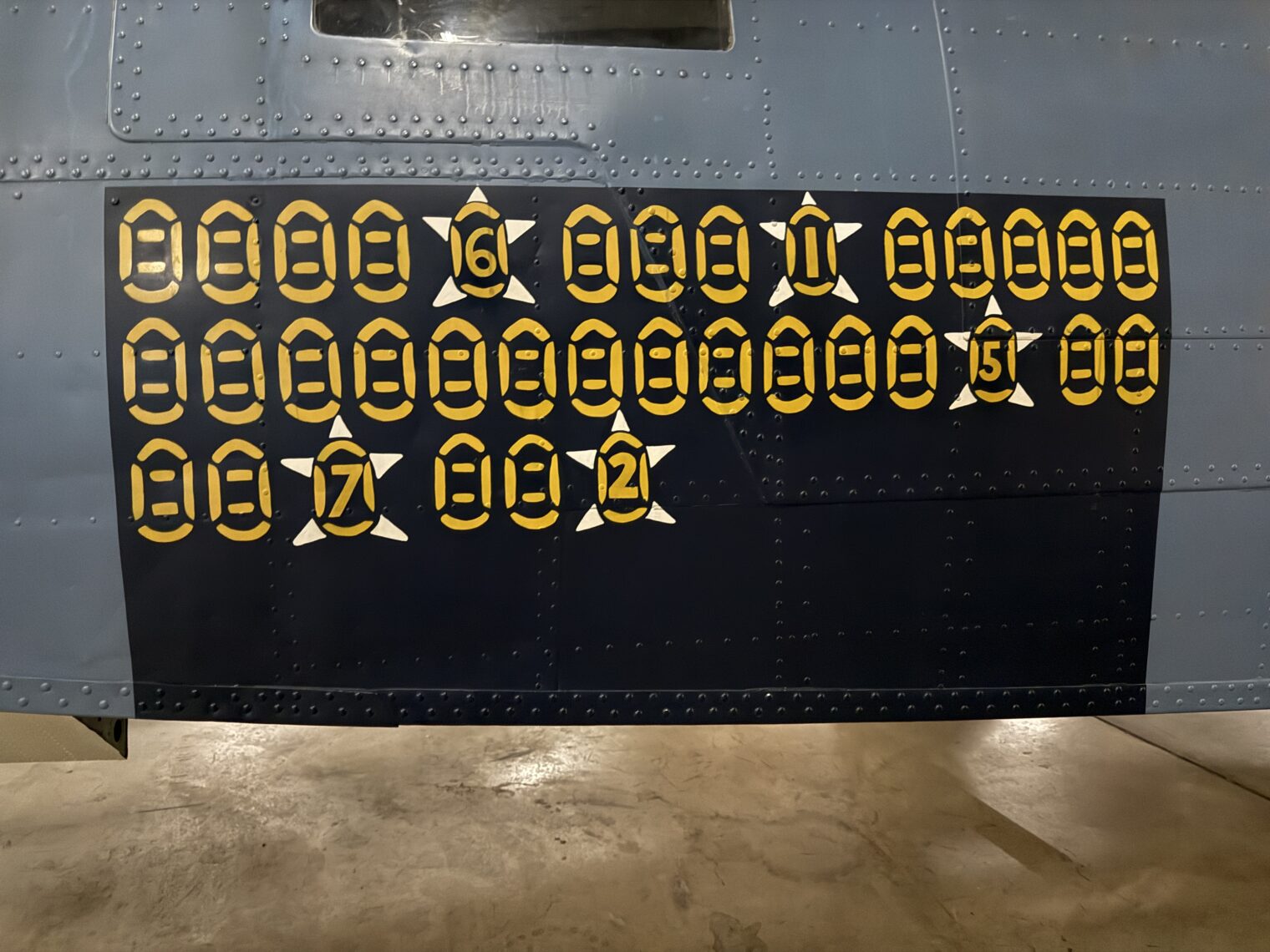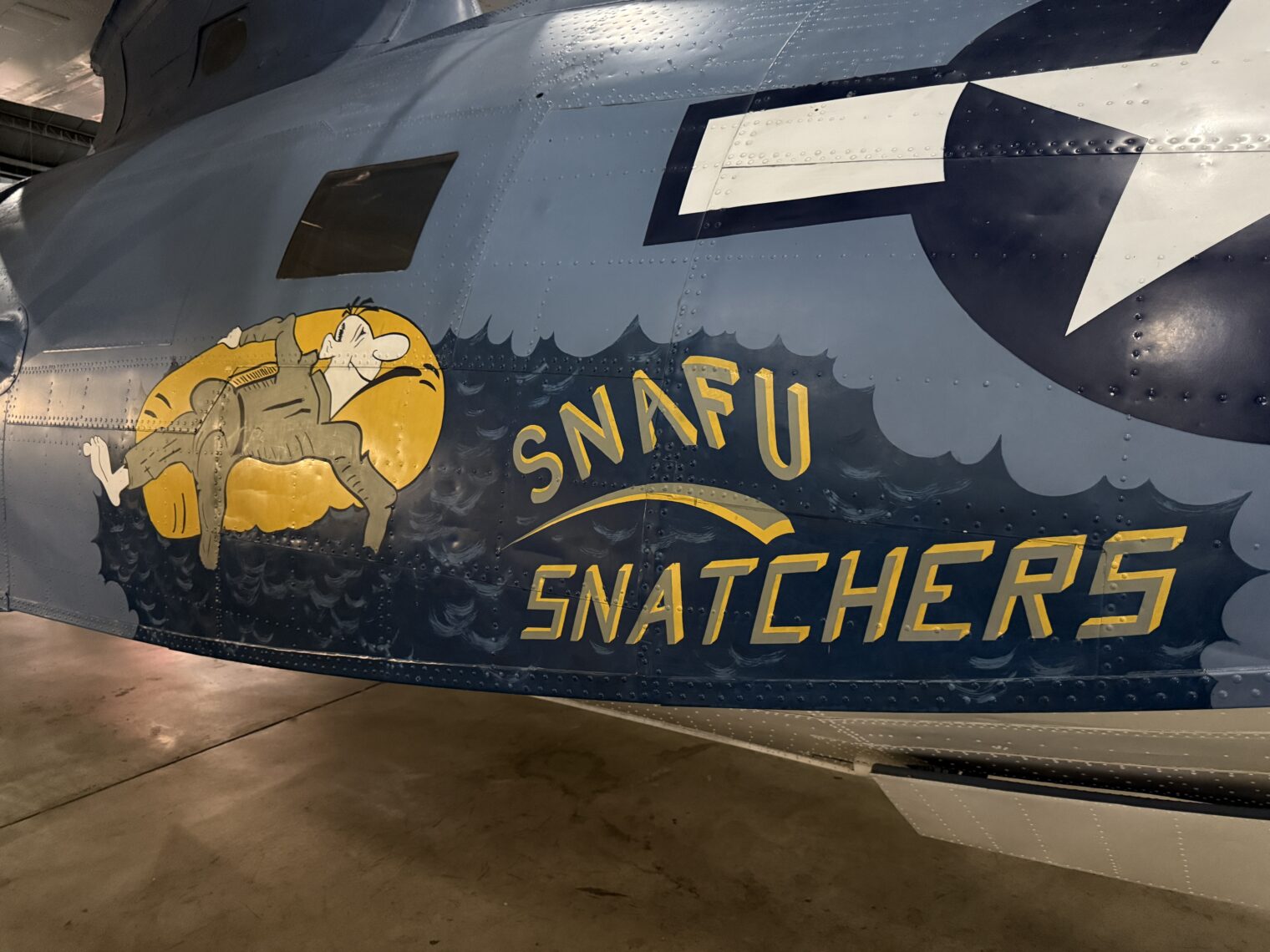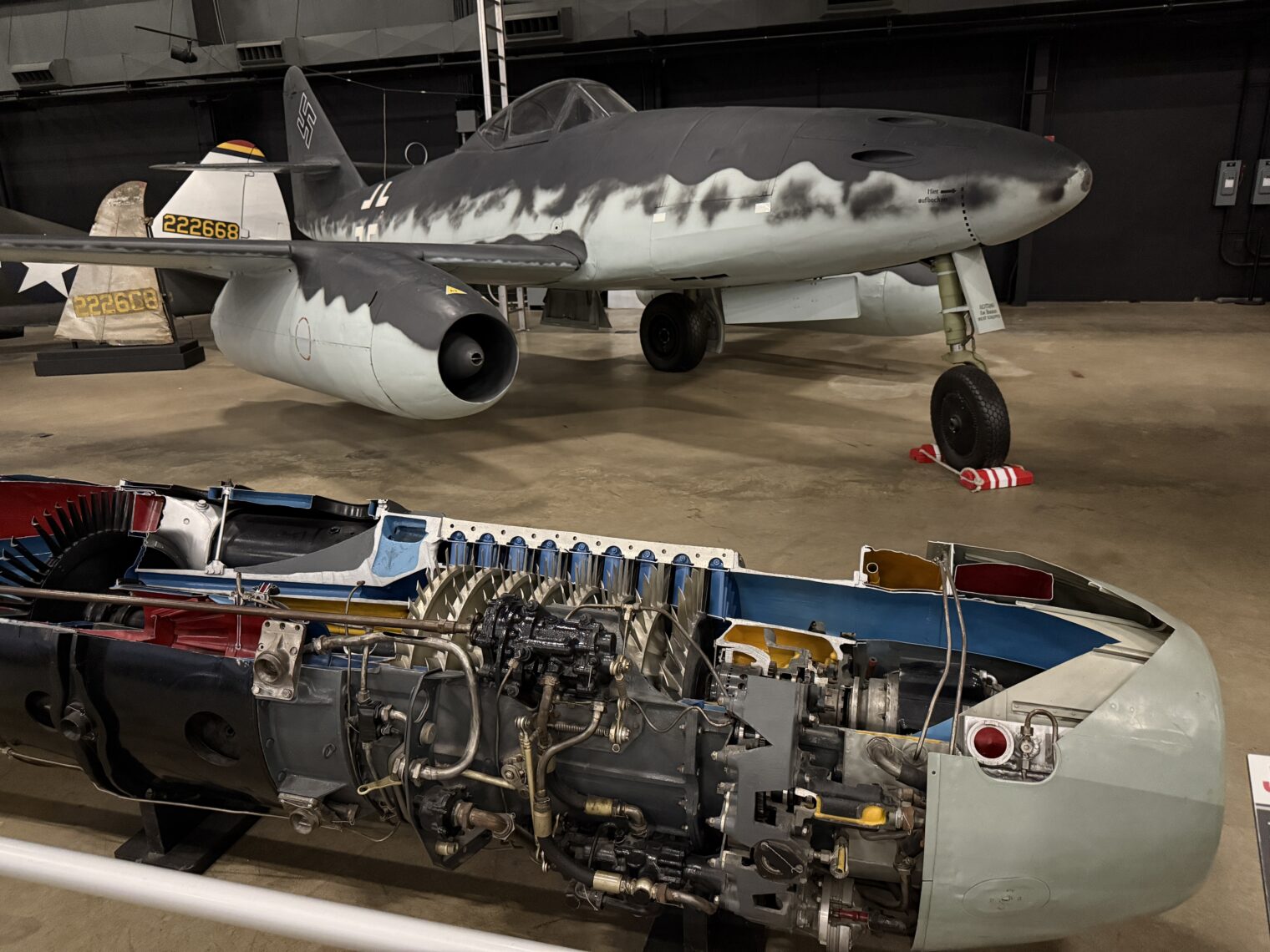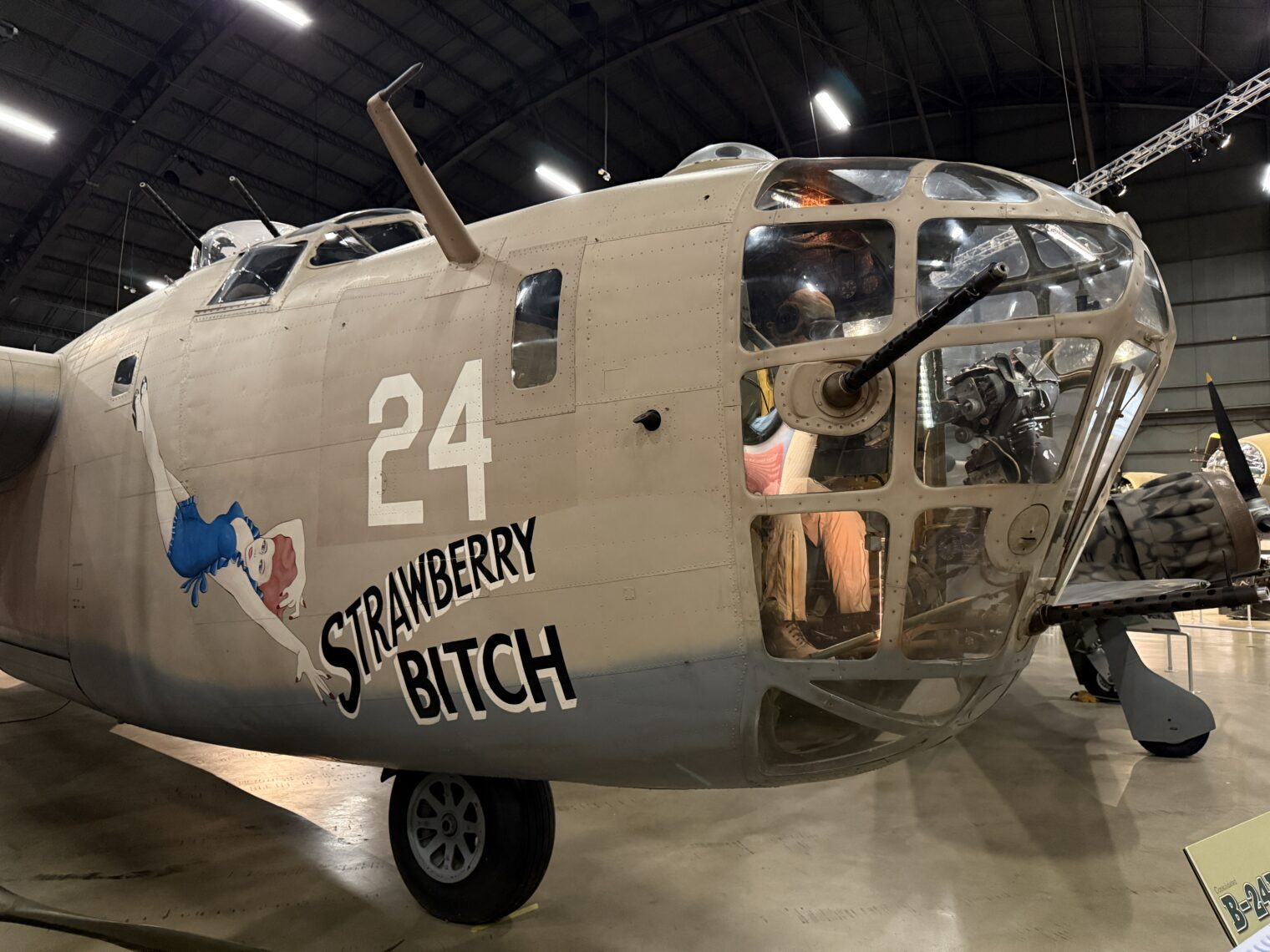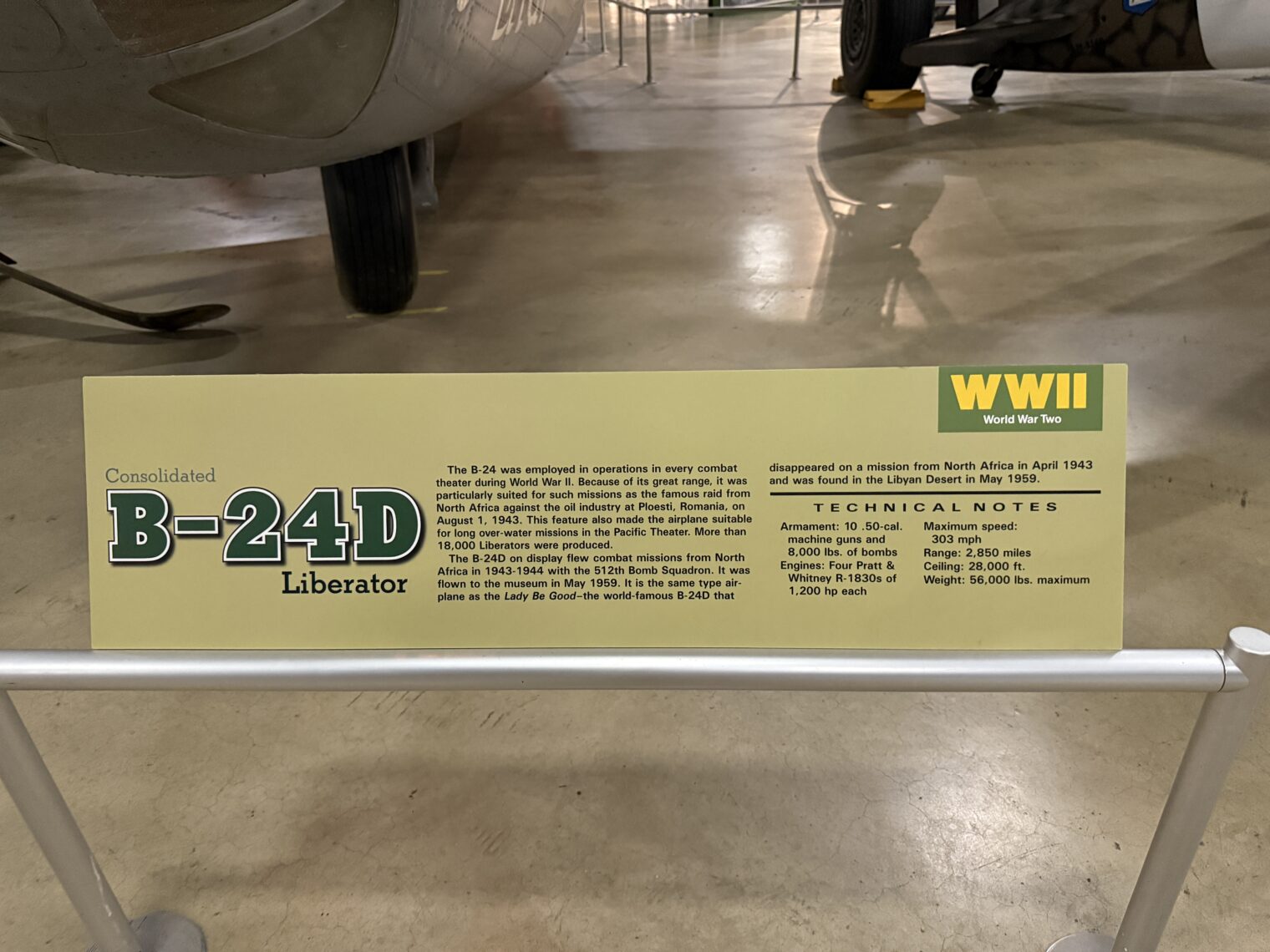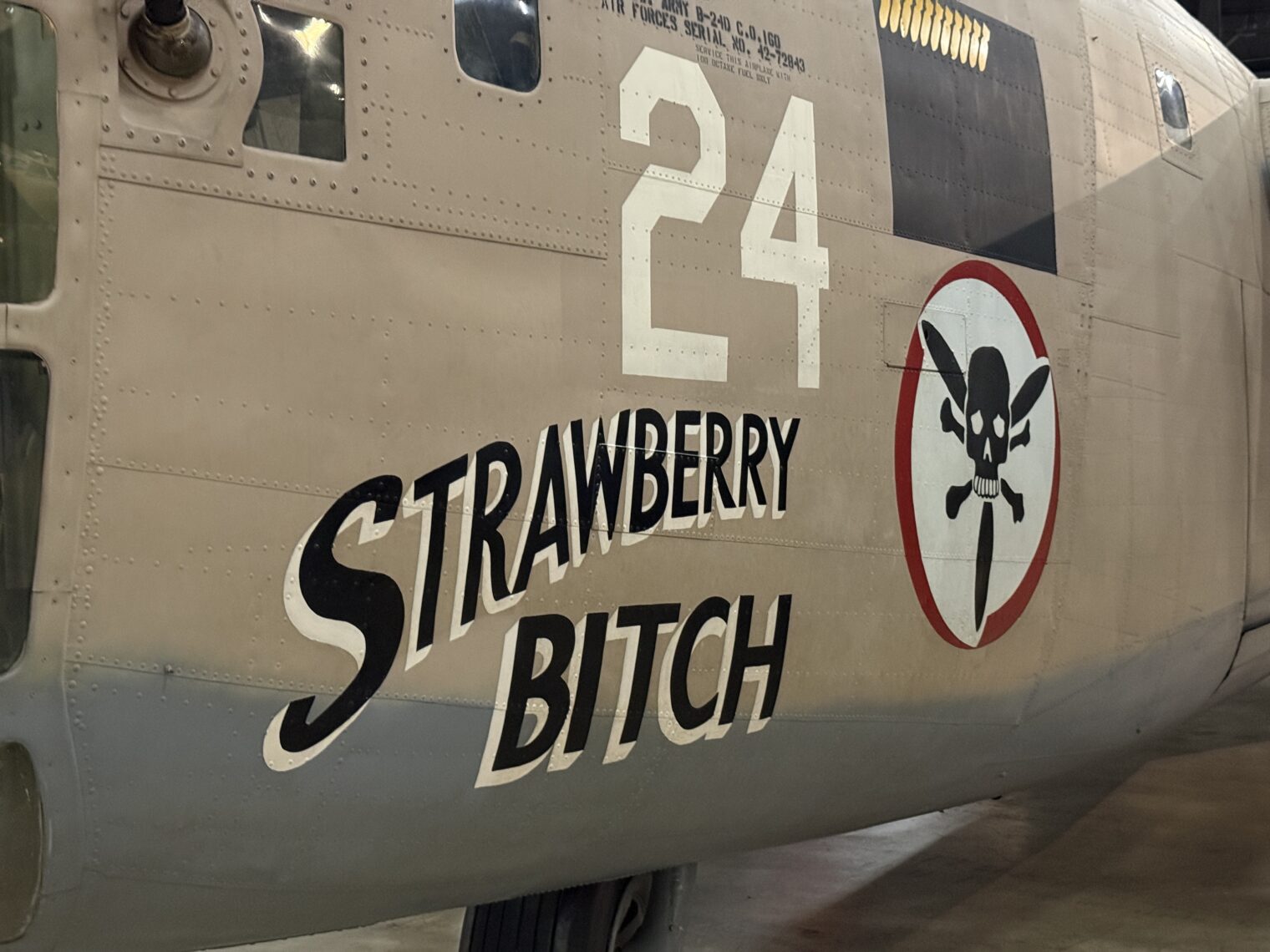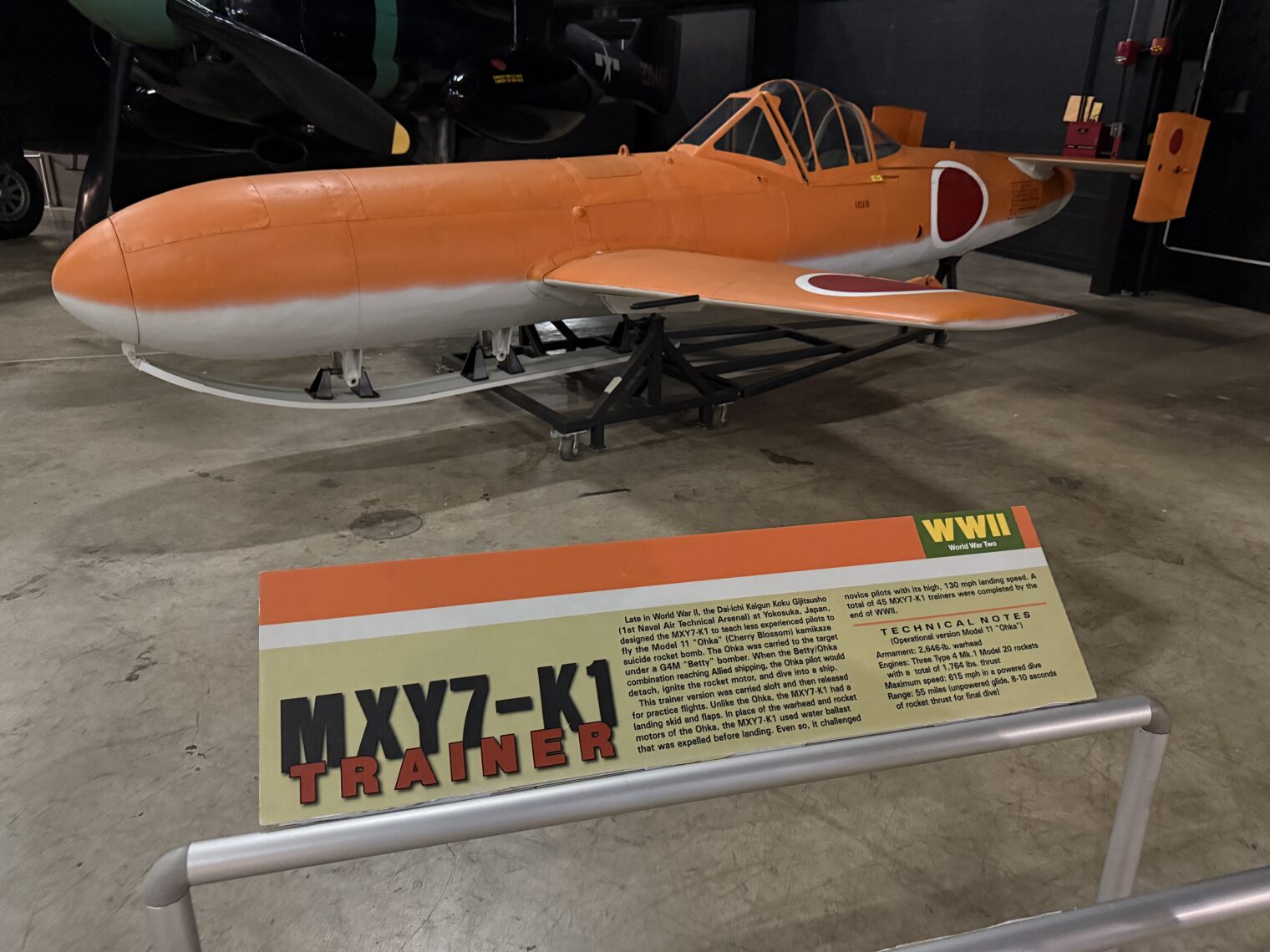Self-driving cars will make piston-powered aviation even more ridiculous?
It’s International Civil Aviation Day (an odd day to choose when you consider what else aviation accomplished on December 7…). Let’s look at whether self-driving cars will make piston-powered aviation even less defensible as a transportation tool.
Last month I embarked on a day trip to Orlando for Free Play Florida. It’s a 2:15 drive from our house, nearly all of which is on roads that GM Super Cruise or Ford BlueCruise could handle as well as, of course, any of Elon Musk’s creations.
Much to my surprise, I was able to do this 150-mile trip via Cirrus SR20 in only a little more time than it would have taken, door-to-door, by car. The Cirrus was more fun, I guess, and saved me from the monotony of staying in a lane on Florida’s Turnpike for two hours (the autopilot handled nearly all of the enroute flying). Let’s look at the cost. Driving:
- 300 miles round-trip at IRS rate of 70 cents/mile = $210 (and that’s the marginal cost for someone who already owns a car; day trips aren’t for the working class anymore, thanks to the miracle of coronapanic shutdowns that made cars cost more than $50,000 and the open borders that keep their wages low)
Flying:
- I drove 50 miles round trip to the airport so that’s $35 at IRS rates
- Two hours of Hobbs time in the old Cirrus round-trip at flight school rates (which include fuel) is about $1,000.
- Three $20 tips, one at each FBO encounter: $60 (not required, but I enjoy saying the no-longer-ironic “This will pay for half of your next Starbucks” and, also, I like to reward people who go to work every day in what has become a work-optional society)
- Rental car in Kissimmee (KISM) plus gas = $130. (Would presumably have been cheaper at MCO, but the general aviation fees there are higher.)
Piston GA is thus slower and about 6X the cost ($1,225 total). It was more fun because I interacted with some nice people at both Stuart and Kissimmee (other pilots, line guys, front deskers, the Go Rentals gal). Tesla FSD users say that they find the fatigue level from monitoring the self-driving system is only about one third of what is when actually driving. So the trip could have been done via FSD at the same fatigue level as a 50-mile-each-way excursion. Also, most Americans love to consume alcohol. More or less everyone at the Columbia restaurant in Celebration (Disney’s New Urbanism community) was drinking sangria and I could have indulged in a glass if I hadn’t needed to fly back later that evening (Grok says that I could have three drinks before getting close to the legal limit, but I’m a lightweight so my practical limit is one drink).
(Maybe alcohol will ultimately be banned in Celebration, though? In a 15-minute walk around the lake I observed at least three burqa-clad Muslims and I don’t know why they’d want their kids to see women in halter tops drinking margaritas at outdoor tables. There are plenty of dry towns in Maskachusetts. It would be tougher to implement this in Florida according to Gemini because FL Section 562.45(2)(c) prevents a locality from stepping on the state’s regulatory toes.)
Separately, I want to give a small shout-out to Signature (formerly “The Evil Empire”) for mostly keeping piston GA alive by waiving nearly all fees with the purchase of a minimal amount of 100LL at nearly all of its locations (not KTEB!). It’s an unwelcome economic event, I’m sure, when a piston aircraft shows up but Signature does a good job of hiding its disappointment.
Full post, including comments
